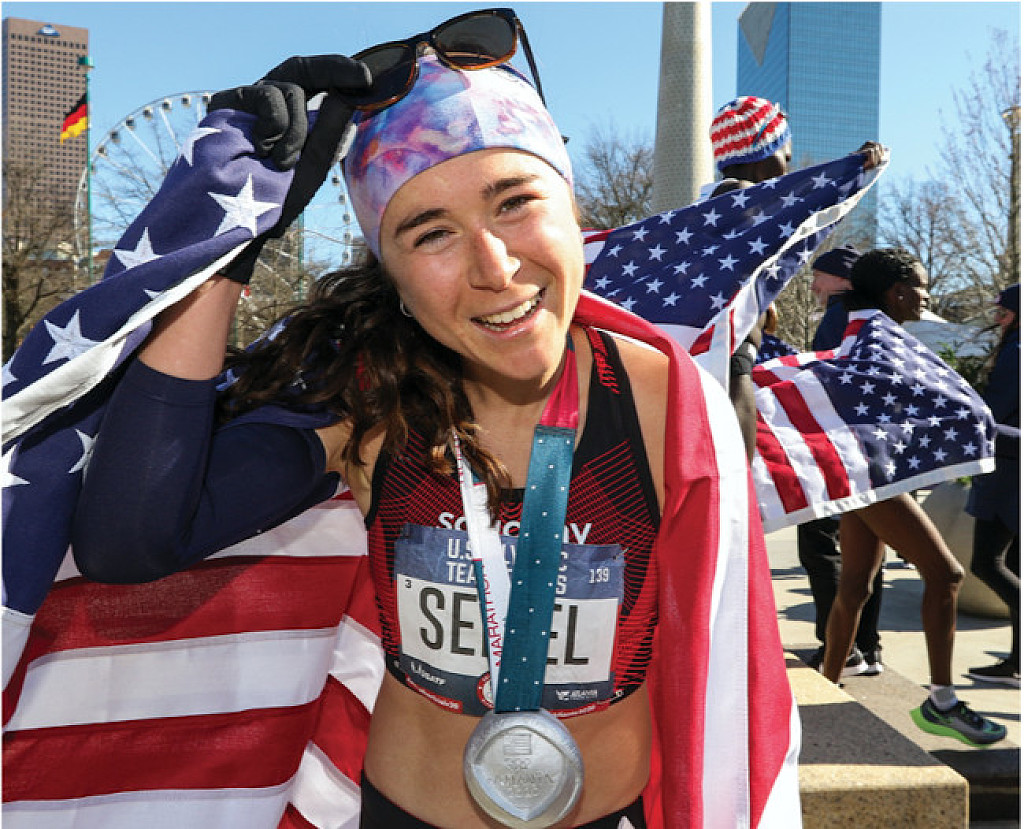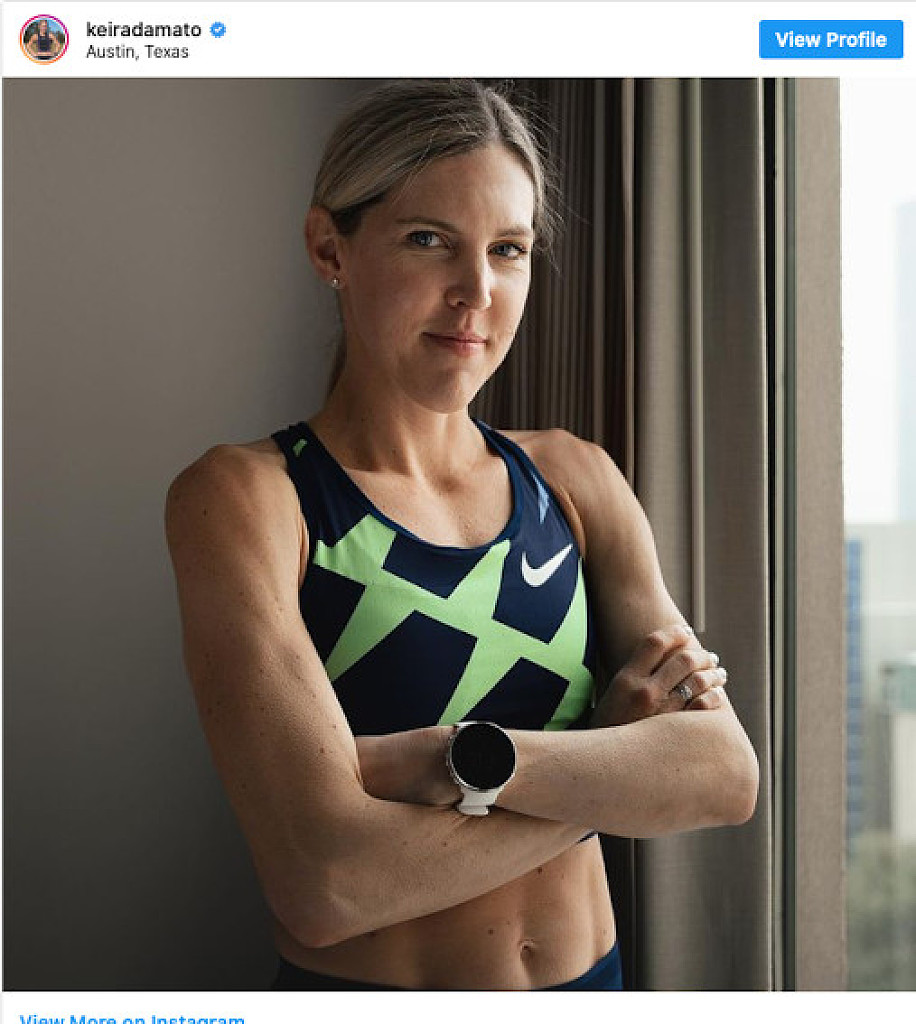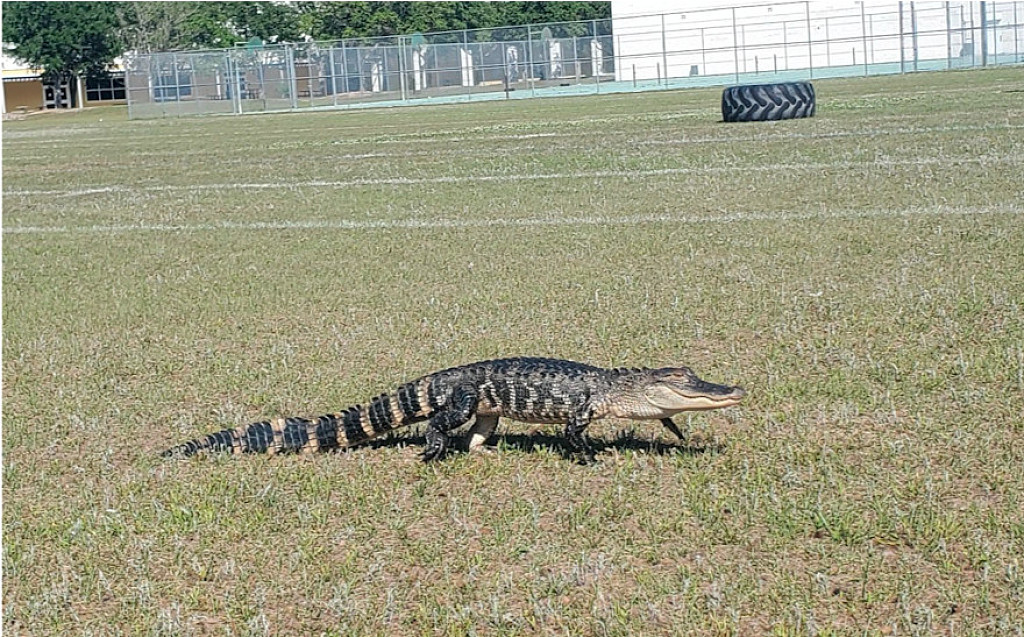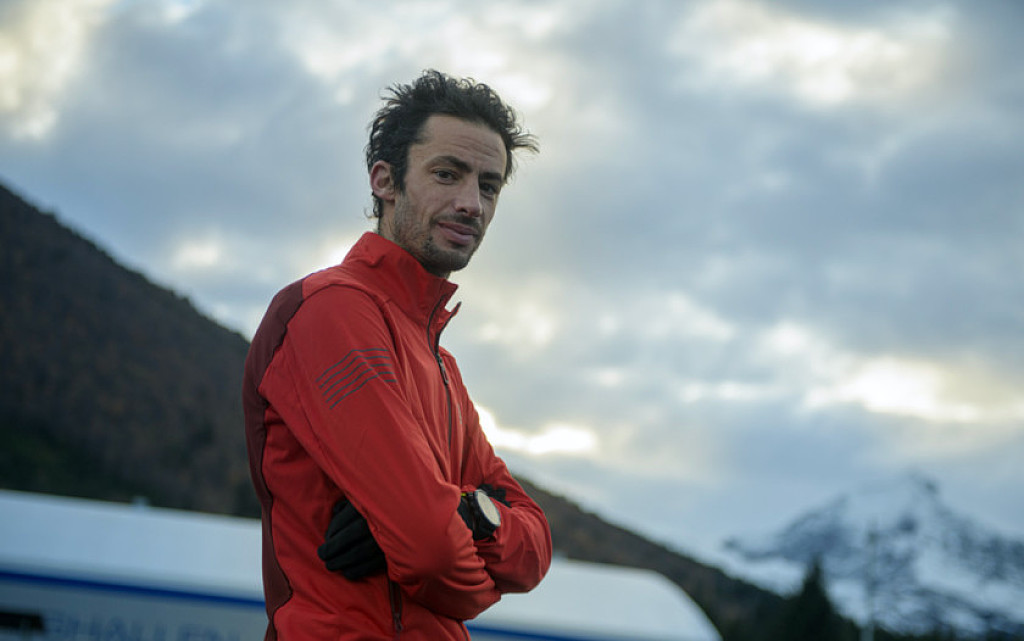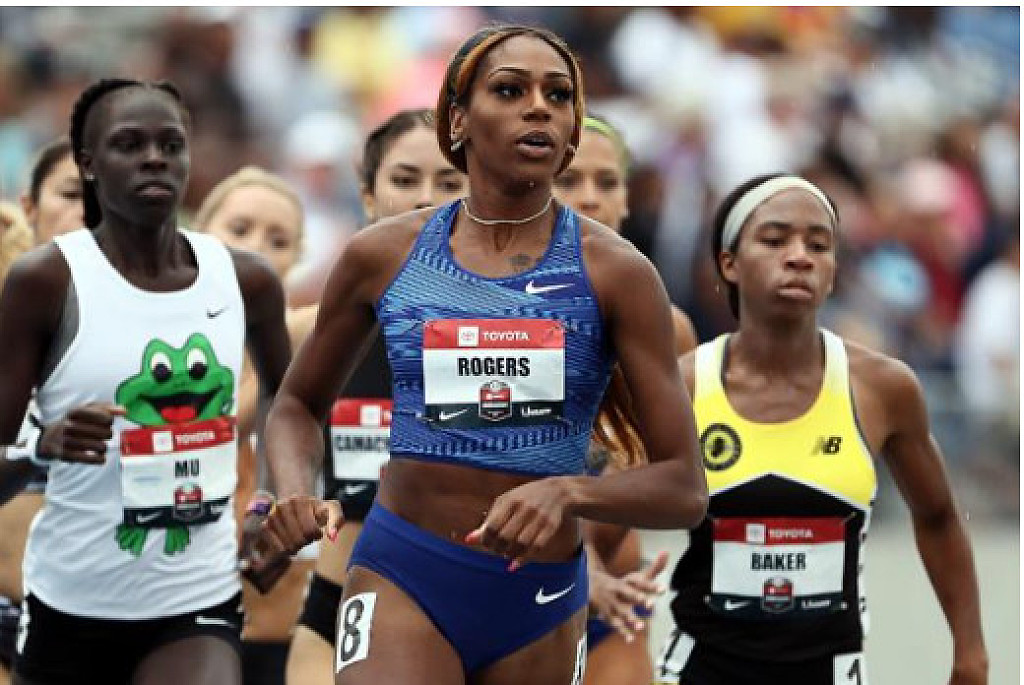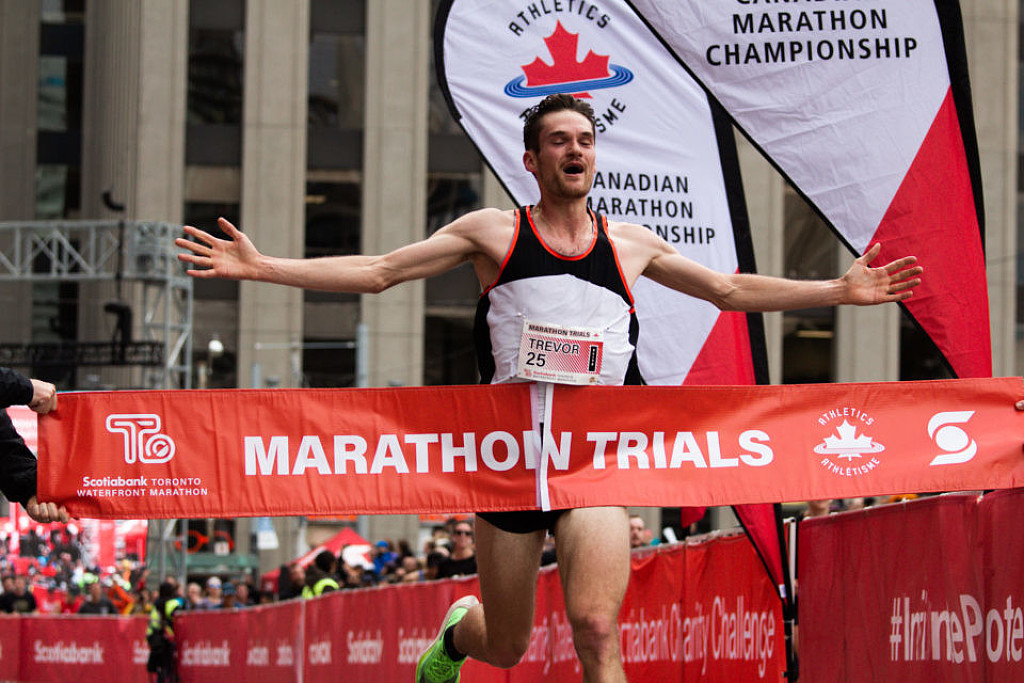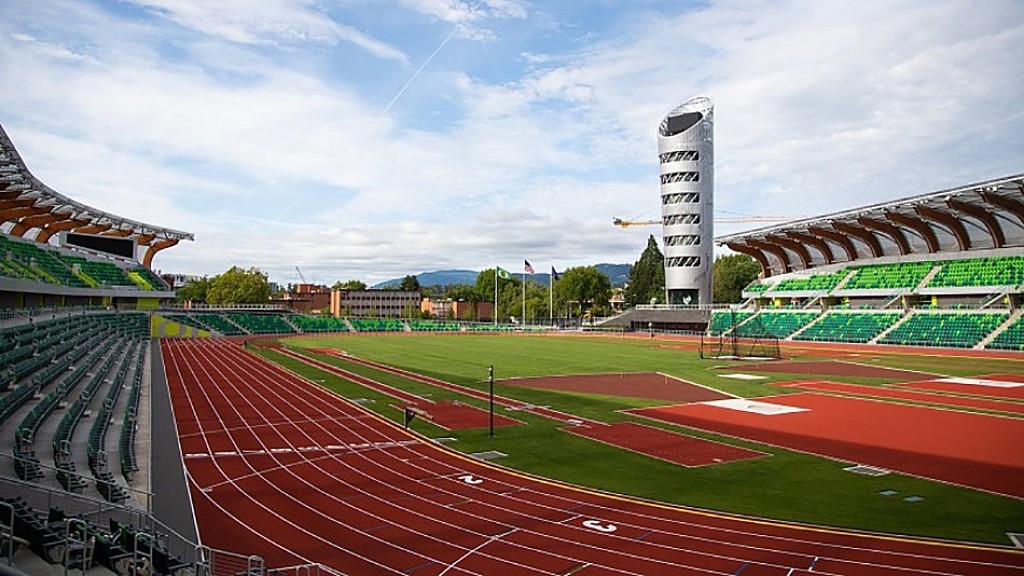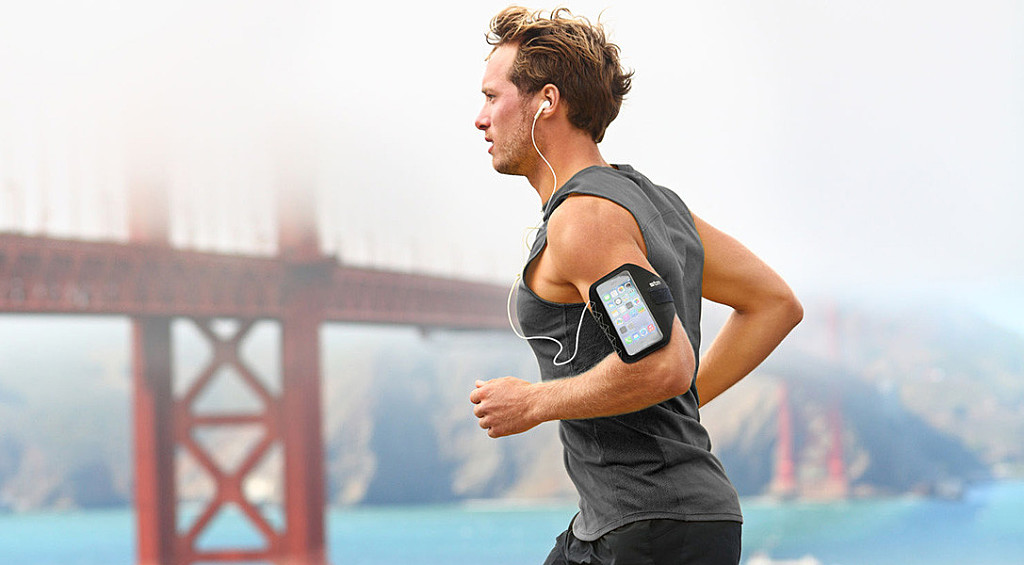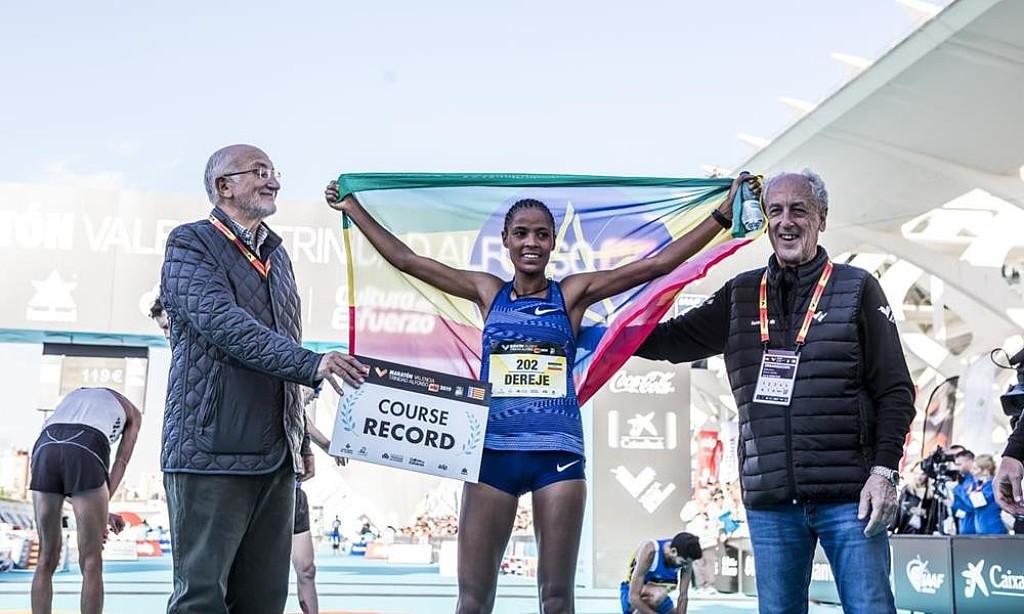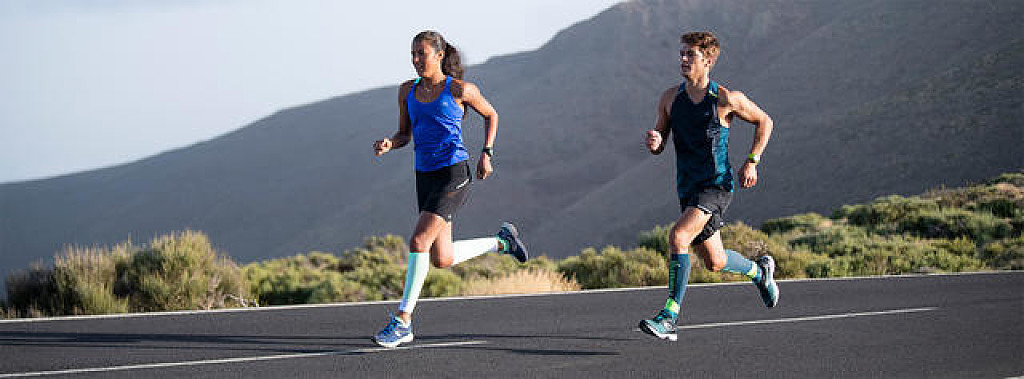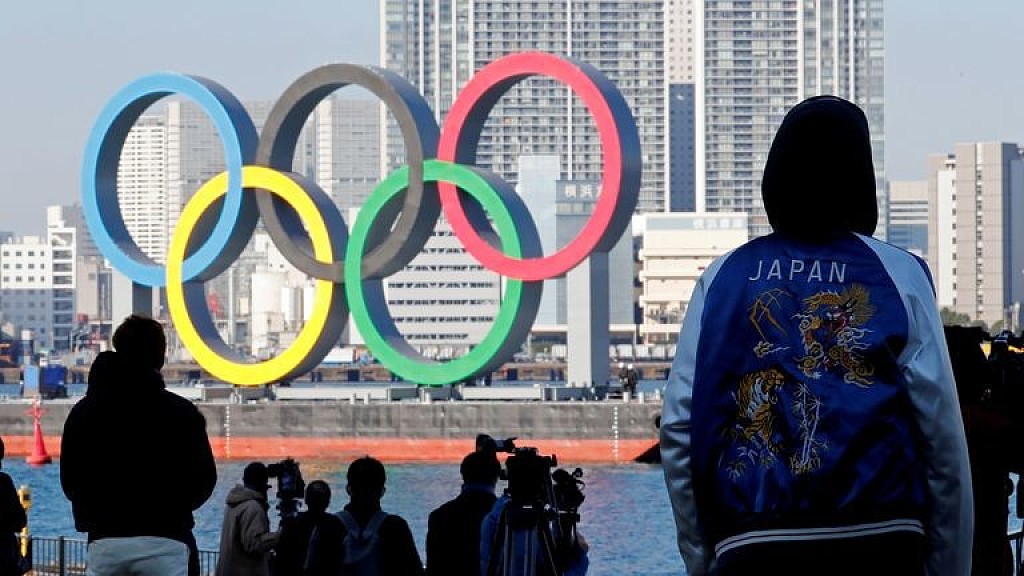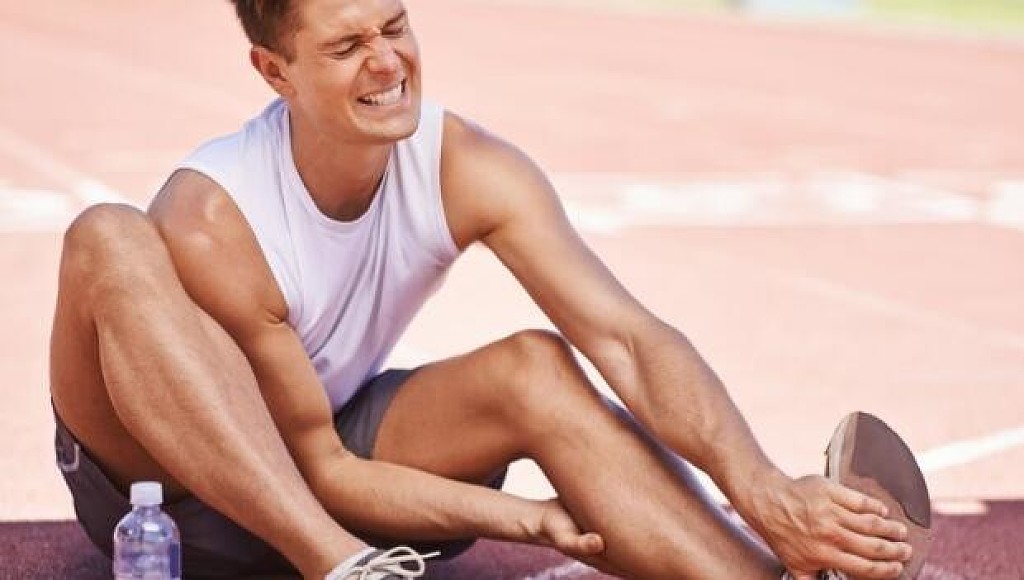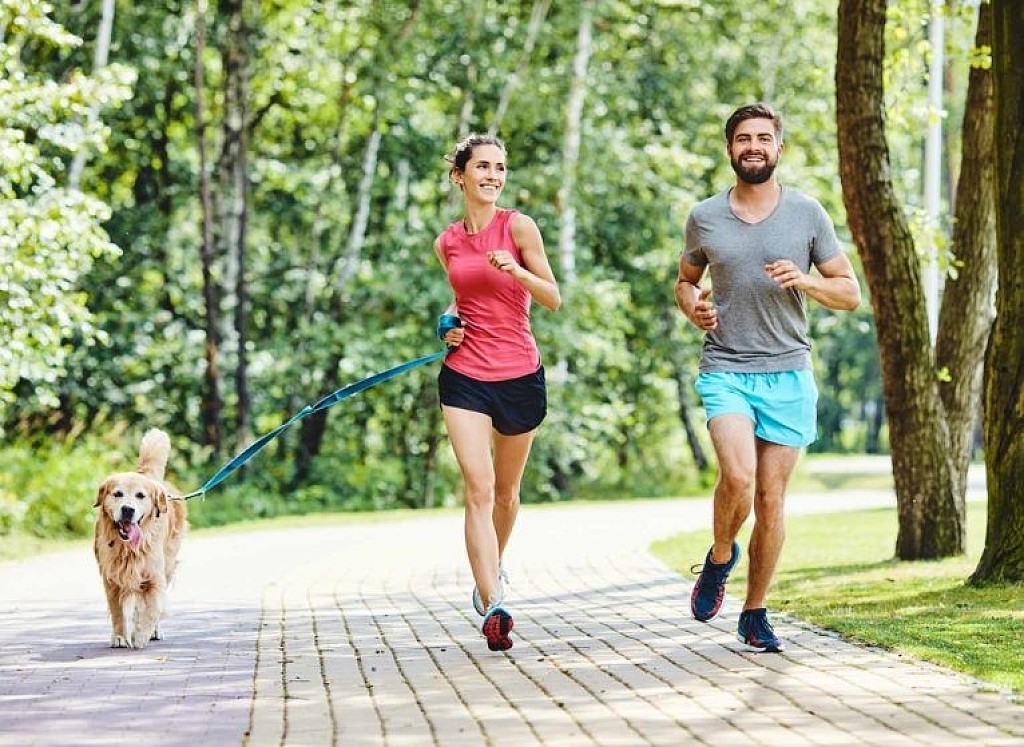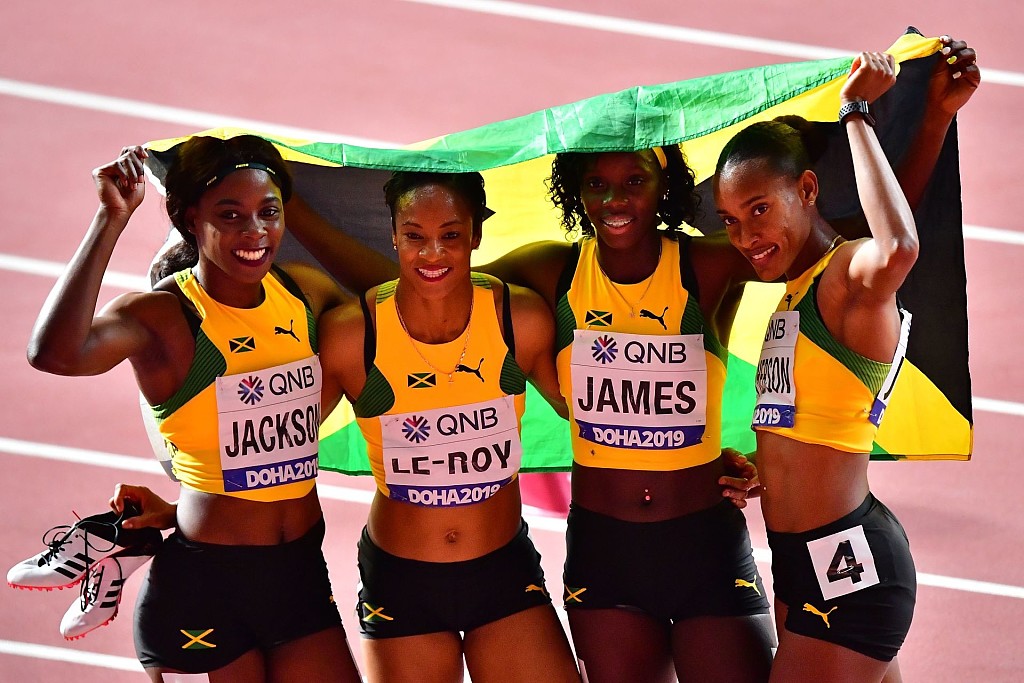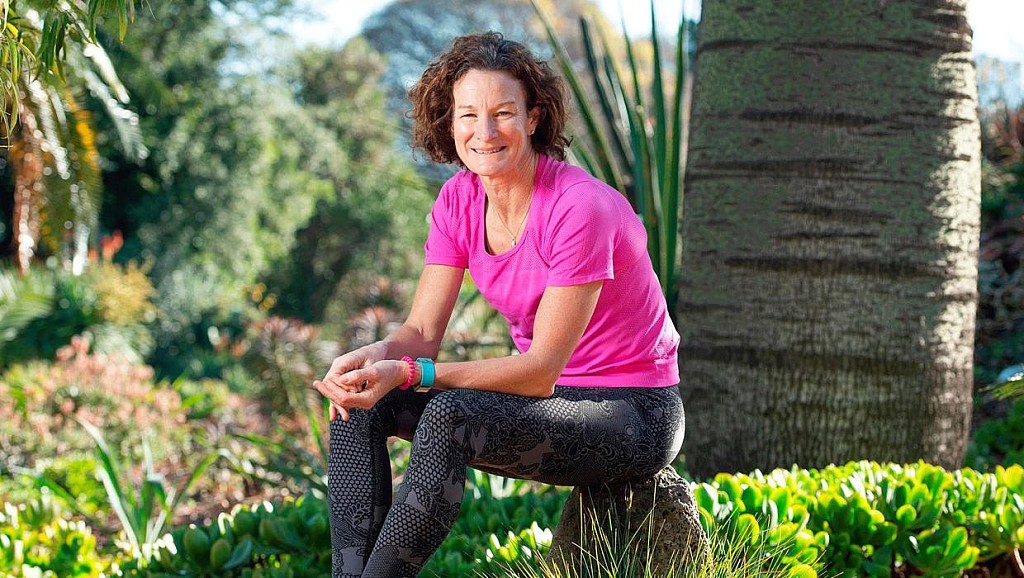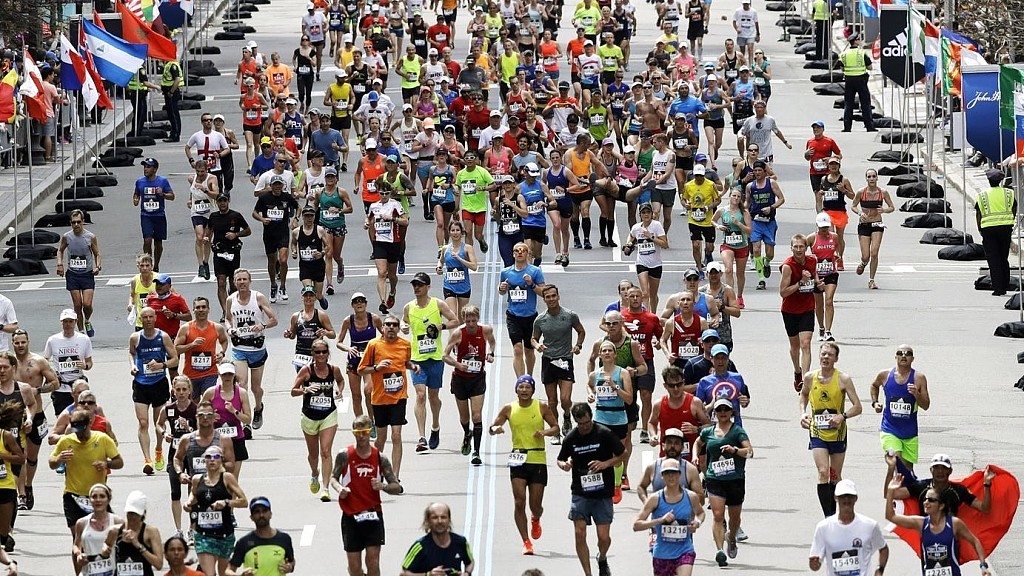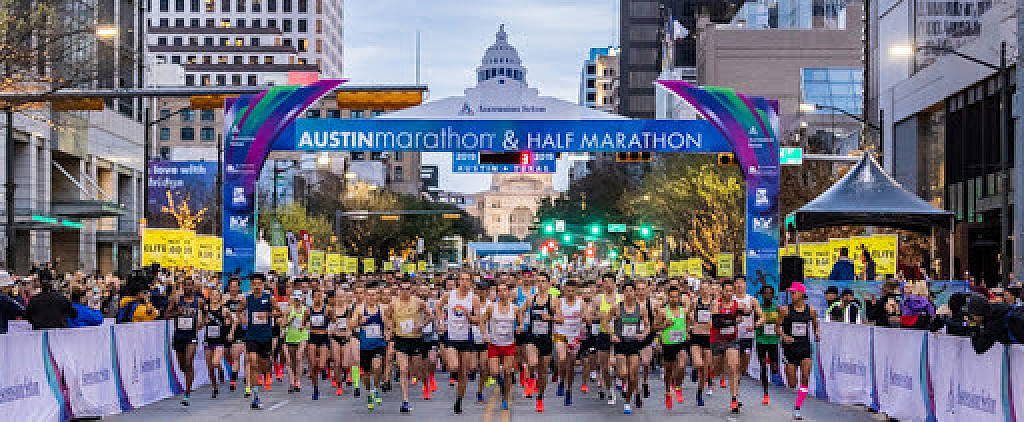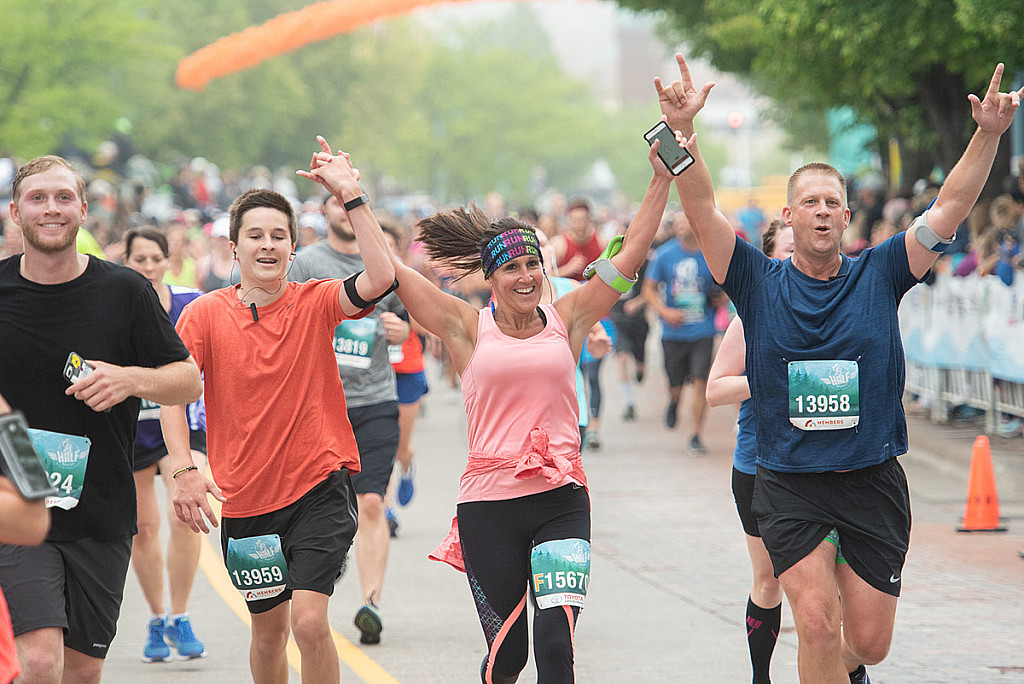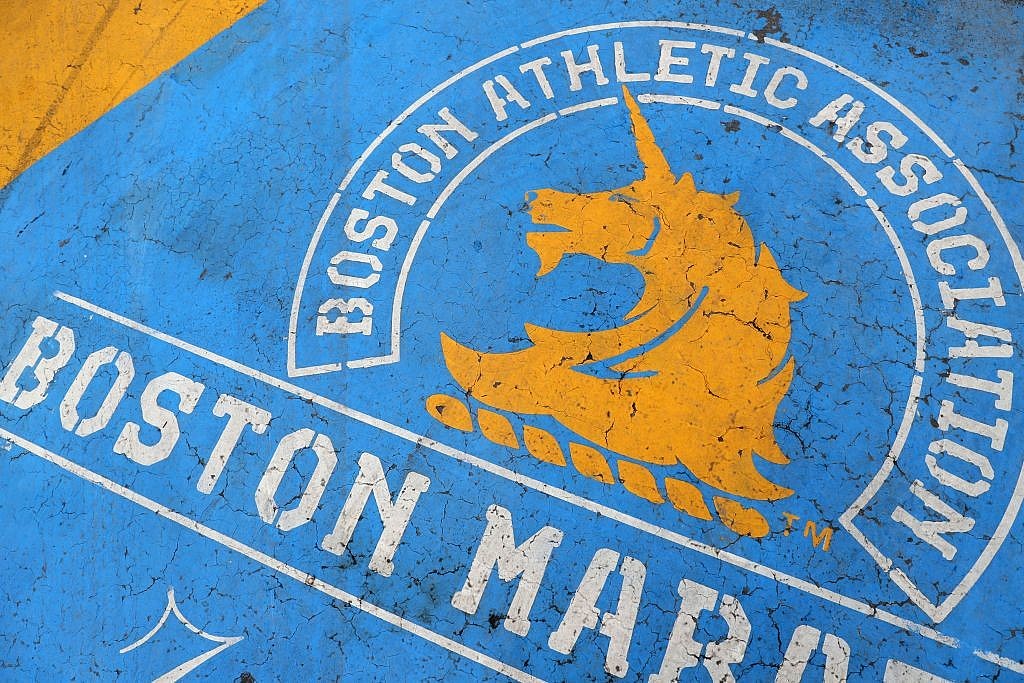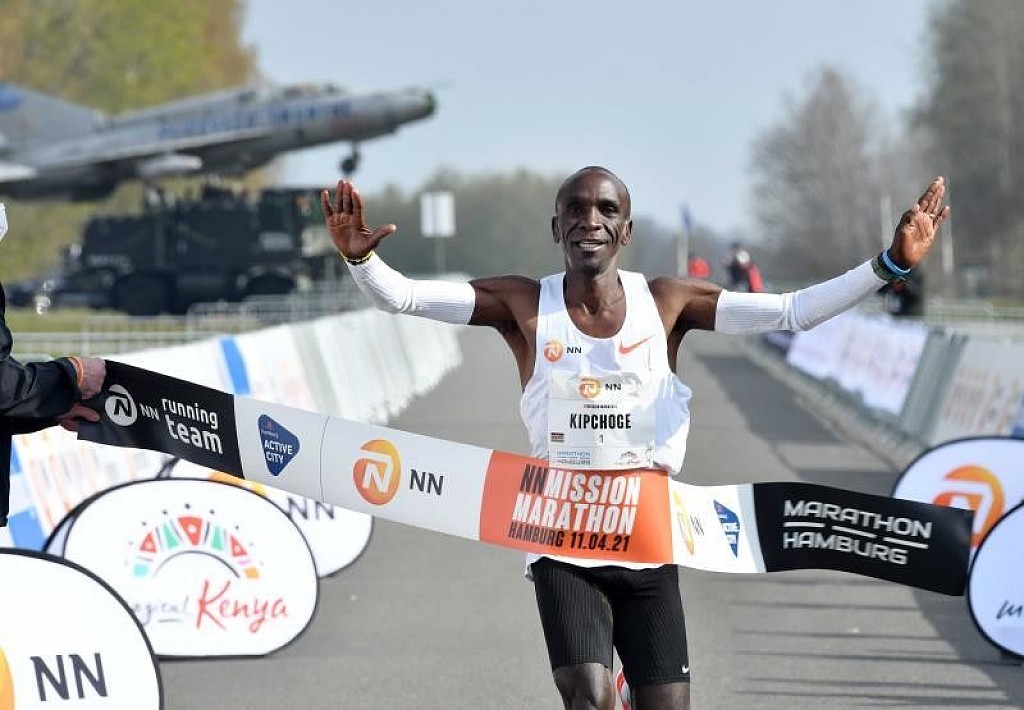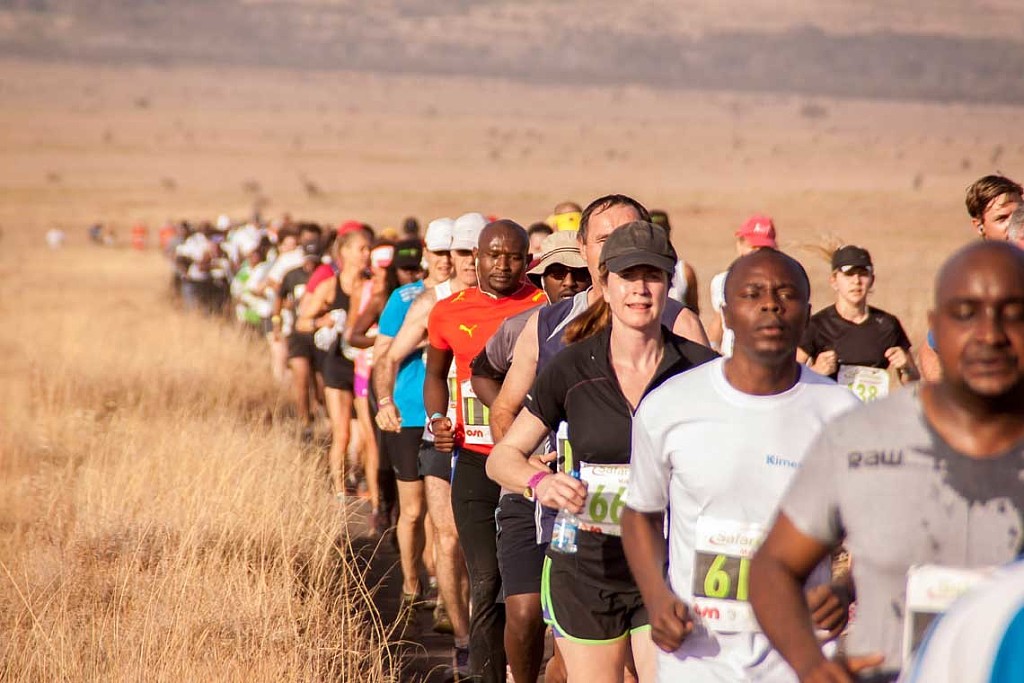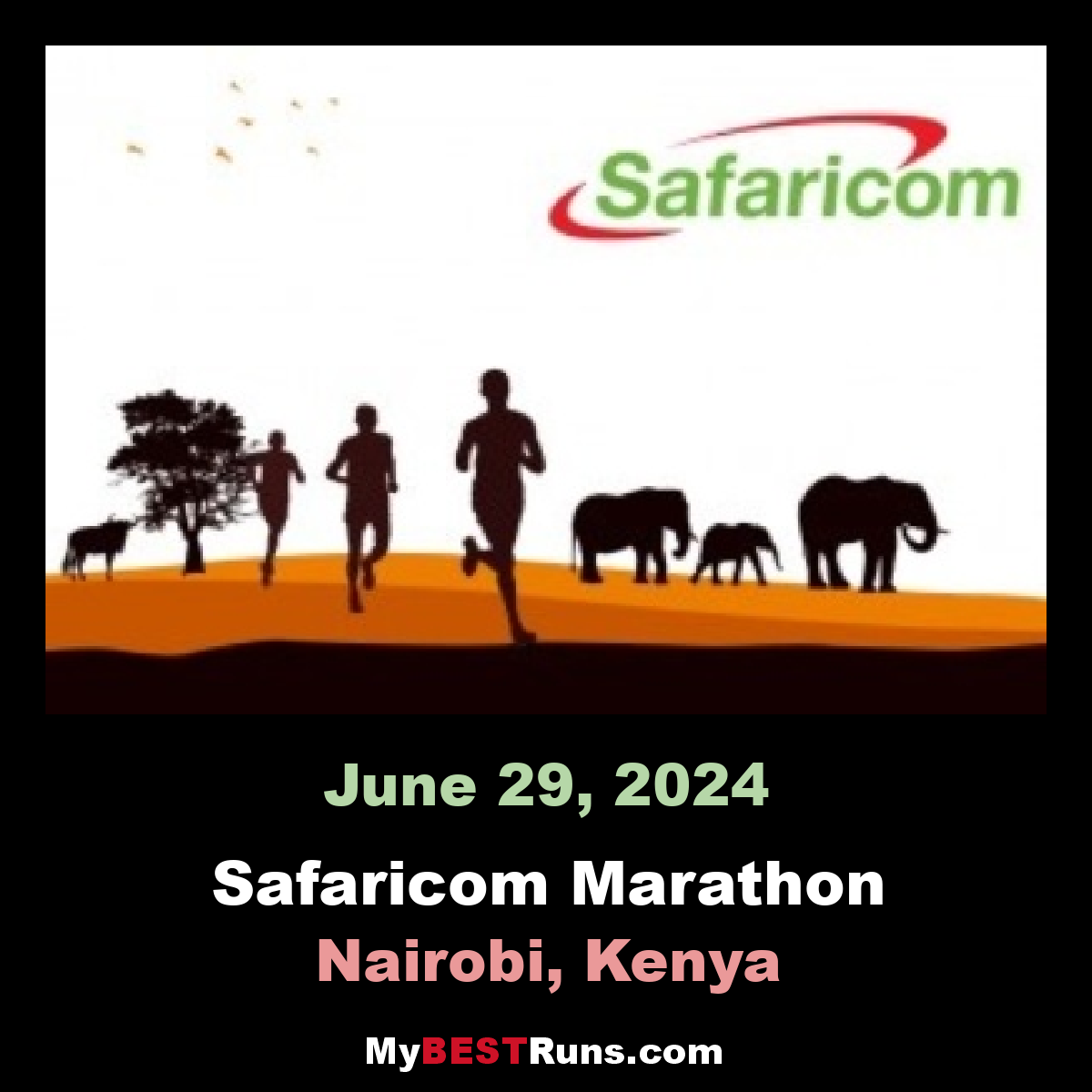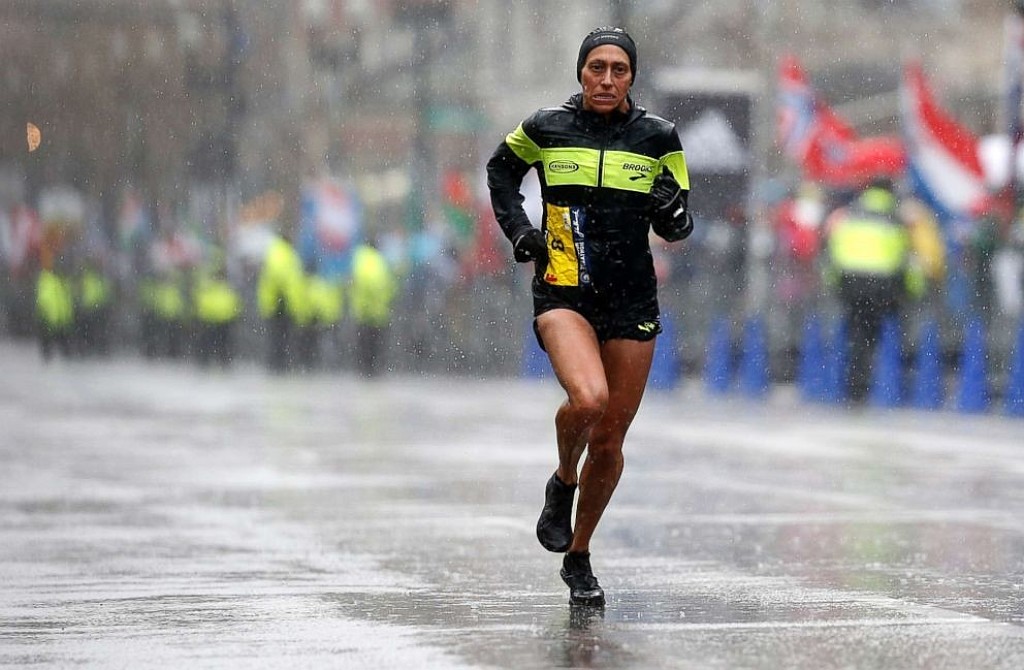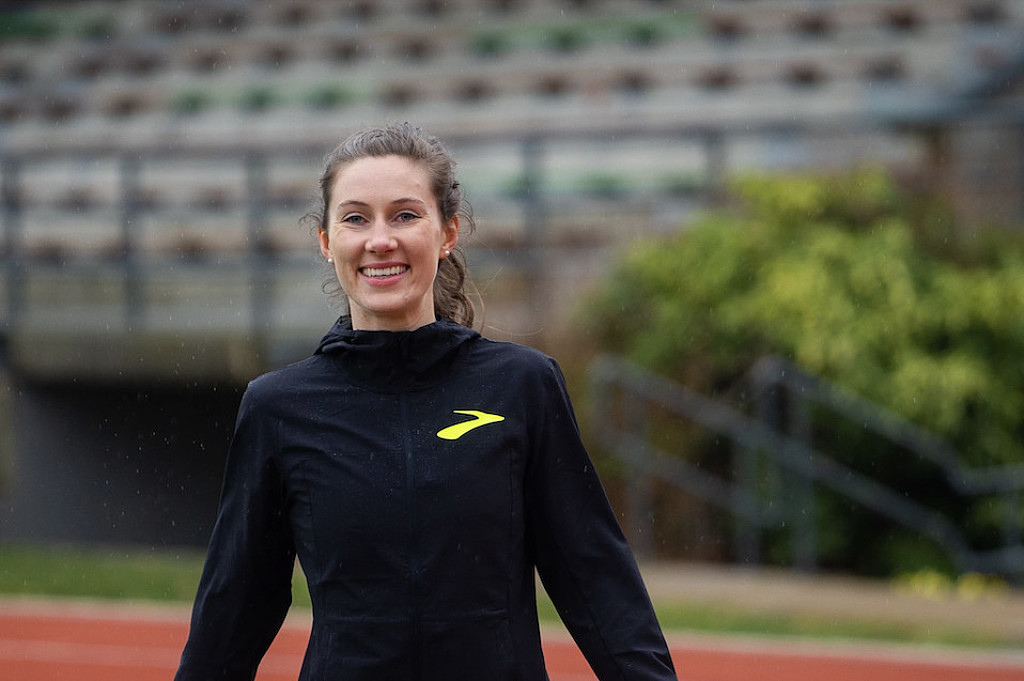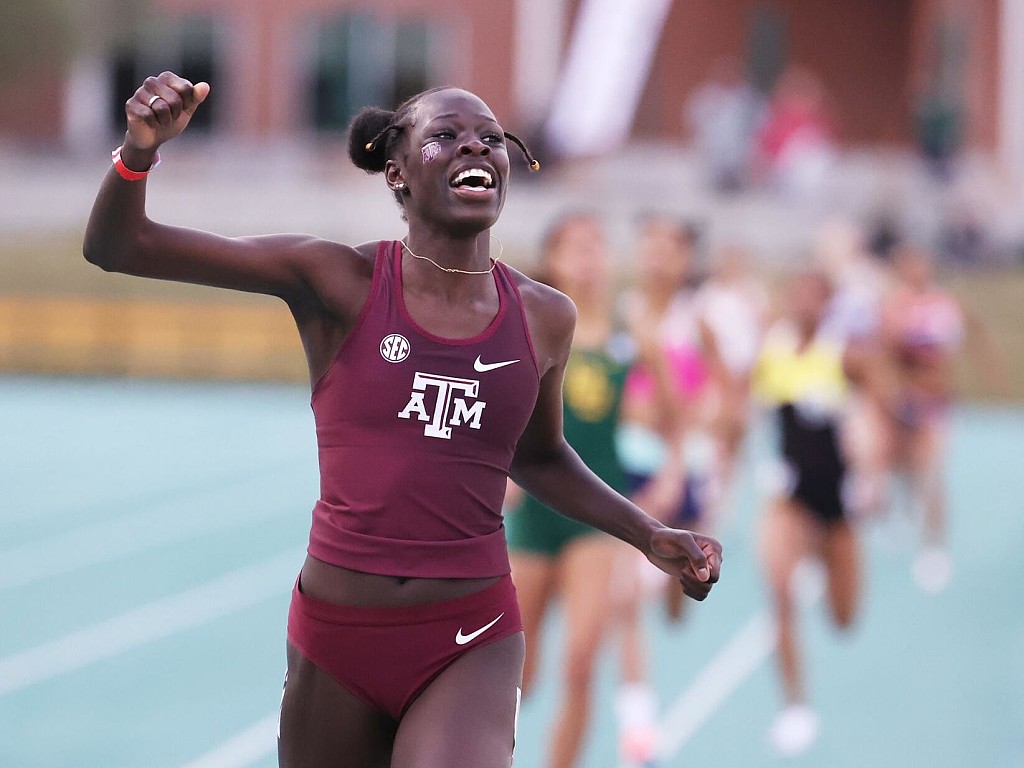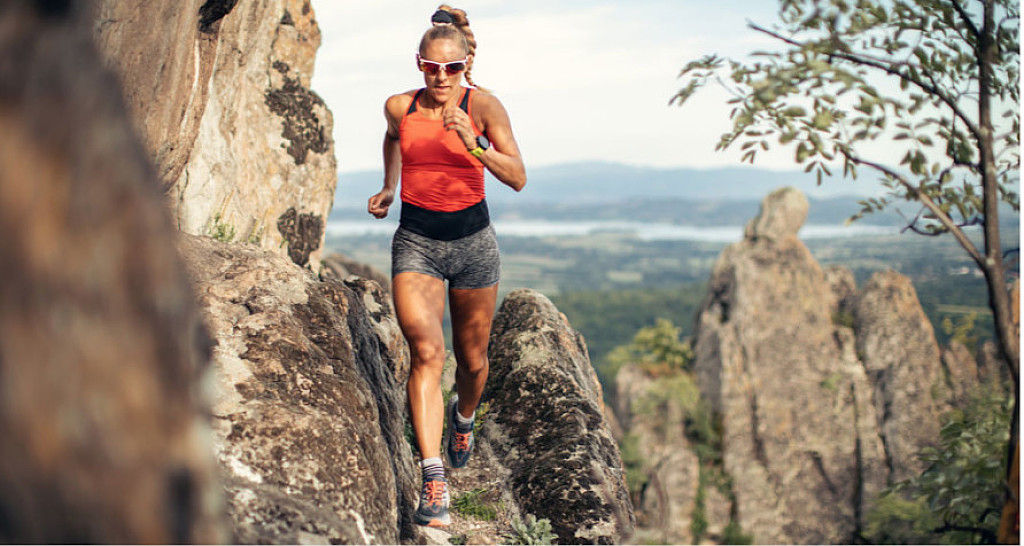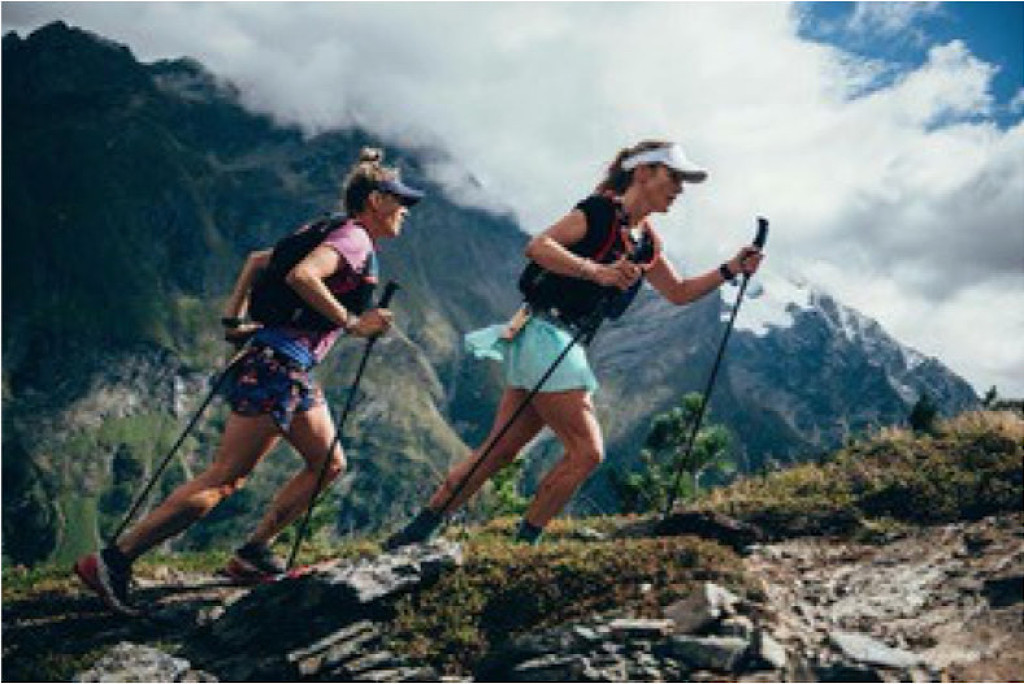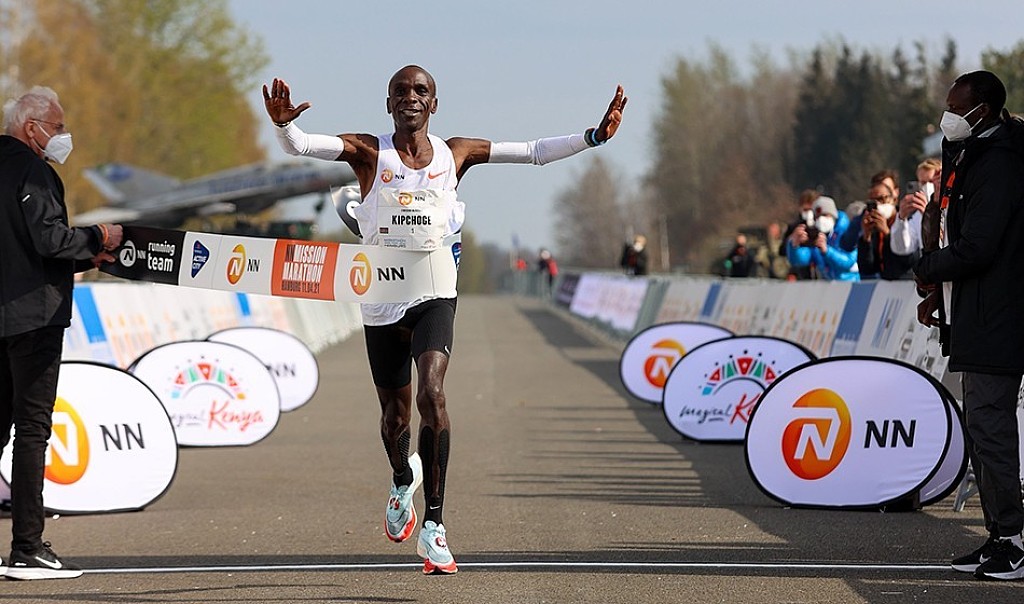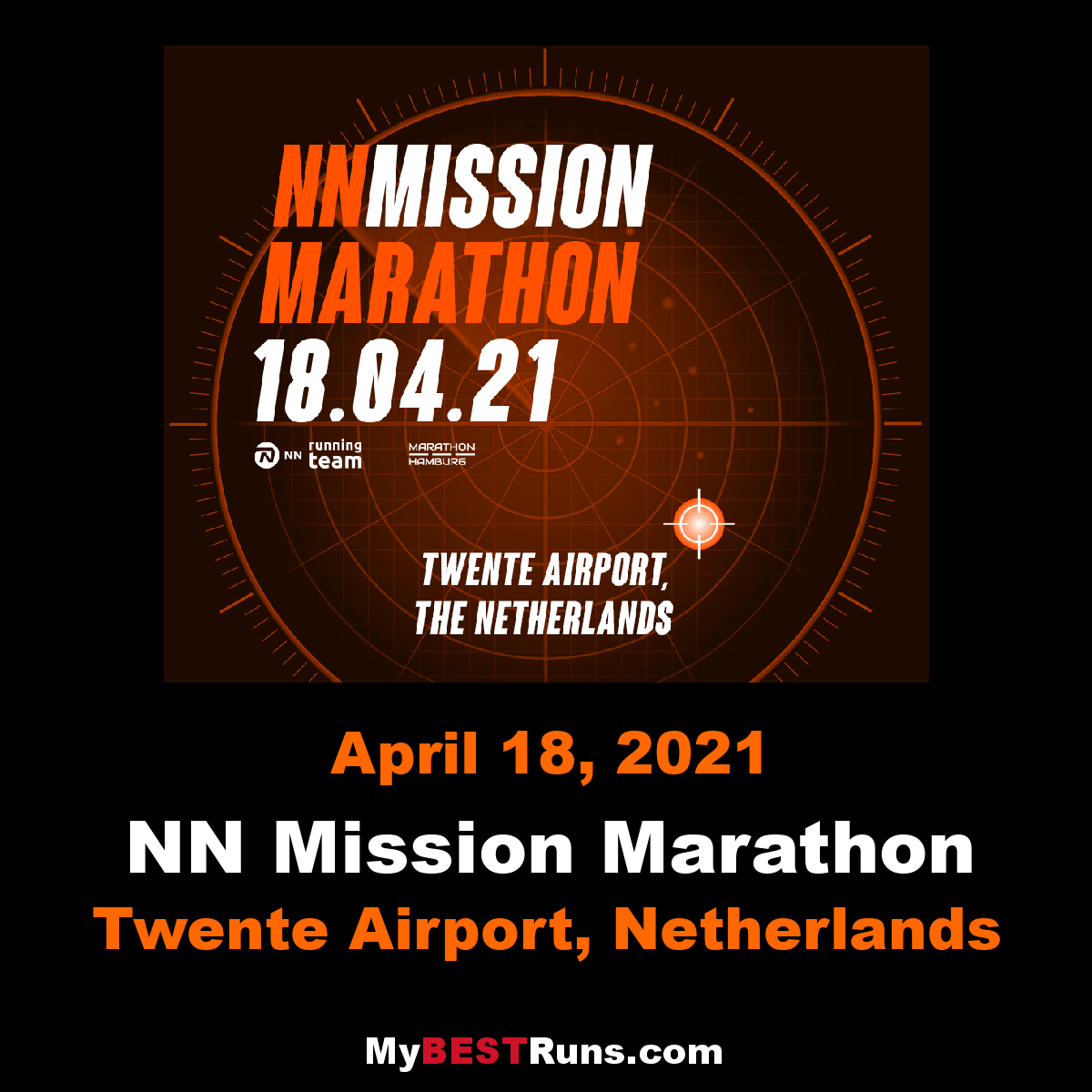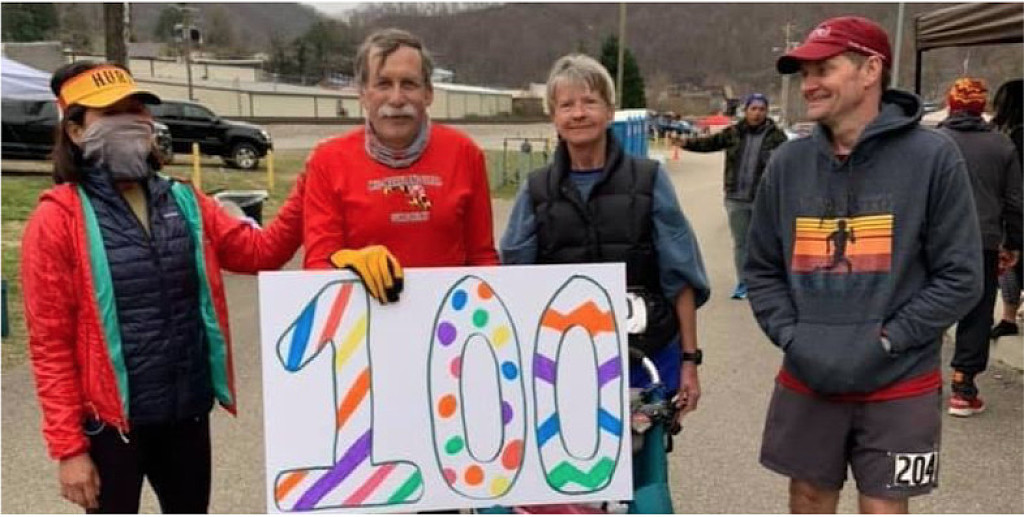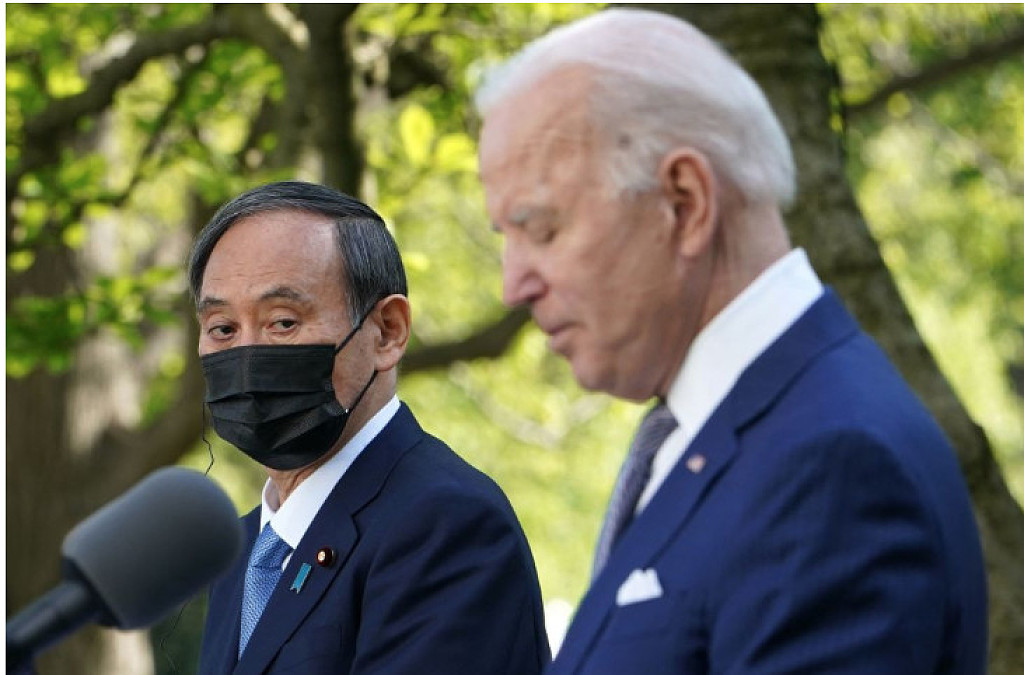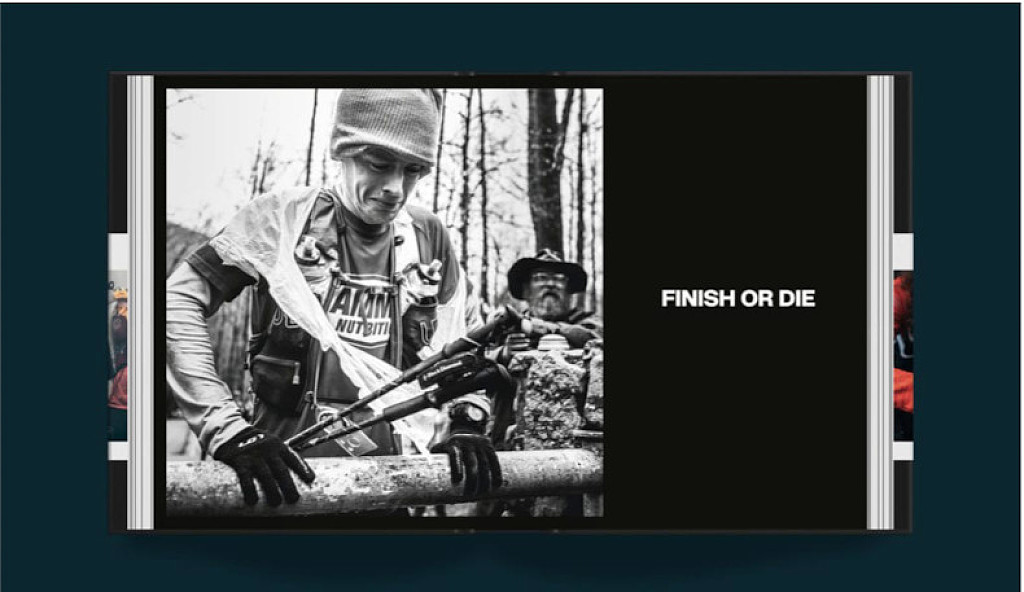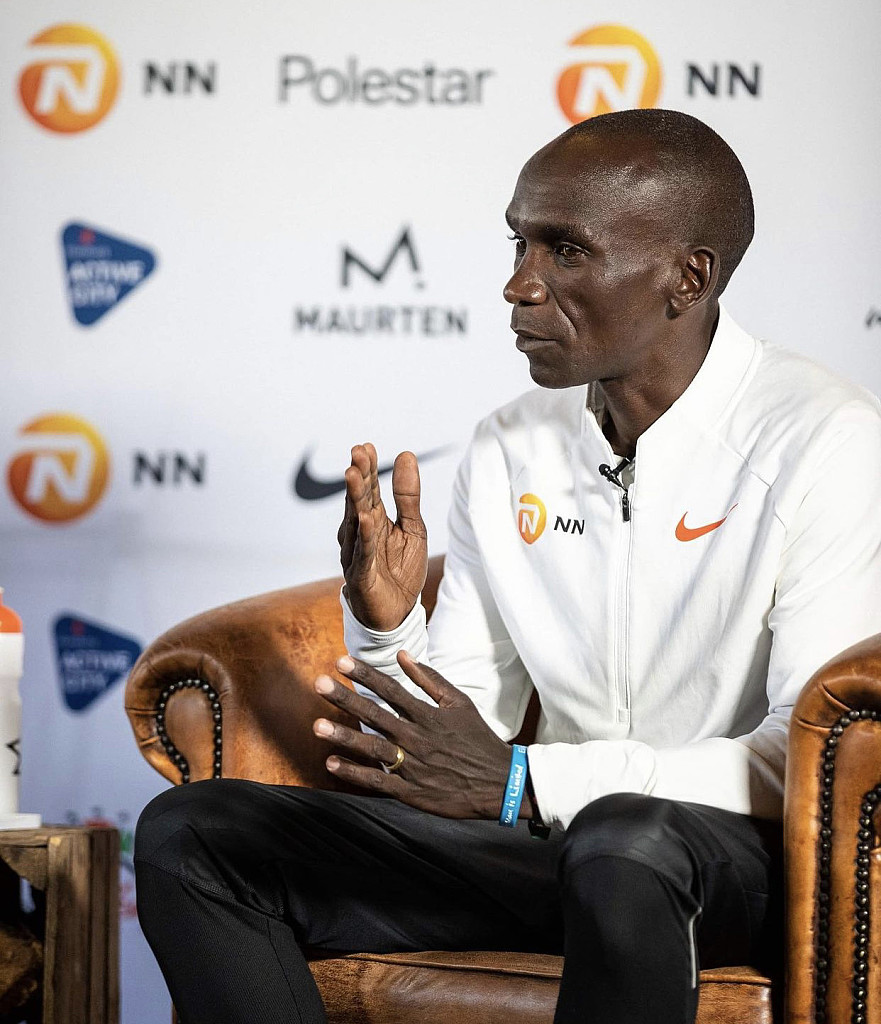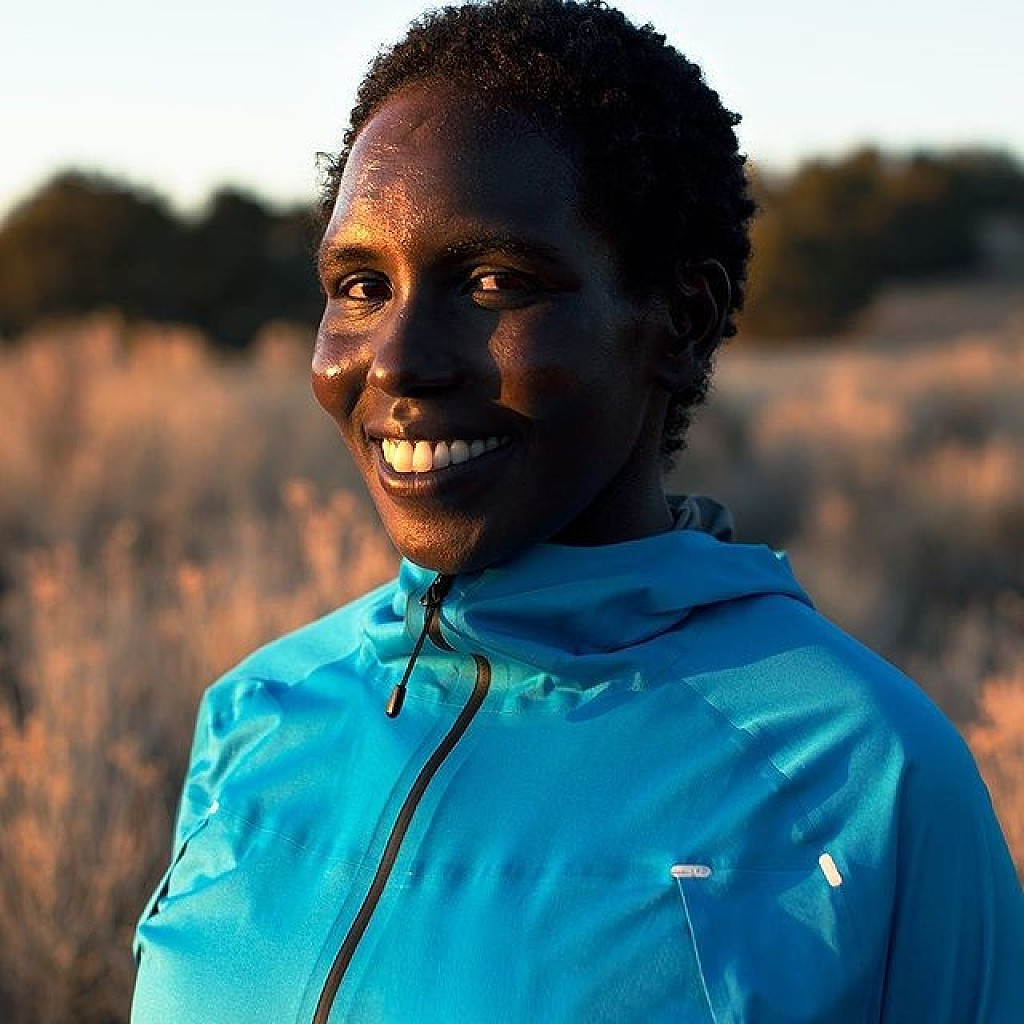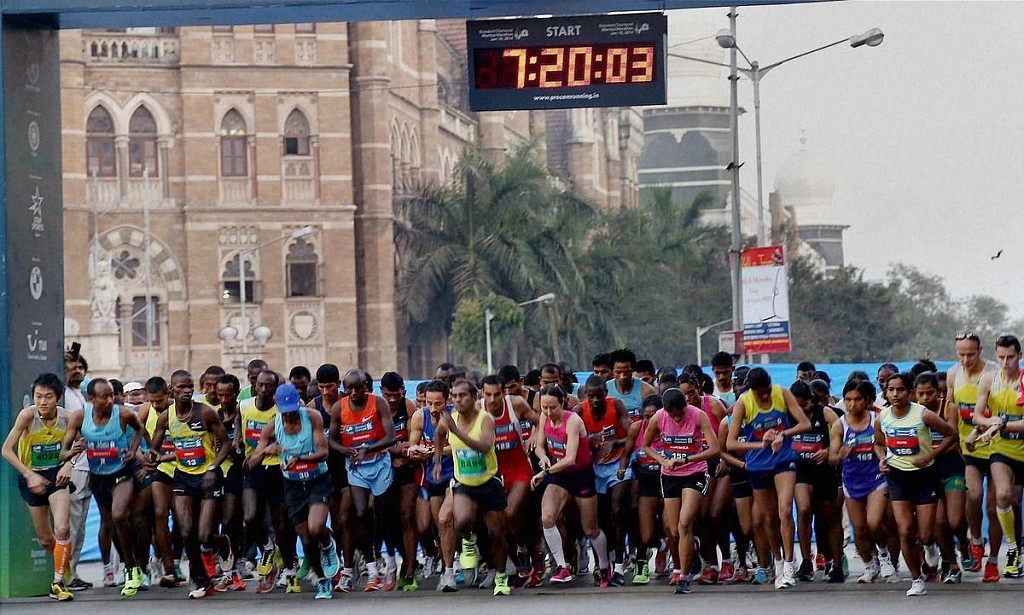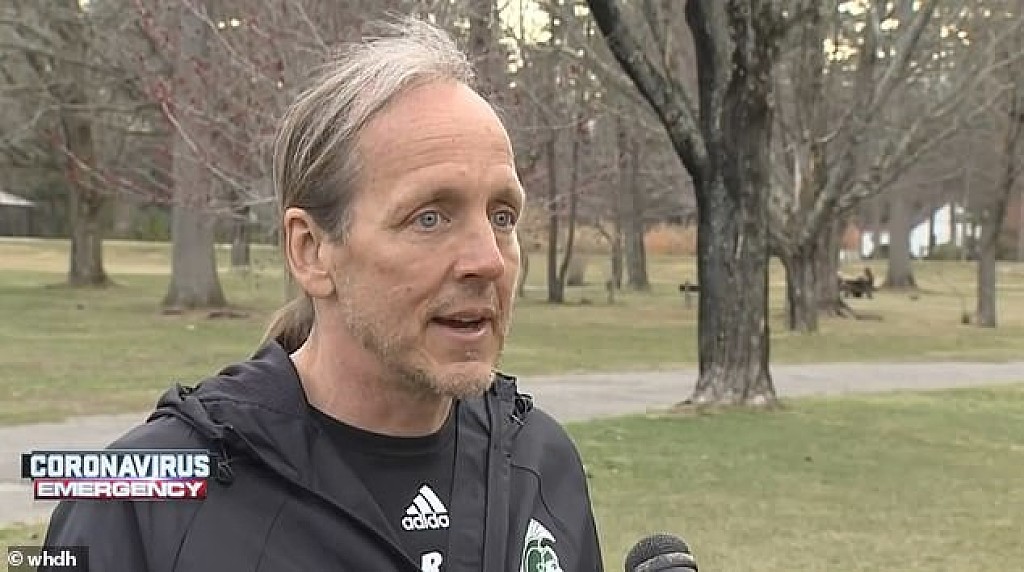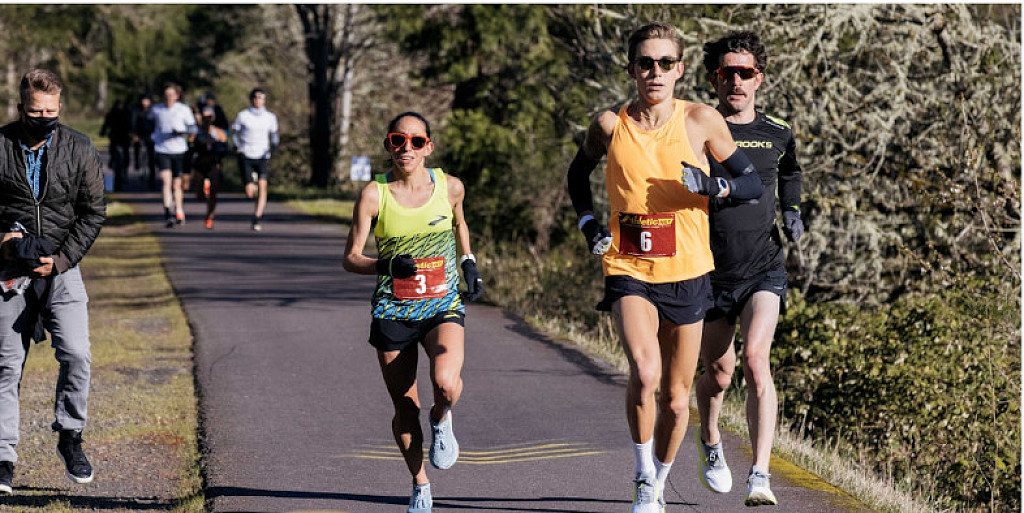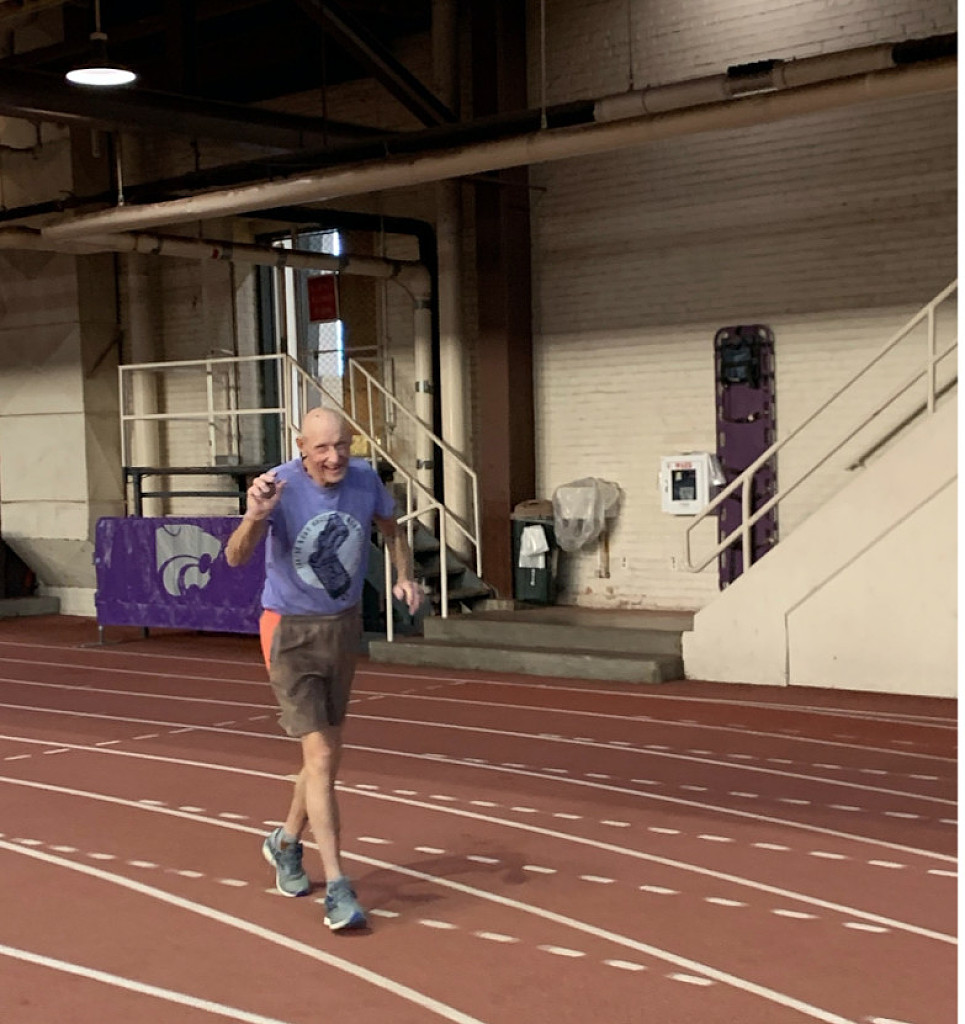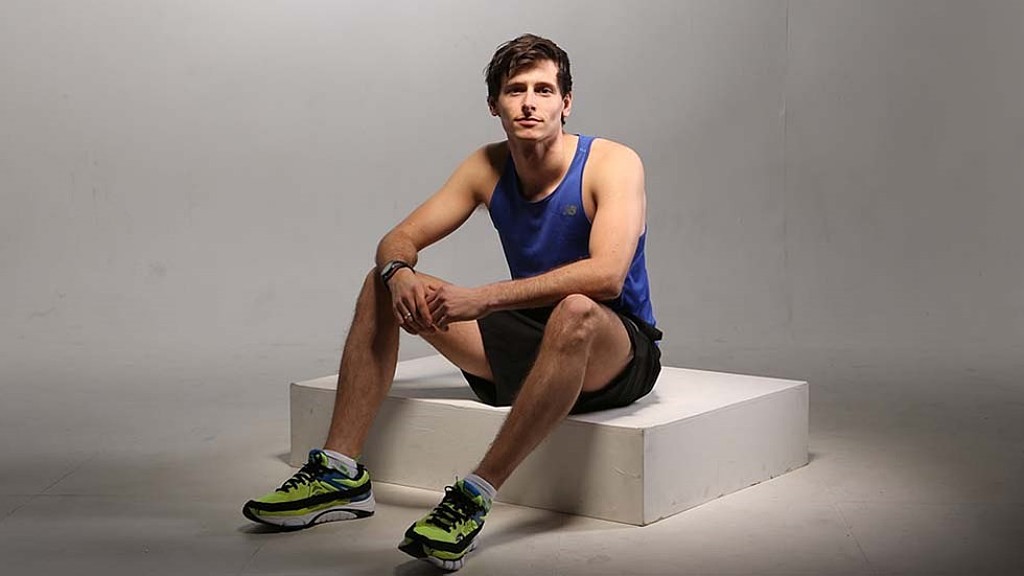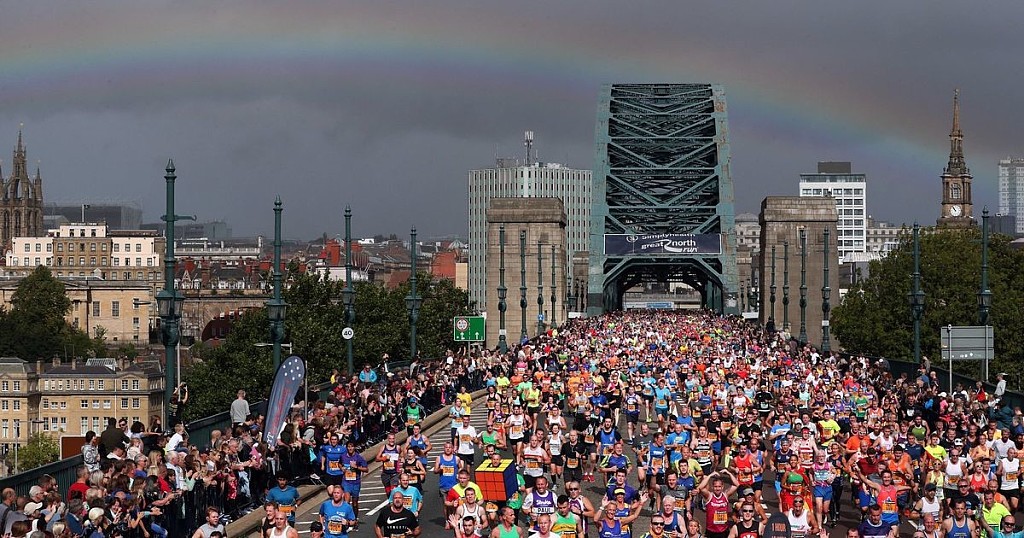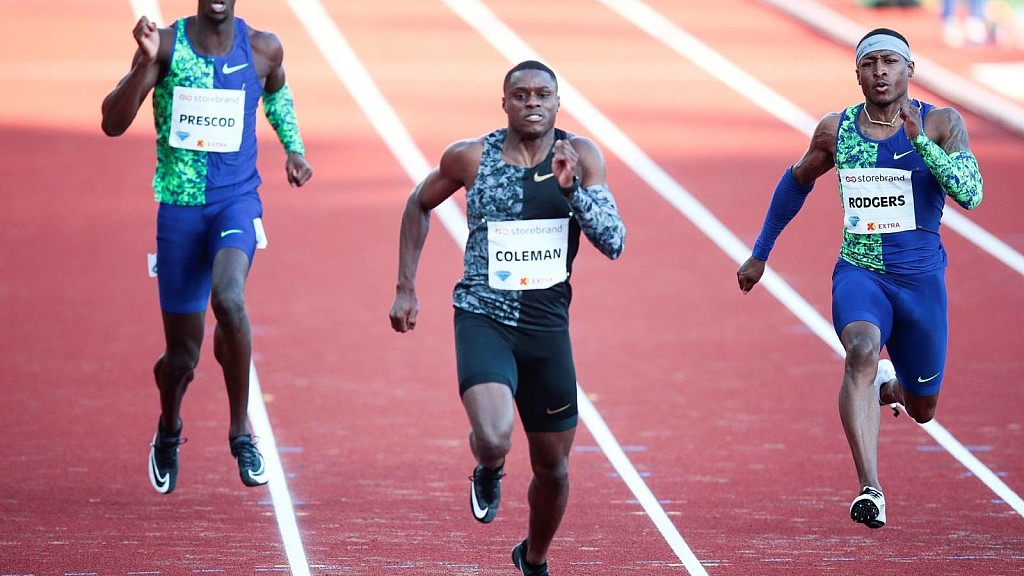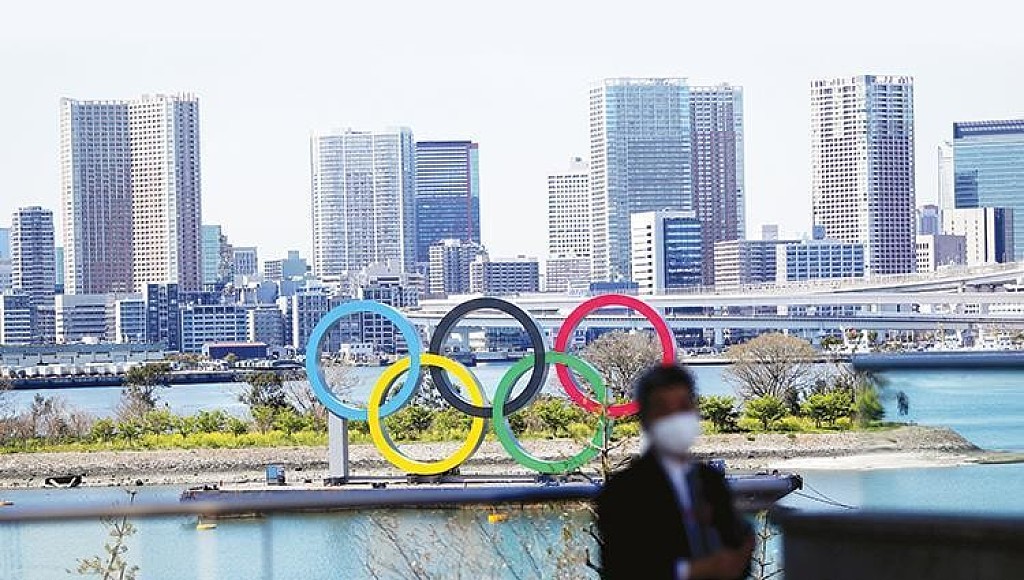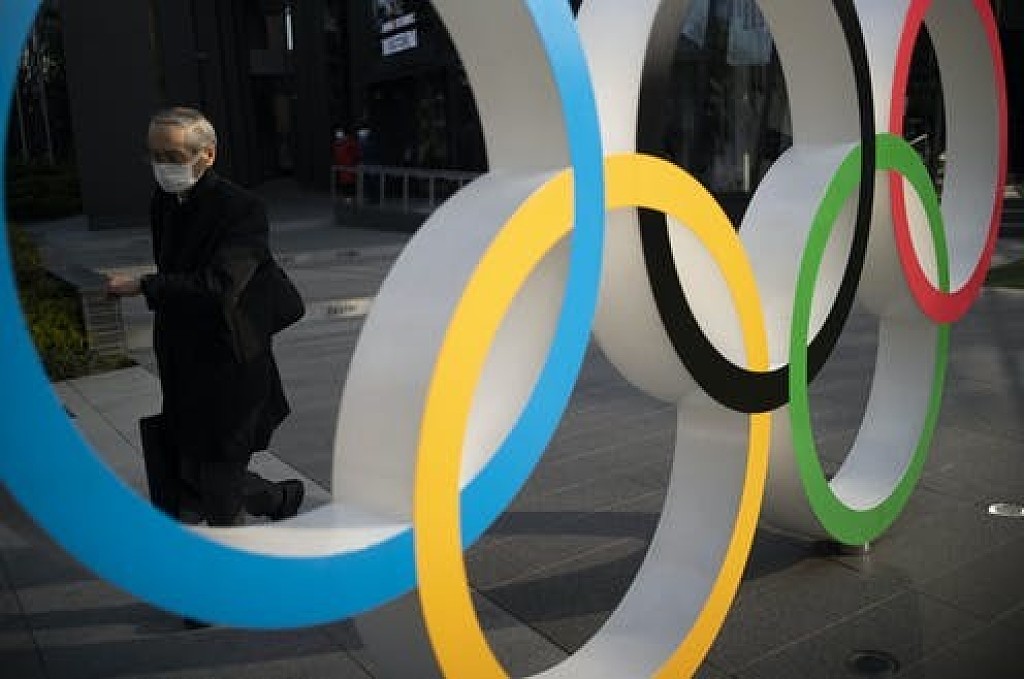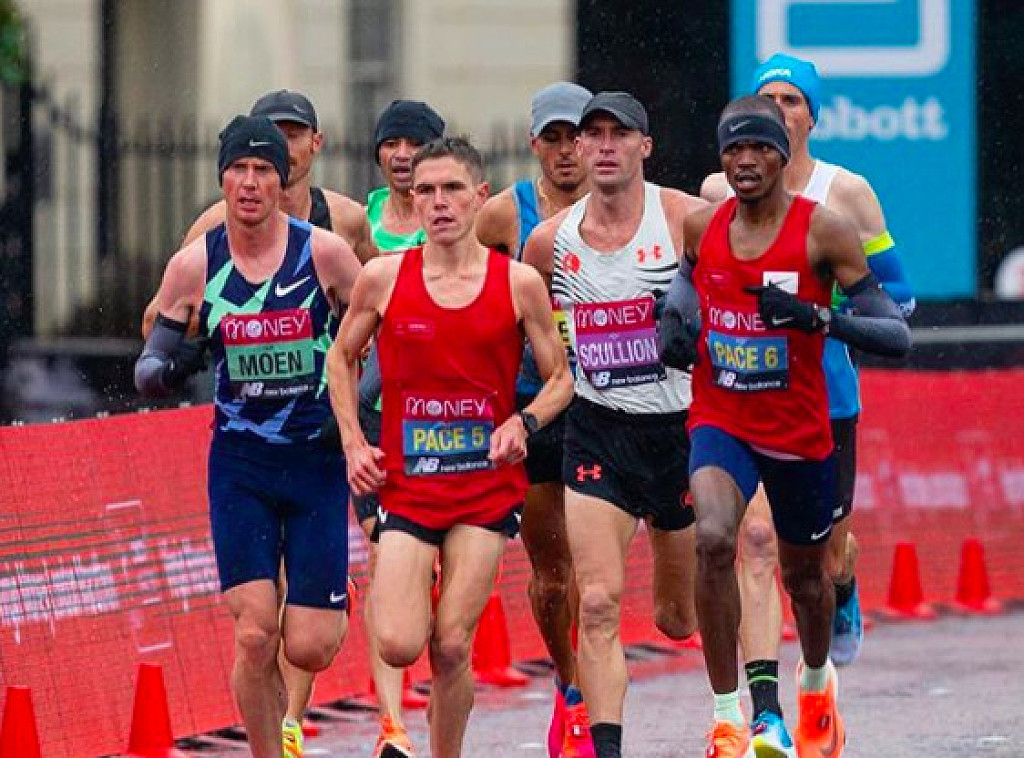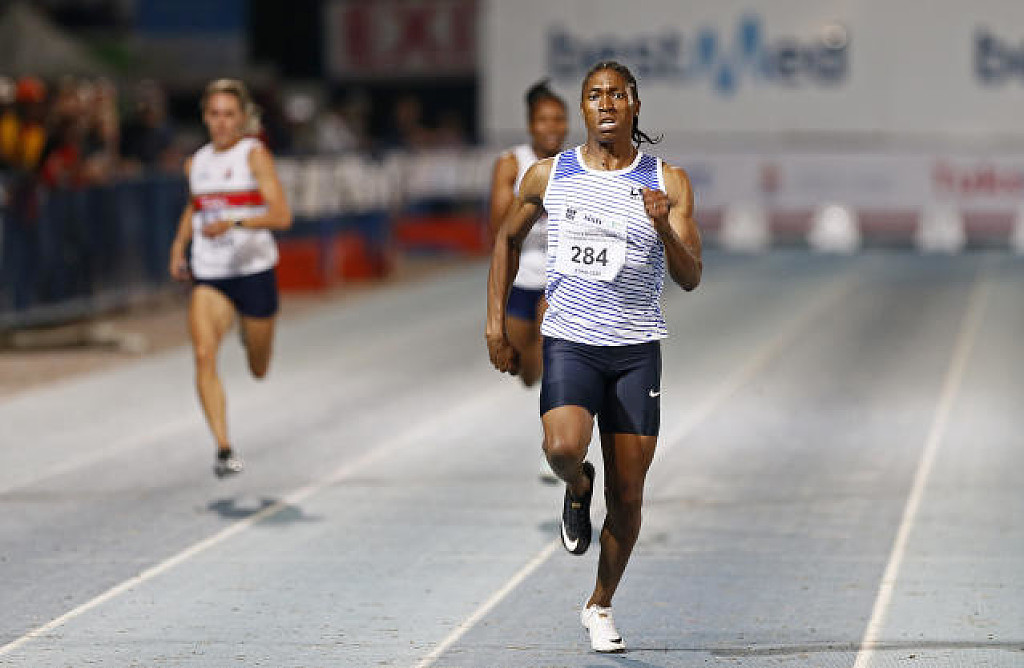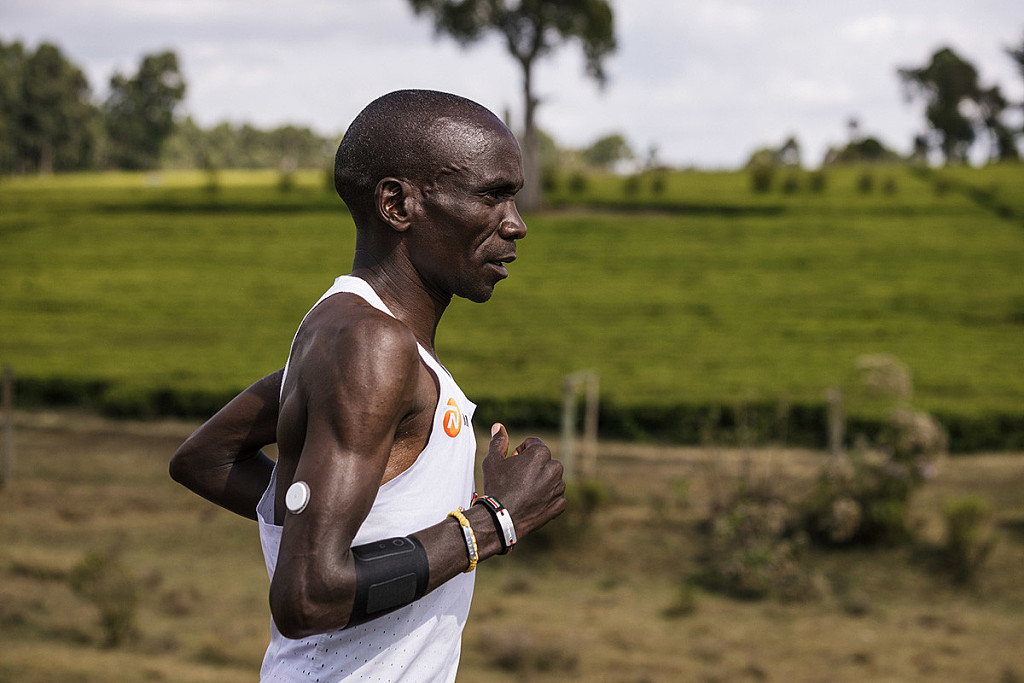Running News Daily
Running News Daily is edited by Bob Anderson in Mountain View, California USA and team in Thika Kenya, La Piedad Mexico, Bend Oregon, Chandler Arizona and Monforte da Beira Portugal. Send your news items to bob@mybestruns.com Advertising opportunities available. Over one million readers and growing. Train the Kenyan Way at KATA Running Retreat Kenya. (Kenyan Athletics Training Academy) in Thika Kenya. Opening in june 2024 KATA Running retreat Portugal. Learn more about Bob Anderson, MBR publisher and KATA director/owner, take a look at A Long Run the movie covering Bob's 50 race challenge.
Index to Daily Posts · Sign Up For Updates · Run The World Feed
None of us would dispute that running makes us happy. But it's also clear that it's not a panacea
“It was running or Zumba,” says James Duncan of Montreal (not his real name), when asked why he started running. Back in 2018, when he first experienced symptoms of depression and anxiety, a friend suggested he take up a new activity. He was attracted to running as an individual sport without too much pressure: “No one expects me to win, so it seemed like a good option,” he says. But Duncan quickly discovered he could do more than he thought, so he registered for his first 5k race. “It gave me a sense of achievement, some sort of purpose,” he says. “It forced me to get up on days when I just wanted to stay in bed.”
Cut to June 2020, when Duncan proudly ran his first unofficial (and entirely unplanned) half-marathon – in the middle of the night. Getting up at 3:30 a.m. after a bout of insomnia, he went out for a quick run to watch the sunrise over the St. Lawrence River, and had his first runner’s high: “It just felt good,” he says. “So I kept running.”
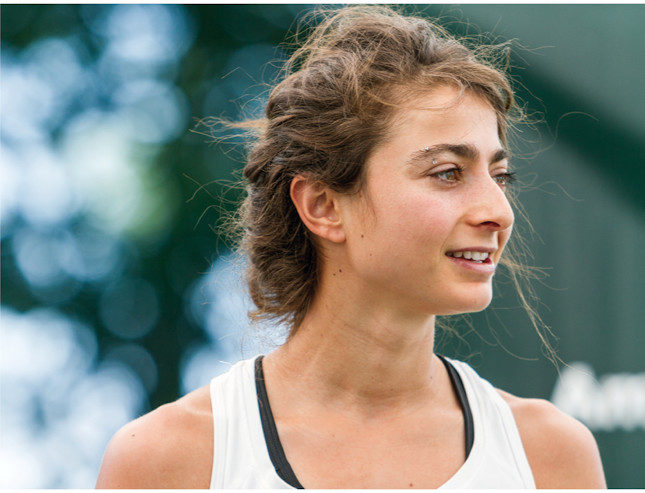
Is runner’s high what kept him running over the past two years? Duncan is clear: “To be honest, that’s only ever happened to me once. Running gives me a way to stop thinking about everything else for a while. When I run, I just focus on my breathing. It’s almost like meditation. And the social connections I got from being part of a running group also really helped me.”
Although thousands of people have taken up running for the first time during the pandemic, COVID has put a damper on group running, so the mental-health boost from socializing with other runners has been absent for most people over the past year. This has given rise to a particularly COVID-specific type of mental distress: loneliness. A recent Angus Reid survey found that almost a third of Canadians report suffering from loneliness and social isolation – and this figure rose 10 per cent between October 2019 and October 2020. (Those reporting that they had “a good social life” dropped from 55 per cent to 33 per cent during the same period – and there are probably a fair number of runners among those numbers.)
With the prospect of a gradual return to normality thanks to vaccination, runners are tentatively signing up for races (where they can find them) and reconnecting with their groups, while solo runners whose motivation to train never flagged are cheered by the approach of spring. Research has repeatedly demonstrated the many mental health benefits of running and exercise, and that has never been truer than now.
But running obviously isn’t a guarantee against anxiety, depression or loneliness. Runners of all levels struggle with mental health issues, while also experiencing running as a mood-booster, at least some of the time. Elite athletes like Canadian ultrarunner Rob Krar, U.S. runners Alexi Pappas, Amelia Boone and Molly Seidel have shared their experiences with anxiety, depression, obsessive compulsive disorder (OCD) and eating disorders in an effort to reduce stigma, and their candour has led to recognition of the need for dedicated support. And while mental performance coaches have for decades helped pro athletes deal with negative mental habits that impede performance, there’s a difference between mental performance and mental health; psychotherapists are only recently becoming an essential part of the team as well. This was brilliantly demonstrated in April last year as Canadian sports groups and associations united to create a dedicated mental health task force to support athletes after the postponement of the Tokyo Olympics. All of which raises the question: if elite professionals, who spend a large portion of their days training, are experiencing anxiety and depression, is exercise really as beneficial for mental health as we thought?
The relationship between running and mental health is both subtle and complex. Multiple studies have demonstrated the crucial role of exercise in well-being. Sport psychology expert, Olympian and dean of the University of Calgary’s faculty of kinesiology, Penny Werthner, says, “Movement is critical for both mental and physical health. There are physiological and neurological changes that occur when we move, when we run and become fitter.” Achieving running milestones (which, depending on the individual, may mean anything from simply getting out the door to setting a new marathon PB) can boost confidence and motivation, foster a sense of accomplishment and improve self-esteem – all of which boost mental health. But it’s only part of the picture: “I would argue that exercise and movement can always help,” says Werthner, “and it would be wise to incorporate them into a treatment plan, along with other treatments, such as cognitive behaviour therapy.”
HOW NEW RUNNERS CAN BENEFIT
If you’re a new runner who’s embraced the sport because you’ve heard of its widely touted mental health benefits, it may not be quite that simple. It may take time to build up the fitness that will allow you to reap any significant mental health benefit. (One study found that running at a moderate pace for 30 minutes produces a much higher increase in the neurotransmitters known as endocannabinoids, which researchers believe may be more responsible for running’s mood-boosting properties than endorphins, than either walking or running at maximum intensity – and it may take some time for a non-runner to be able to run continuously for 30 minutes.) Obviously, the risk for new runners is taking on too much too soon, which is likely to deprive them of any mental health benefit they might have derived from running because they are sidelined with an injury. Werthner suggests reaching out to a trainer or coach to get started in a way that’s appropriate to your fitness level and goals.
Another pitfall for new runners is that running can very easily become a chore, adding nothing to one’s mental health (and possibly compromising it). For running to make you happy, it should be carefree and liberating (as it is for Duncan). It doesn’t mean having to run a marathon – by all means, start training for a marathon if all of the following are true: you’re healthy, that goal excites you and you have support for it from the people in your life whom it may impact. Marathon training and recovery are time-consuming. Most plans recommend starting with some 5k, 10k and half-marathon races to build a base of fitness, which generally means putting off marathon training until you’ve been running for at least six months to a year. Don’t compare yourself to others you see on social media, posting about their running accomplishments, and remember that there are no shortcuts to athletic greatness – elite athletes have years of training (and plenty of failures) behind them.
Whether you start with a few minutes of running and walking or a more ambitious regimen, check in with yourself regularly. “The best gift you can give yourself is to be aware of your own needs,” says Kim Dawson, mental performance consultant and professor at Ontario’s Wilfrid Laurier University.
EXPERIENCED RUNNERS: BALANCE IS KEY
Experienced runners who decide to take on a new running goal may also be at risk of biting off more than they can chew, says Dawson, who suggests runners think carefully about the possible mental health implications of a new training plan: “Be aware of what you are sacrificing,” she says. “Choose a running program that fits your lifestyle and allows for a healthy amount of training, while giving you room for growth in other areas of your life, such as your professional development, social connections and emotional well-being.” While often challenging, running should still be fun, at least most of the time. Regularly ask yourself whether you still look forward to getting out for a run. If not, it may be time to take the intensity down a notch or find a challenge more suited to your current state of mind.
DEALING WITH INJURY
Healing an injury can be a long, emotionally difficult process that sometimes involves giving up short-term goals, such as a much-anticipated race. That is likely to have an impact on your mental health, at least in the short term. The pandemic certainly hasn’t made dealing with injury easier. Being forced to take a break from a much-enjoyed activity is hard enough; doing it without the mood-boosting brain chemicals provided by alternative forms of exercise at facilities that aren’t accessible during lockdown can make recovery that much more difficult. Once again, Dawson suggests focusing on the other areas of your life that bring you joy. It also helps to seek out a supportive friend, or possibly a mental health professional, with whom to talk about the situation.
WHEN RUNNING IS PART OF THE PROBLEM
Finding balance may be a particular challenge for pro runners, for whom training is the biggest part of their daily life. Canadian half-marathon record holder Andrea Seccafien is from Guelph, Ont. but lives and trains in Melbourne, Australia. For Seccafien, feelings of isolation during the first lockdown in 2020, when she couldn’t work out with her teammates and she was a long way from home, were compounded by anxiety about the virus. That impacted her performance, which led to further anxiety, which led to the decision to take a month-long break from the sport last May. “I so badly wanted this to be a physical problem,” Seccafien told Canadian Running in January 2021, adding that she was prepared to deal with an iron or thyroid deficiency. But healing a mental health injury is no different than healing a running injury, and the solution usually isn’t more running, but its opposite – rest. (And treatment by a trusted health professional.)
Alexi Pappas, who was raised in the U.S. but hopes to run for Greece at the Tokyo Olympics, has a similar story, which she tells in her recent book, Bravey: Chasing Dreams, Befriending Pain, and Other Big Ideas. Pappas’s mental health took a nosedive after the 2016 Olympics, where she competed in the 10,000m, setting a new national record for Greece. Instead of taking a well deserved and much needed vacation before setting new goals for the next Olympic cycle, she felt compelled to continue training. And after getting a distribution deal for her first film, Tracktown, she felt pressure to produce another film. There were also deeper psychological issues having to do with her mother’s death by suicide when Pappas was a young child, and she spiralled into insomnia and depression. It was a year before her father finally persuaded her to seek treatment, which was ultimately effective.
Professional athletes have the added pressure of having their performance tied to their livelihood, but recreational runners are not immune to overdoing it to the point of burnout. “The key,” says Dawson, “is to maintain a holistic identity. And this is valid for everyone, professional athlete or not. You are a person first, who happens to run.” It’s important to keep developing other areas of your life, which may include time with family, building a career or pursuing another hobby that you’re passionate about.
Duncan, for his part, still runs four to five times a week and regularly attends therapy sessions. “It’s not a magic pill,” he says of running. “You have to find out what works for you. But it’s definitely been an adventure. You never know where you’re going to end up.” He smiles. “Could be on a riverbank, watching the sun rise at 6 a.m. after running 21 kilometres.”
(04/24/2021) ⚡AMPby Apple News
Keira D'Amato is a must-follow athlete for Strava entertainment
American runner Keira D’Amato has had a phenomenal past year. Within the span of just a few months, she went from a relatively unknown amateur to one of the top road runners in the U.S. With her newfound fame in the running world, she has seen her social media following grow, including on Strava, where her current follower count sits at around 5,400. D’Amato doesn’t only post fast runs on Strava, though, as she also uses the app as a chance to post funny and sometimes-cheesy jokes to go along with each of her workouts. If you’re looking for a daily dose of motivation paired with a laugh, it’s worth checking out D’Amato’s Strava page.
Jokes for days
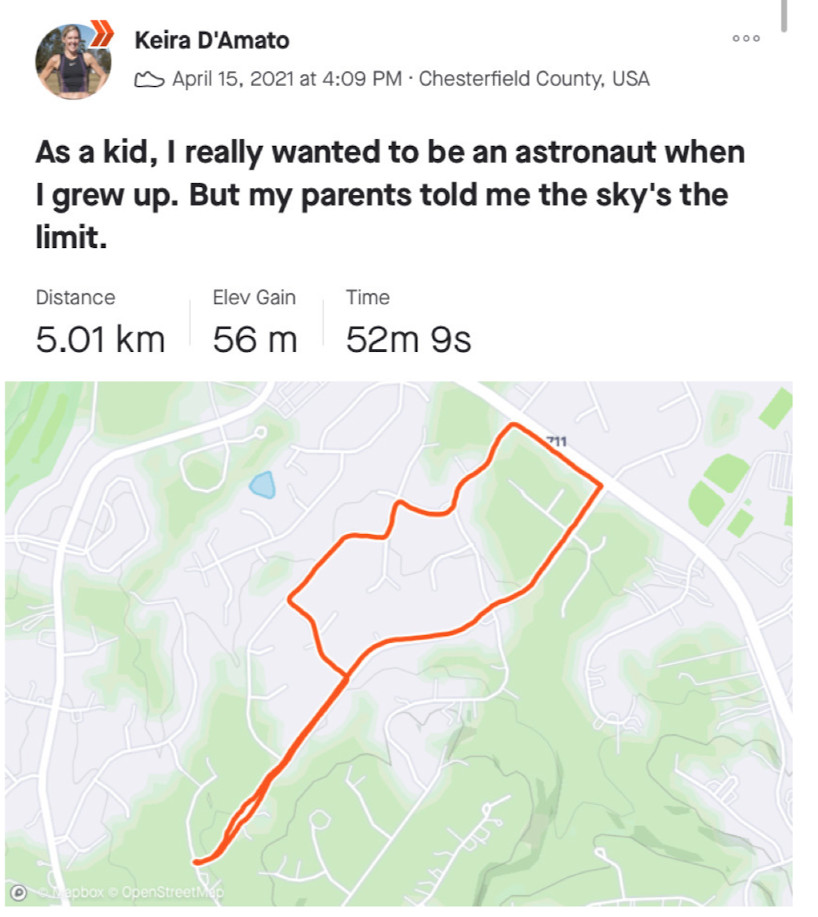
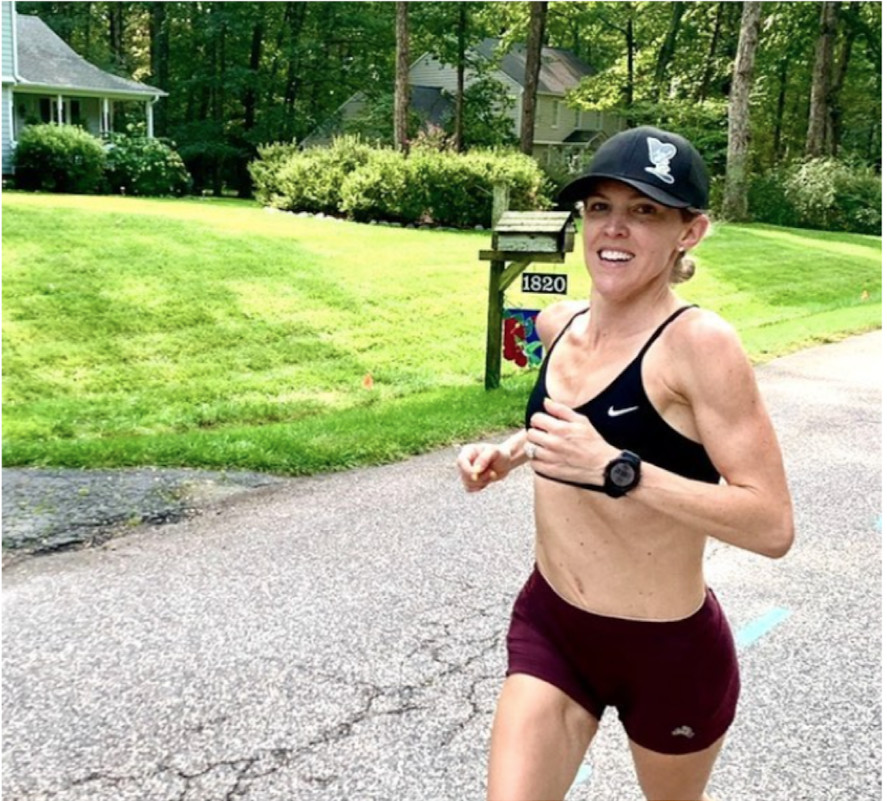
D’Amato’s workout titles on Strava have seemingly no relation to her training, and they might simply be something she pondered while out for her runs. Most aren’t even running related. The title of a 16K run from April 1, for example, was “My husband and I had this long pointless argument as to which vowel is the most important. I won.” Every now and then she tosses a running-related joke in the mix, like her March 23 9K run that was titled, “I quit my job as a treadmill tester. I just felt like I wasn’t going anywhere.”
Many people classify these as “Dad jokes,” but D’Amato, a mother of two, proved that these one-liners aren’t just reserved for the dads of the world. If you’re not into these cheesy types of jokes, D’Amato is still worth the follow on Strava. She is, after all, a rising star on the American running scene, and seeing the runs she lays down in training could help with your own motivation.
Maybe you’re lucky and you’re a runner who does like pun-heavy humour. If that’s the case, then you’ll absolutely love D’Amato’s Strava, because you’ll get joke after joke and run after run to make you laugh while also motivating you to get out and train.
Rising to the top
D’Amato has been on fire in the past year. In February 2020, she ran a marathon PB at the U.S. Olympic Marathon Trials, posting a time of 2:34:24 and finishing in 15th place. This was well off Aliphine Tuliamuk‘s winning time of 2:27:23 and a spot on the American team headed to Tokyo, but it was still a solid result, and especially from D’Amato, who works as a real estate agent full-time on top of her training.
She continued her stellar year of running in June, when she got a lot of attention for a 5,000m time trial in which she ran 15:04 at the age of 35. She followed that up a month later with a 32:33.44 result at a 10,000m race, and in November she set the American 10-mile record at 51:23. She wrapped the year up with a massive marathon PB of 2:22:56 at The Marathon Project, where she placed second in a deep field.
After such an incredible year, D’Amato signed a pro contract with Nike earlier in 2021, and it looks like the running world will be treated to a few more years of her amazing performances (plus her strong Strava-comedy game).
(04/24/2021) ⚡AMPby Running magazine
Alligator interrupts Florida high school track practice
A high school track practice in Florida was recently interrupted by an unexpected guest: an alligator. Members of the Alonso High School track team in Tampa originally thought the gator was a log in the middle of the school’s field. When that log started to move, the team realized that it wasn’t a log at all and that they had a surprise spectator at that day’s practice.
“Yeah, so this interrupted practice,” read a Tweet from the Alonso High track and field team Twitter account. “Casually strolled across our path. Not a care in the world. Absent from photo are the Raven athletes whose track speed was never better.” A representative from the local school board spoke with a CBS News affiliate in Tampa, noting that Roger Mills, the team’s head coach, was the first to see the gator.
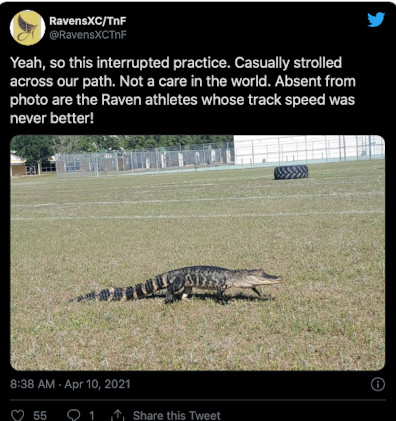
“Coach Mills says the athletes’ running times were record speed that day – wonder why,” the school board official said. “It was great practice for their district competition tomorrow at Alonso.” Few Canadian runners would know what it’s like to cross paths with an alligator on a run (and anyone who has had this experience didn’t see any gators in Canada), but we’re willing to bet that this would be a great motivator to drop some fast times in training.
Alligators can reportedly reach speeds of more than 17K per hour, which is quite impressive for an animal with such short legs. In running terms, this is 3:23 per-kilometre pace. Gators can lay down some quick times if they feel like it. The good news for any runners who do encounter a gator in the future like the Alonso High track team did is that these animals can’t maintain that speed for long, and their poor endurance will likely be the key to your getaway if one decides to chase you.
(04/24/2021) ⚡AMPby Running Magazine
Earth Day 2021: athletes and brands that are making a difference
The Kilian Jornet Foundation
Fans of the sport will know Spanish ultrarunning champion Kilian Jornet well, but they might not realize that he has his own foundation that is dedicated to climate action. The Kilian Jornet Foundation (KJF) works to protect the world’s mountains, which are near and dear to Jornet’s heart, because when he’s not running up a mountain, he’s probably climbing one. As temperatures rise globally, the snow, ice and glaciers found on the world’s mountains melt, leading to rising sea levels, which can cause even more problems, including increased rates of natural disasters, the destruction of unique ecosystems and more.

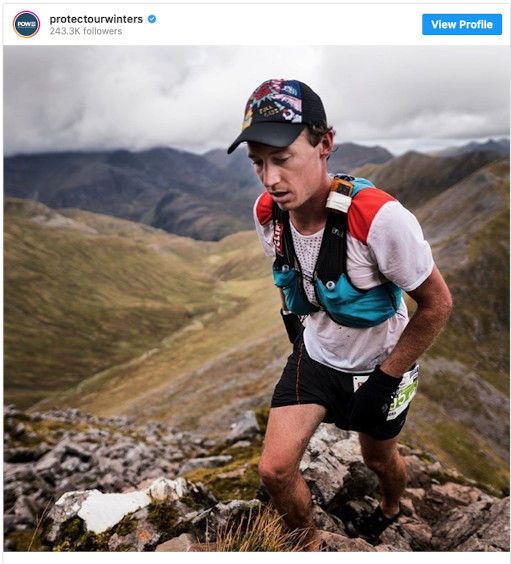
“Mountains play a key role in our global system,” the KJF site reads. “Without them and their environment there would be no life, and that is why it is essential to conserve and manage them sustainably.” The KJF is linked to other nonprofits that focus on mountains, nature and sustainability, and the site also lists how individuals around the world can play a role in protecting the environment.
Protect Our Winters
Protect Our Winters (POW) isn’t a running-specific nonprofit, but it does have the support of multiple runners and several running brands. As the organization’s name suggests, its goal is to save winter, which is becoming shorter and shorter around the world as global temperatures continue to rise. POW uses its network of outdoor athletes to fight for change, with the ultimate goal of playing a part in achieving carbon neutrality by the year 2050. A number of runners are part of the POW team, including Rickey Gates, who is well known for having run every street in San Francisco. To learn more about POW,
The North Face
The North Face also supports POW, but the company has climate initiatives of its own. A big project from the brand is its Exploration Without Compromise lineup of products. Clothing and gear with the Exploration Without Compromise badge is made from at least 75 per cent recycled, regenerative or responsibly sourced renewable materials. The company calls this “sustainably-conscious gear,” and there are plans to add to this product line with “circular systems” of recyclable gear that The North Face will develop itself. These products will be “designed for circularity,” and the company says they will hit stores in 2022. For more on The North Face and its commitments to sustainability,
The Ultra-Trail World Tour
The Ultra-Trail World Tour (UTWT) is responsible for some of the world’s biggest and most famous ultramarathons, but it is also the parent organization of a new initiative called Trail with Purpose. This was introduced this year, and it’s a UTWT effort to promote the preservation of the environment and climate action. “Run and challenge yourself, yes, but don’t forget to commit to a sustainable future,
Trail with purpose
View on the original site.
This initiative will be centred around three “forums” that will be held throughout 2021. These forums will feature climate experts who will speak to how race organizers and runners can “meet the challenges of tomorrow’s world” and play a role in the fight against climate change. The first forum will take place in May, and it will focus on business practices that are “compatible with the environment.” The next is in June, and it’s all about water management during running events. Finally, the third forum will be held in August, and it will look at how organizers can minimize the impact their events have on the environment. Click here to find out more about the Trail with Purpose initiative.
(04/24/2021) ⚡AMPby Running Magazine
Rogers, Brazier and Taylor ready for top-quality test in Eugene
Global medallists Raevyn Rogers, Donavan Brazier and Christian Taylor are preparing for an early-season top-quality test of their form at the USATF Grand Prix – the first World Athletics Continental Tour Gold standard meeting of 2021 – on Saturday (24).
As well as offering the opportunity for some high-class clashes, the event also gives the US trio the chance to compete at Eugene’s recently renovated Hayward Field, which will stage the US Olympic Trials in June and this weekend welcomes athletes for its first professional competition since 2018.
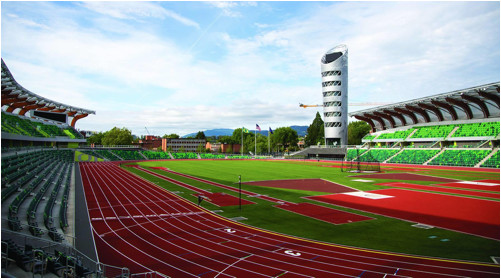
“I am very nervous and excited to compete at the new Hayward,” said Taylor, the four-time world and two-time Olympic triple jump champion. “I had the previous stadium record and had lifelong memories made in front of the grandstands. This is a glorious new beginning but also has that special sense of the unknown.
“This will be a very serious competition for us,” he added, “to have an idea of exactly where we are and what areas we need to focus on moving forward.”
While Taylor has fond memories, world 800m champion Brazier is looking to make up for the disappointment he felt when he last raced at the iconic venue five years ago.
“I’m really excited to race there,” said the 24-year-old, who this time steps up to compete over 1500m. “The last time I raced there I ran pretty bad, I think it was the Olympic Trials in 2016, so I’d like to get the monkey off my back and finally start racing good again in Eugene.
“We’re going to see where we’re at this weekend and that’s part of the reason why we’re doing the 1500m instead of 800m.”
Rogers – star of the track and tower
For Rogers, it's a sense of ‘being home’.
“It is a huge weekend, especially to be running the 800m at Eugene,” said the world 800m silver medallist, who won multiple NCAA titles while racing for the University of Oregon. “I’m just looking forward to kicking it (her 800m season) off and seeing where all of this hard work in practise will lead to.”
Rogers is one of five icons – along with legendary coach Bill Bowerman, Steve Prefontaine, Ashton Eaton and Otis Davis – pictured on the Tower at Hayward Field and on whether there will be any extra pressure to perform, the 24-year-old said: “Just to be able to run the 800m at the ribbon-cutting meet, I did express (to her coach, Pete Julian) ‘you want me to do my first 800m in Eugene at the new stadium?!’ Of course, I was factoring in some of that pressure, but he was very reassuring to understand that the focus is about June and of course later on, God willing, the Olympics.
“It’s more to see where we are and get some races under our belt. That helped a lot to ease some of those outside thoughts in my head in regards to factoring in the pressure of running at the stadium.”
As well as it being the ‘ribbon-cutting’ professional competition at the reimagined Hayward Field – which will host next year’s World Athletics Championships Oregon22 – the event also kicks off this year’s Continental Tour Gold-standard series of meetings. The aim of the Tour is to offer a coherent global series of the best international one-day meetings outside of the Wanda Diamond League.
“I’m excited about the fact that we are getting some World Athletics type of races in,” said Rogers. “I feel like we are still kind of holding on to the slowness of last year, with things not being open, but now people are feeling like vaccinations are a little bit more allowing of us getting outside and being able to do things. And so now that we are able to focus on getting some good competition and more races in, I think it will help get more of that type of competitive experience that we have when it comes to the Olympics, because this is really necessary.
"I feel like as we get into championship season, since it is in almost two months, it’s super necessary and the time window to be able to get those type of races in is very short. So the fact that they are trying to implement this World Athletics Continental Tour will help get those Diamond League type of races and experiences in, instead of just having to have them straight at the Olympics.”
Following the Continental Tour Gold season opener in Eugene, the series will move on to California, Tokyo, Ostrava and Boston in May before meetings in Hengelo, Turku, Bydgoszcz and Szekesfehervar ahead of the Olympic Games in Tokyo.
(04/24/2021) ⚡AMPby Jess Whittington for World Athletics
With fewer than 100 days until the Olympics, Canadian athletes are running out of time to qualify for Tokyo.
The end of the qualification period is even closer, and Olympic hopefuls in the marathon only have until May 31 to book their tickets to the Games, which begin just under two months later on July 23. With only two spots officially taken on the Canadian Olympic marathon team, four remain up for grabs, but with racing opportunities becoming more and more scarce, it looks like the team headed to Tokyo could be set. Here’s how the Canadian squad looks right now, plus other athletes on the outside looking in.
Trevor Hofbauer and Dayna Pidhoresky are the only two Canadian marathoners who have been able to breathe easily in the past 18 months, after they both won at the Canadian Olympic Marathon Trials in Toronto in October 2019. Hofbauer won the men’s race in the second-fastest time in Canadian history, posting a massive PB of 2:09:51. His run, which was well under the Olympic standard of 2:11:30, locked him in as the first member of the Canadian team headed to Tokyo.
Not long after Hofbauer crossed the finish line, Pidhoresky won her spot alongside him on the Canadian team. Like Hofbauer, she also ran a huge PB, crossing the line ahead of the Olympic standard of 2:29:30 and breaking the tape in 2:29:03. While some athletes have put themselves in great positions to be named to the Olympic team, Pidhoresky and Hofbauer are the only two who know with 100 per cent certainty that they will be in Tokyo this summer.
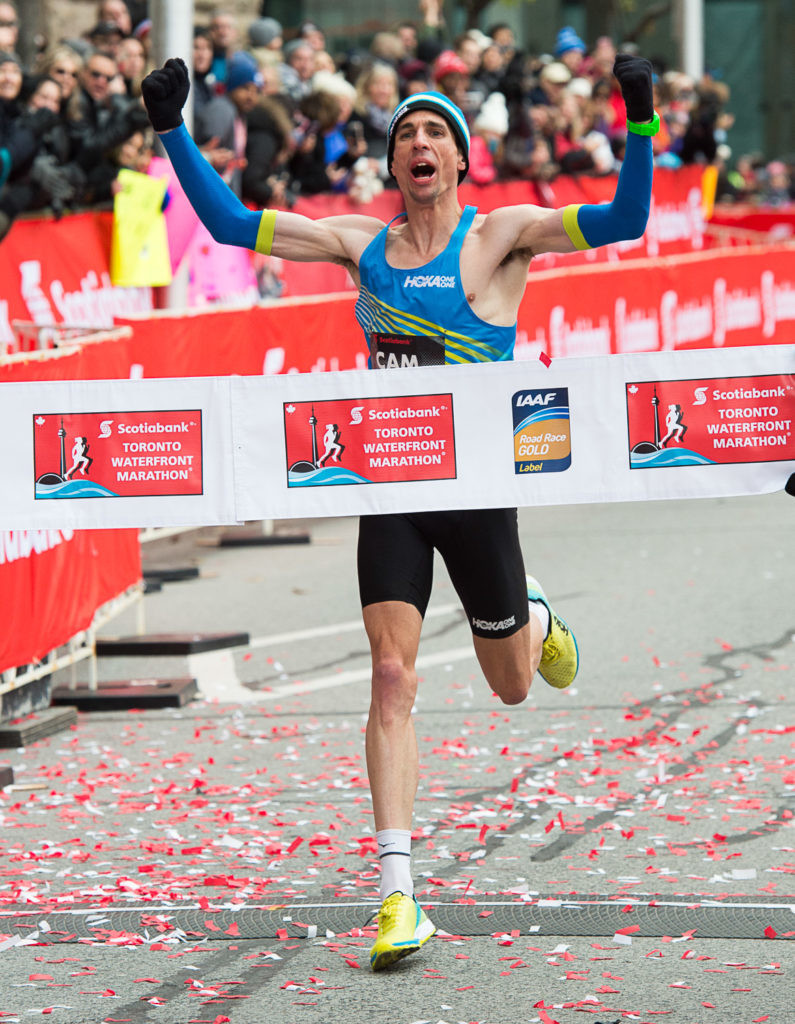
Hit standard

Rachel Cliff was the first Canadian to hit standard in the qualifying period after she broke the Canadian marathon record with a 2:26:56 run in Japan in March 2019. This was more than a minute quicker than the previous national record of 2:28:00 (set by Lanni Marchant in 2013), and at the time, it looked like it was more than enough to guarantee Cliff’s spot on the Canadian Olympic team.
Then Malindi Elmore shattered the national best once more, lowering it to a remarkable time of 2:24:50 at the Houston Marathon in January 2020. This was an amazing and unexpected result from Elmore, and it immediately shot her to the top of the list of eligible runners to send to Tokyo. Even so, Cliff’s 2:26:56 result still looked like it would get her to the Games, but then Natasha Wodak ran an incredible 2:26:19 at The Marathon Project in Arizona in December. The run was Wodak’s first crack at the marathon since her debut in 2013, and it suddenly put her in the third and final position for the Canadian Olympic marathon team.
On the men’s side, matters are much simpler, as only two runners (other than Hofbauer) have hit Olympic standard. Tristan Woodfine was the first to do so, running a PB of 2:10:51 at the elite-only London Marathon in October. A couple of months later, Ben Preisner ran his official marathon debut at The Marathon Project, where he recorded a 2:10:17 finish, which is the fourth-fastest time in Canadian history. Unless someone else runs Olympic standard in the next month, Woodfine and Preisner will join Hofbauer in Tokyo.
Outside looking in
Despite running one of the best marathons in Canadian history, Cliff is now the third-best option to fill one of the spots for the Summer Games. Also in the conversation is Lyndsay Tessier, who qualified for the Games with her top-10 finish at the 2019 World Athletics Championships in Doha, Qatar. In a brutally hot race held in the middle of the night in Doha, Tessier battled for 42K, sticking at the back of the pack for most of the run. While many of her competitors that night dropped out due to the heat, Tessier stuck with it, eventually passing much of the field and climbing to ninth place.
Like Cliff, though, Tessier’s result will be measured against those of Elmore and Wodak. Of course, it’s up to Athletics Canada to pick the team, but based on their individual times, it looks like Elmore and Wodak will be the two women who will join Pidhoresky on the start line in Tokyo.
In the men’s race to Tokyo, the next runners on the list are Cam Levins and Rory Linkletter. Levins is the Canadian marathon record holder, but he ran his PB of 2:09:25 in 2018, several months before the Olympic qualification window opened. Since then, he has missed Olympic standard on three occasions, running 2:15:01 at the Canadian Olympic Trials, registering a DNF at the 2020 London Marathon and posting a 2:12:15 finish at The Marathon Project. Linkletter has only run two marathons, with his second coming at The Marathon Project as well. There, he ran close to a four-minute PB, but he wasn’t fast enough to hit standard, crossing the line in 2:12:54.
Time is running out for any athletes hoping to nab a spot on the Canadian marathon team headed to Tokyo, and anyone who’s on the outside looking in better take a chance soon, although at this point, finding an official race could be the most difficult part of the entire process.
(04/23/2021) ⚡AMPby Ben Snider-McGrath
Tokyo 2020 Olympic Games
Fifty-six years after having organized the Olympic Games, the Japanese capital will be hosting a Summer edition for the second time, originally scheduled from July 24 to August 9, 2020, the games were postponed due to coronavirus outbreak, the postponed Tokyo Olympics will be held from July 23 to August 8 in 2021, according to the International Olympic Committee decision. ...
more...World Champs timetable for 2022 season
Athletes will find tackling two events more straightforward with a spectator-friendly schedule that attempts to tick many boxes
Doubling up at the World Championships will be easier next year after the organisers in Oregon released their competition timetable for the 2022 event at Hayward Field.
The 100m and 200m, 200m and 400m, 800m and 1500m, 1500m and 5000m, 5000m and 10,000m will all now be possible without athletes having to contest more than one discipline on any given day. Other possible doubles include long jump and triple jump, plus the 20km and 35km race walks – although the race walks fraternity is unhappy the 50km distance has gone.
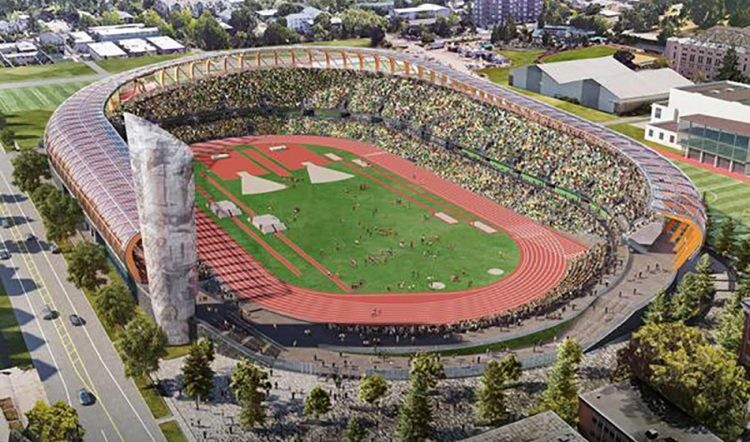
The 10-day schedule from July 15-24 finishes four days before the Commonwealth Games in Birmingham begin, whereas the European Championships in Munich start on August 15.

Medals will be decided in all evening sessions and some morning sessions too. Hammer throwers and 10,000m runners, for example, will have to start their warm-up early in the day for their finals.
The first day also ends with a 4x400m mixed relay final but there are heats on the same day a few hours earlier.
Another break with tradition will see 1500m finals during the first half of the championships. The blue riband 100m finals, however, are still on the first weekend.
There are no morning sessions from July 19-22, while July 18 looks like a big day for British interest with the climax of the heptathlon, Laura Muir potentially in the women’s 1500m and Dina Asher-Smith opening her 200m campaign. For Katarina Johnson-Thompson, a heptathlon and high jump or long jump double is also possible.
The final individual event of the entire championships will be the decathlon 1500m, which organisers say is in tribute to Oregon’s home-grown Olympic and world decathlon champion Ashton Eaton.
For the first time, the championships will end with the women’s 4x400m, honouring a pledge to greater gender equality that World Athletics made on International Women’s Day last month.
“The design of our world championships timetable is both an art and a science, with a lot of moving parts to fit together,’’ World Athletics president Sebastian Coe said.
“We’ve strived to create every opportunity for our athletes to shine, in the stadium, on the road and on screens around the world, and we’re looking forward to watching them do that in Oregon, as our flagship event is held in the United States for the first time.
“You won’t want to miss it,” added Coe, who frequently tackled the 800m and 1500m double during his competitive days.
(04/23/2021) ⚡AMPby Athletics Weekly
Eric Avila and Rachel Schneider both won the first national titles of their careers on Wednesday
The U.S. road mile championships took place in Des Moines, Iowa, on Wednesday evening, and the winners in both the men’s and women’s races won the first national titles of their careers.
Eric Avila took the men’s crown, surging to a 3:58.96 finish, and Rachel Schneider won the women’s race in 4:30.26. The races kicked off the Drake Relays, which will run until Saturday.
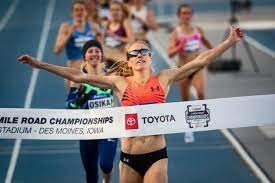
Avila’s first win
Before Wednesday, Avila’s best result in a national championship race came in 2019 at the USATF Outdoor Track and Field Championships. This event was also in Des Moines at Drake University’s stadium, where the mile races finished on Wednesday (the races started on the Drake campus before entering the stadium for the final 600m). Avila ran to a fifth-place finish in the 1,500m in 2019, running 3:45.93.
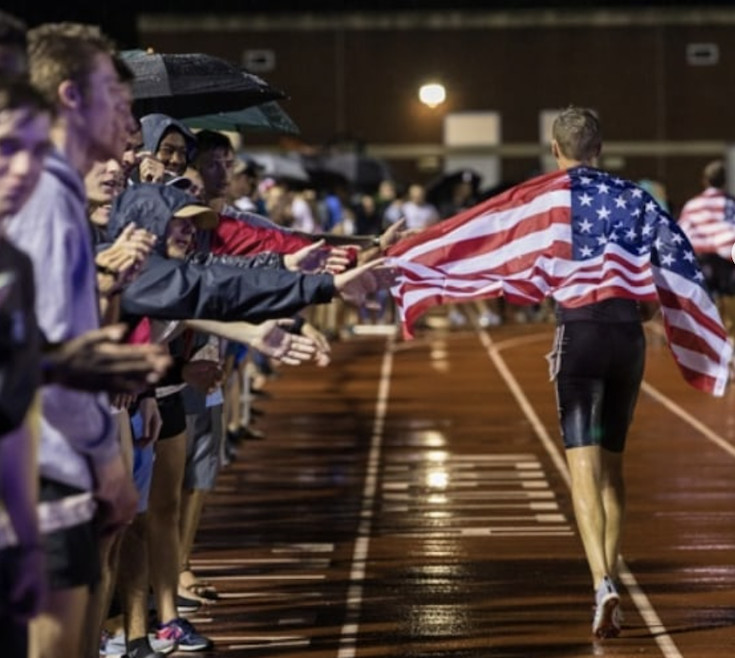
Now, at the age of 31, Avila has his first national title, and he won it in impressive fashion. The men’s race started with a quick opening split of 54.69 from Jeff Thies, who got out to an early two-second lead after the first lap. Thies remained at the front of the race for the next two laps, and although he extended his lead to five seconds after the 800m mark, he faded significantly in the latter half of the race, and his lead was cut to two and a half seconds with one lap to go. Thies closed the race with a 66-second 400m, opening the door for Avila and the rest of the field.
Avila had the fastest last lap of the race, closing in 55.72 seconds to just edge out Craig Engels for the win. Engels finished in second in 3:59.24, and Clayton Murphy rounded out the podium in 3:59.52. Despite his early-race heroics, Thies faded to 10th place.
Schneider’s national crown
Wednesday’s race was also the first USATF championship of Schneider’s career, but she had gotten closer than Avila did to a national title in years past. In 2015, she placed fifth in the 1,500m at the national championships in Oregon, and in 2018, again in Des Moines, she finished fourth in the 1,500m and second in the 5,000m. A year later, she returned to Drake University to race the 5,000m once more, finishing in fourth and earning a spot on the American world championship team. She competed in Doha, Qatar, at the world championships, where she finished in eighth in her heat.
Schneider has had a good career, but a national crown had always eluded her. That changed on Wednesday when she ran an impressive and dominant race in the mile. After the first lap, she was in second place, but only one second behind early leader Anna Shields. By the halfway mark, Schneider had grabbed the lead, and she didn’t let it go, opening up a one-second gap between her and eventual second-place finisher Shannon Osika. Schneider crossed the line in 4:30.26, with Osika just behind her and Heather Kampf in third.
(04/23/2021) ⚡AMPby Ben Snider-McGrath
Five things to consider when shopping for new running gear
It’s the question every runner asks, but what is the best solution for ensuring a great run every time? Here are five things to consider when shopping for new running gear.
Storage
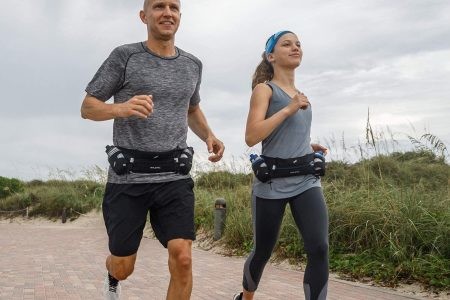
Running armbands are often the least expensive option, whilst offering a practical solution for running with your phone, armbands can’t offer much more than phone and key storage. Running belts often allow runners to carry slightly more – perhaps gels, keys and your phone – but running with even these few essentials around your waist can affect your technique.
Running Vests not only allow you to bring your essentials on your run but won’t affect how you move – providing your vest is a good fit to your body. The V1 and VR vests from Freetrain are equipped with a clever little divider inside the phone pouch where you can store cards & cash. The vests also have a Velcro pocket on the right-hand side for keys and a larger zip pocket on the left for things like energy gels, bars, or even an inhaler.
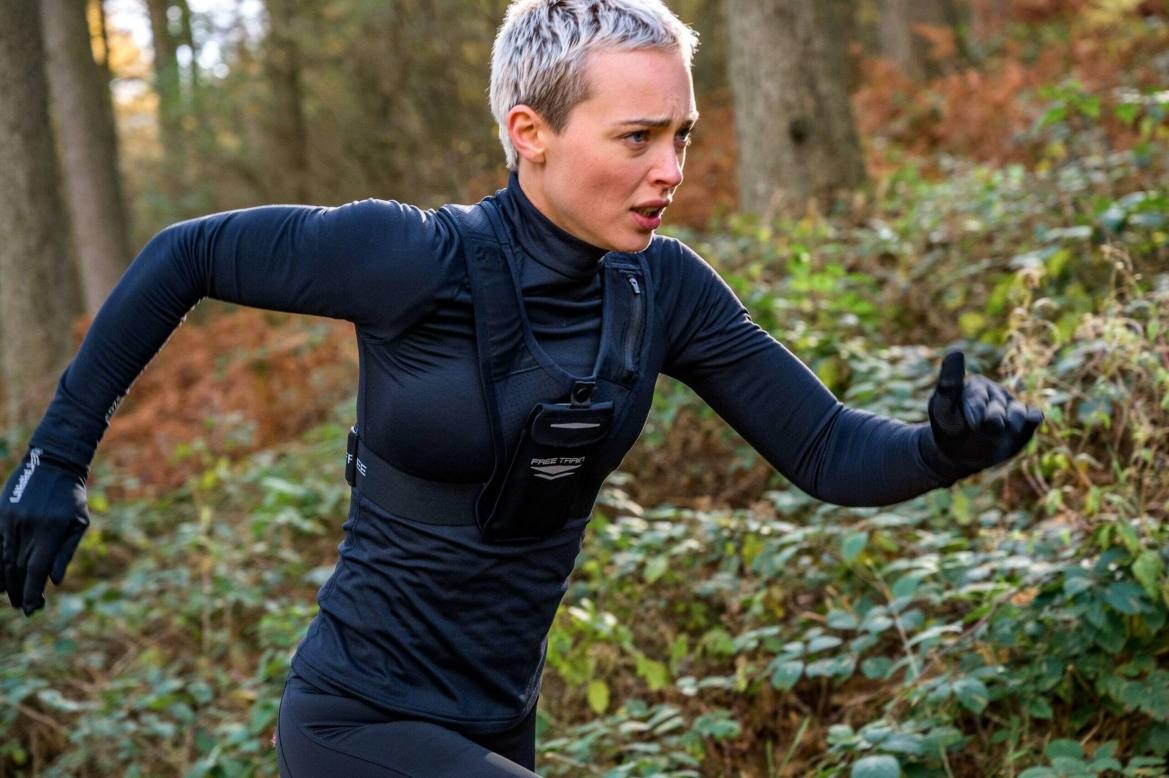
Weight Distribution
Despite their functionality and lower cost, arm bands and waist belts don’t offer even weight distribution. Running with your phone on one arm or holding items around your waist can change your posture and gait and this uneven distribution of weight is proven to lead to injuries.
Running vests allow the wearer to move freely, distributing the weight of their phone and essentials across the body to avoid injury. Freetrain vest pockets are positioned to ensure comfort and technique aren’t compromised whilst you’re in the zone.
Easy Access
Most belts don’t offer visibility or access whilst moving. Arm bands provide basic visibility and access via clear plastic screen protectors, although it can be difficult to check stats or change a song mid-run due to their position on the body.
Freetrain vests are uniquely designed to allow you to check and use your phone on the go. Unlike any other model on the market, the vests feature a centrally located phone pouch which is designed to give seamless access to change song, check maps or even answer calls & eliminate bouncing.
Higher visibility
Whilst some armbands and running belts feature a reflective strip or material, due to their smaller size and location on the body, this can easily be missed by fast-moving traffic. The benefit of reflective running vests is that they offer visibility on a larger surface area – making you more visible on darker runs.
The Freetrain V1 and VR vests both feature reflective print on the front back and sides. The VR vest offers enhanced visibility as it’s from ultra-reflective material that lights up the dark.
Anti-Slip
Armbands and waist belts are often criticized for slipping or riding up during runs. This can hinder performance and make for an uncomfortable run. Running vests fit over the body and are secure – with no need to fix position during a run.
Freetrain vests are designed with lightweight materials that won’t weigh you down. The adjustable waistband allows you to find the perfect fit and the front phone pocket won’t budge, even during the most intensive workout.
The newest innovation in running wear has the answer- the Freetrain V1 and VR running vests are designed to allow you to move freely whilst carrying your phone and essentials. The vests’ balanced weight distribution won’t hinder progress or alter technique and the easy access flip-down phone holder lets you change songs, check progress or respond to messages and calls whilst you’re moving.
(04/23/2021) ⚡AMPby Colorado Runner
Roza Dereje’s dream of bringing marathon glory to Ethiopia
When Roza Dereje broke the tape at the Valencia Marathon in December 2019, smashing the course record in a time of 2:18:30, and becoming the then-eighth fastest marathon runner of all time, she beamed, elatedly.
When she returned home from Valencia, she hosted coaches, Haji Adilo, Kasim Adilo, and Moges Taye, her physiotherapist, Jeroen Deen, and a few others in her inner circle at her home in Sululta as a show of appreciation for their support. Dereje is not one to forget who helps her along each step of the way.
One of the figures in her life that features prominently when she speaks of supporters is her late father, who was an avid running fan. Many women from the countryside in Ethiopia who begin running do so at the behest of their parents, who see the slim rates of success and enormous devotion as a precarious life path. But Dereje’s father, along with her mother and four brothers, encouraged her from the start.
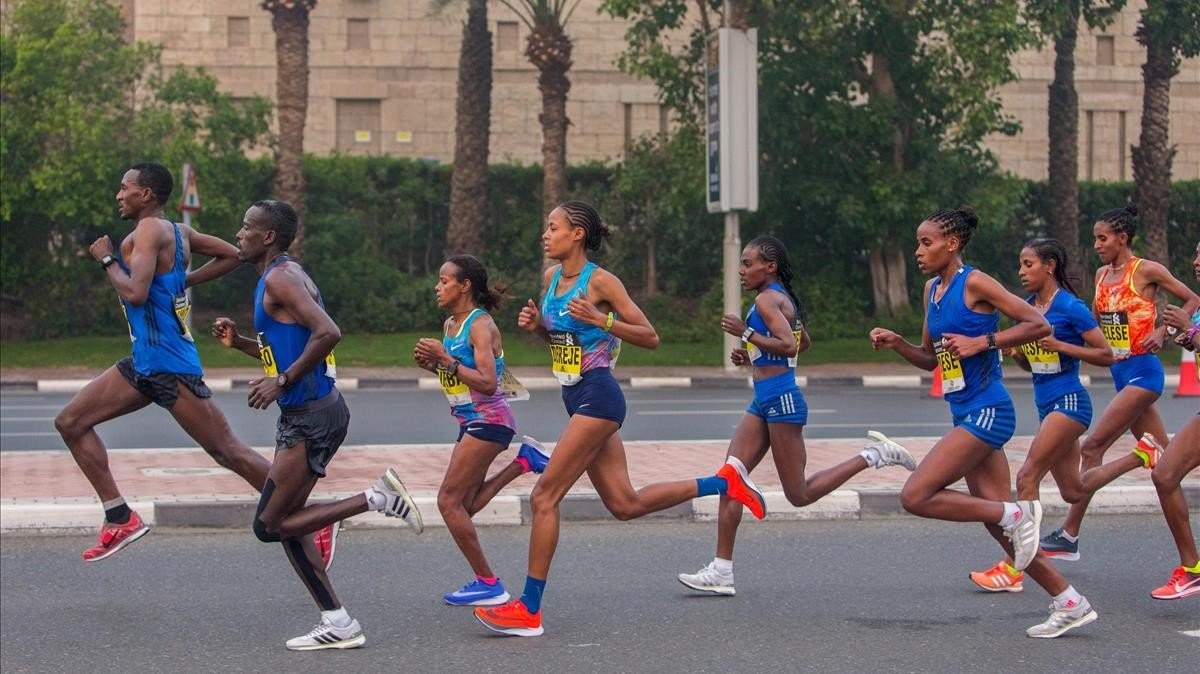
“Before my father died, he would take me to the regional competitions,” recounts Dereje. “My family was always happy and encouraging. They just told me to finish my 10th grade education and continue running as I wanted.”
In her native district of Selale, in the Oromia region of Ethiopia, Dereje took inspiration from Derartu Tulu and Tirunesh Dibaba, whom she would see on television. With the support of her family, and after fulfilling her promise to complete the 10th grade, she moved to Bekoji to train with a project – a type of training group for junior athletes in Ethiopia that usually does not receive government support, unlike the extensive network of funded clubs. There, she focused on the 800m and 1500m.
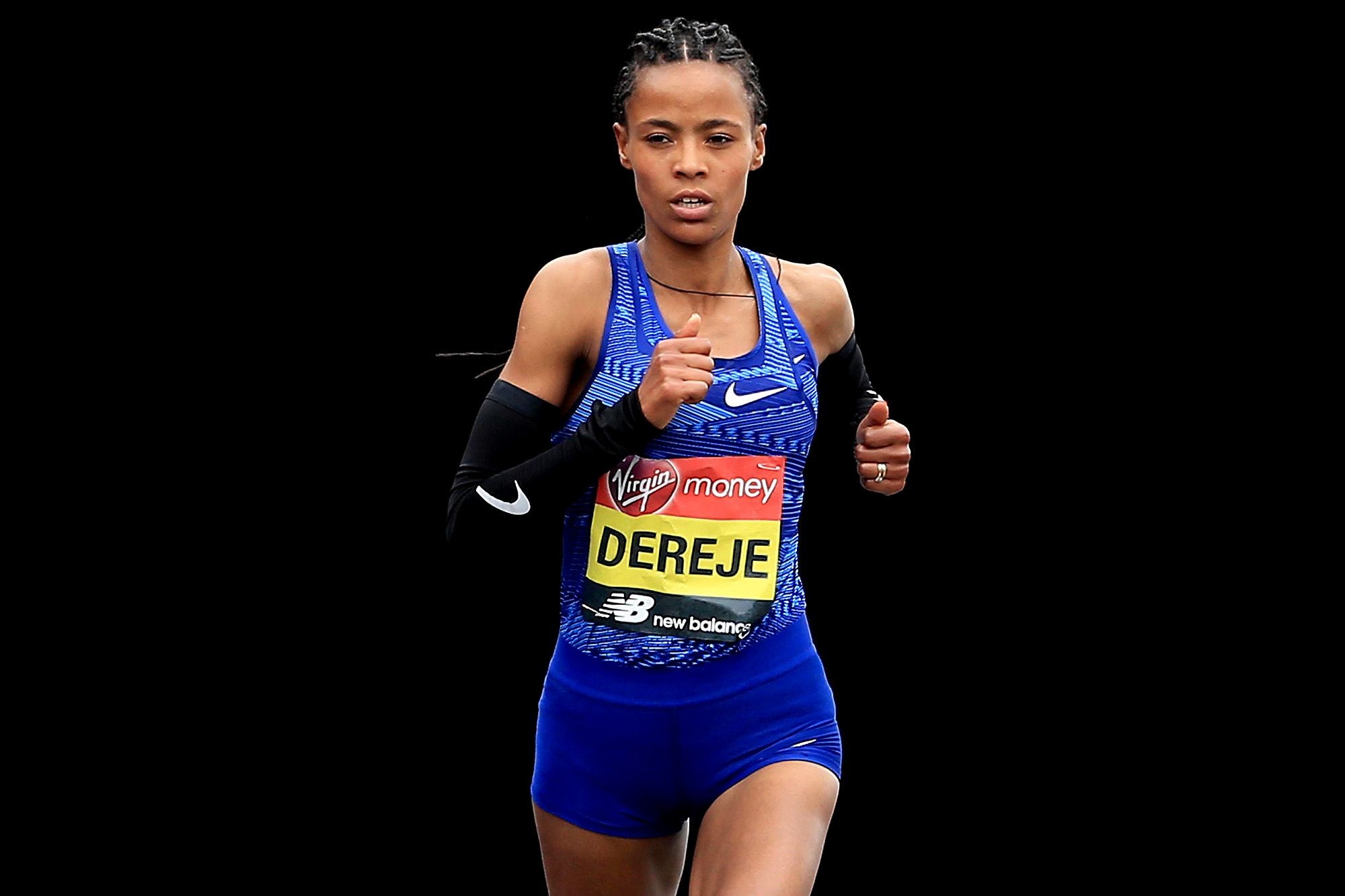
However, Dereje always had interest in eventually running the marathon, and when she won a local half marathon, she caught the eyes of two key figures in her life – her future coach, Haji Adilo, and her future husband, Dereje Abera Ali.
Dereje credits her husband for a lot of her success. Not only did he teach her a lot about training, and take on doing most of the housework – a dramatic gender role reversal in Ethiopia – but he gave her the confidence to succeed in the longer distances.
Her first competition outside of Ethiopia was a marathon in Algeria in 2015 where she finished fourth in 2:34:02. She won the Shanghai Marathon in 2016 and successfully defended her title in 2017. In 2018, an early win at the highly competitive Dubai Marathon in 2:19:17 proved Dereje had what it took to be one of the best ever.
“Roza listens, respects, and trusts in her coaches,” said Adilo, her coach, who has overseen the training of several Olympic and world champions. He thinks she is one of the most talented athletes he has worked with to date. “These are the types of athletes that go far. From the beginning she has improved steadily, year to year, and I think she will become of the best, ever.”
Dereje’s agent, Hussein Makke of Elite Sports Marketing and Management, echoed similar sentiments about Dereje’s character beyond sport. “Roza is a really different and special athlete. She has confidence in both herself and those around her and this reflects in the way she conducts business with her coach and the management so professionally. She’s easy to work with and really one of the best athletes I’ve ever managed.”
In 2019, Dereje finished third at the London Marathon before winning what was her last full marathon in Valencia. She was prepared to race the London Marathon in early 2020, but that race, along with most others, was postponed due to Covid-19. A small set-back led to her sitting out the rescheduled edition of the London Marathon late last year, opting to focus solely on the Tokyo 2021 Olympic Games.
There’s a very common saying in Amharic – kas be kas inculal be egeru yiheal – that translates roughly to, ‘Slowly by slowly, the egg grows legs’. Essentially, it means that this kind of incremental improvement will lead to a sustained success, without any severe fall back. Dereje’s attention to detail, trust in her husband, coaches, and agents, and commitment to her training programme is based on this proverbial advancement.
More than winning any major marathons and breaking course records, representing Ethiopia, and bringing home the gold at the Olympics, drives her steady training.
(04/23/2021) ⚡AMPby World Athletics
Tokyo 2020 Olympic Games
Fifty-six years after having organized the Olympic Games, the Japanese capital will be hosting a Summer edition for the second time, originally scheduled from July 24 to August 9, 2020, the games were postponed due to coronavirus outbreak, the postponed Tokyo Olympics will be held from July 23 to August 8 in 2021, according to the International Olympic Committee decision. ...
more...Performance-enhancing probiotics: A new frontier for running performance?
Do you know the bacteria in your gut can enhance running performance? Or the sports you play when you are a kid impact your bone health as an adult runner? Or your ability to run in the heat depends on how well you hydrate?
At the annual sports nutrition conference hosted in March 2021 by SCAN (the sports nutrition practice group of the Academy of Nutrition & Dietetics; SCANdpg.org), the speakers offered updates on these topics of interest.
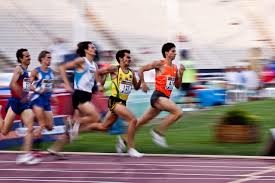
Performance-enhancing probiotics: A new frontier?
Elite runners have endurance, strength, strong minds, and the ability to recover from injuries. Could these positive traits be connected to the kinds of microbes in their guts (their microbiome)? Are the gut-brain and the gut-muscle connections in elite runners comparable to those of non-runners? Could specific gut microbes help non-elite runners run faster?
To discover the impact of the microbiome on exercise performance, FitBiomics, a biotechnology company, is studying the microbiome of top athletes, looking for performance-enhancing microbes. For example, marathon runners (compared to non-runners) have a higher amount of the bacteria Veillonella that efficiently eats lactic acid and reduces inflammation.
Mice fed Veillonella improved 13% in endurance running. What if marathoners consumed Veillonella supplements? Would that help them run longer? Faster? More research is needed, but the information to date seems promising. Stay tuned!
(04/22/2021) ⚡AMPby Colorado Runner
Will There be Local Spectators at the Tokyo Olympics?
With a recent upsurge in the number of covid cases in Japan, and in particular the Tokyo Prefecture, the Tokyo Olympic Organising Committee of the Olympic Games faces a decision on how many domestic spectators will be allowed into Games venues.
It was previously announced that no one from outside of Japan would be allowed into the country as a spectator at the Games.
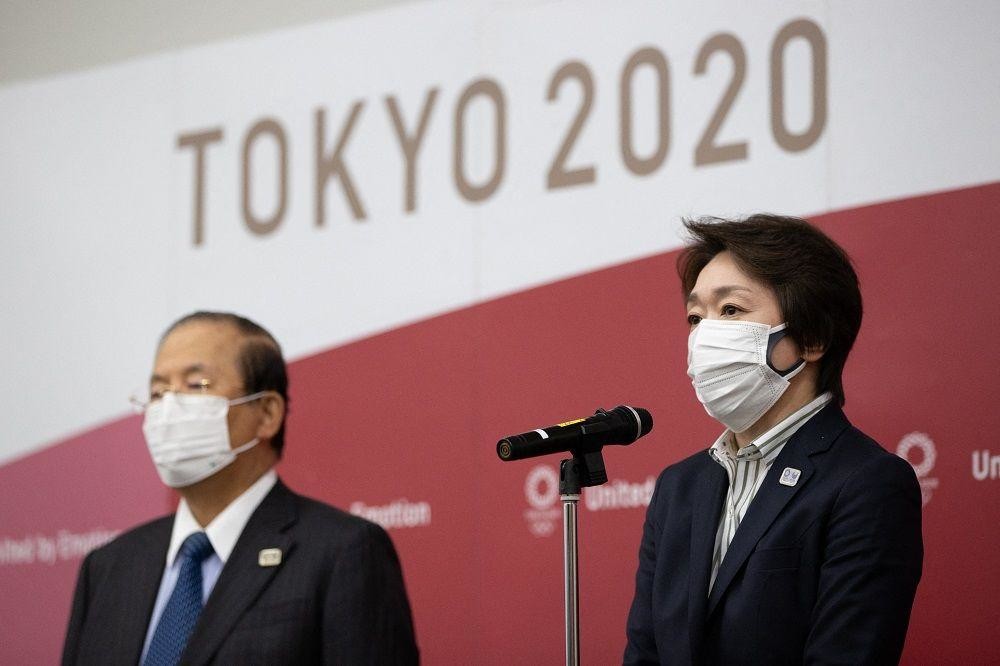
A decision on local local spectators had been imminent but, with the developing situation, has been put off as long as possible but will likely have to be made in June with the involvement of the International Olympic Committee and the Tokyo metropolitan government.
(04/22/2021) ⚡AMPTokyo 2020 Olympic Games
Fifty-six years after having organized the Olympic Games, the Japanese capital will be hosting a Summer edition for the second time, originally scheduled from July 24 to August 9, 2020, the games were postponed due to coronavirus outbreak, the postponed Tokyo Olympics will be held from July 23 to August 8 in 2021, according to the International Olympic Committee decision. ...
more...How to relieve running leg cramps quickly
How to relieve running leg cramps is a question that comes up often. Cramps can literally ruin your race and boy can they be painful.
There are several ways to stop the cramp when it rears its ugly head but also try and understand why your suffer from leg cramps in the first place and how you can prevent them coming back.
Imagine this scenario.......
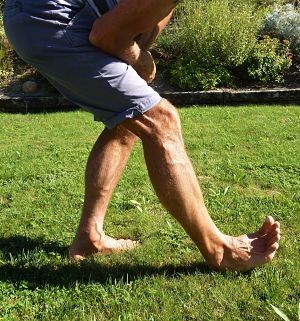
You have just hit the half way point in your marathon or race and you start to feel one or both calves twitching or tightening. You ignore it, after all you are trying to get a PB or at least finish the race. Over time, the twitching and tightening becomes more frequent and then it starts to become painful so that you actually have to slow down. Eventually the pain is so bad that your calves actually feel like they have locked up and you have to stop running immediately.
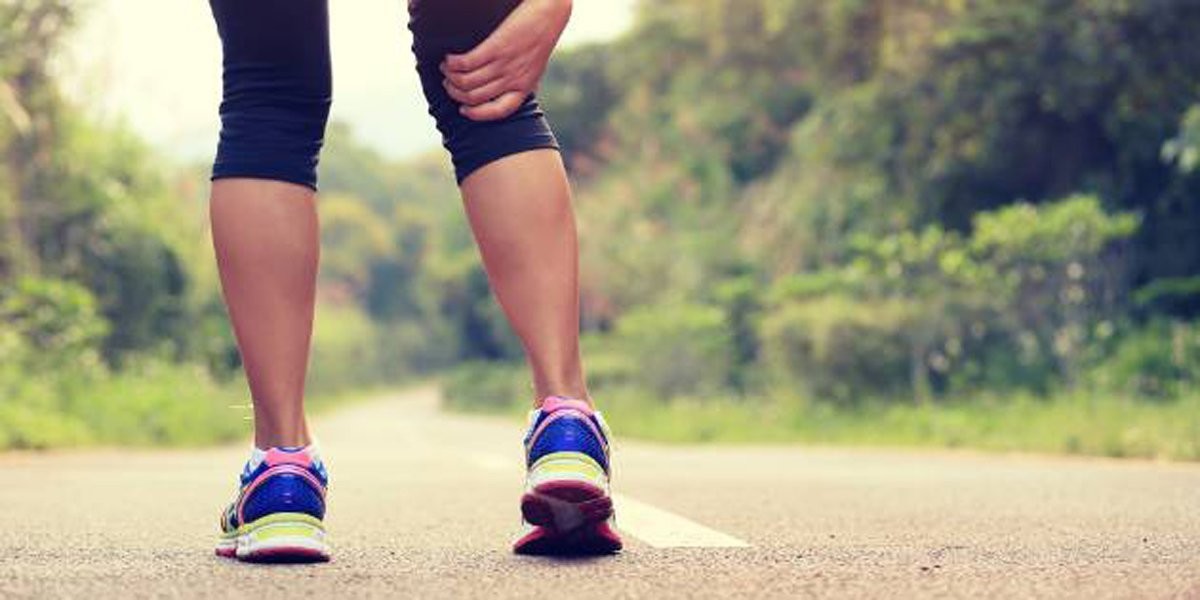
Sound kind of familiar?
How to relieve running leg cramps
The first thing to when you feel the cramp starting, is to stop running and to try and relax the contracted muscle. If you are doing a race, this can seem devastating to you but it might help you at least finish the race.
Then you need to do a process called reciprocal inhibition technique.
What this means is that you FIRST need to contract the opposite muscle (shin bone muscle in this case) so that the contracted muscle (calf muscle) can be relaxed and thus relieve the cramp.
It sounds complicated but once you do it you´ll automatically know how to repeat it.
Self Help whilst satnding:
Whilst standing, place the affected leg a step distance in front of you with the foot on the ground.
Bend your rear leg at the knee and start to sit back as though you are about to sit on an imaginary stool. Keep the affected leg out in front with a soft, slightly bent knee.
Whilst in the seated position, bend forward at the waist and at the same time raise the toes of your affected leg so that you heel is still on the ground but your toes are pointing towards your shin.
Concentrate on keeping your toes pointing towards your shin bone and think about contracting your shin bone muscle, rather than just stretching the calf muscle. As you contract the shin bone muscle, the calf will relax.
Hold that position for 10 seconds then slowly let your toes drop back to the ground. Then resume an upright standing position. Repeat this a few times if necessary.
Once you start back running, go slowly and ease back into your pace. If you feel the cramp coming back, slow down and try and relax your legs. Repeat the stretch if you need to.
(04/22/2021) ⚡AMPby Mid Life Running
How Running Can Boost Your Immune System
Running has some amazing benefits in terms of resistance to infection. People who run, or exercise aerobically, at a moderate level experience fewer days of sickness from the common cold and other upper respiratory tract infections (URTI). What’s more, less competitive runners following lower-key exercise regimens have enhanced immune reactions to infection.
Many studies indicate that exercising at a medium intensity level reduces our risk of infection over the long term. How does this happen?
– Light or moderate running boosts our body’s natural immune system by circulating protective cells through the body faster, to attack and eliminate bacteria, viruses and fungi.
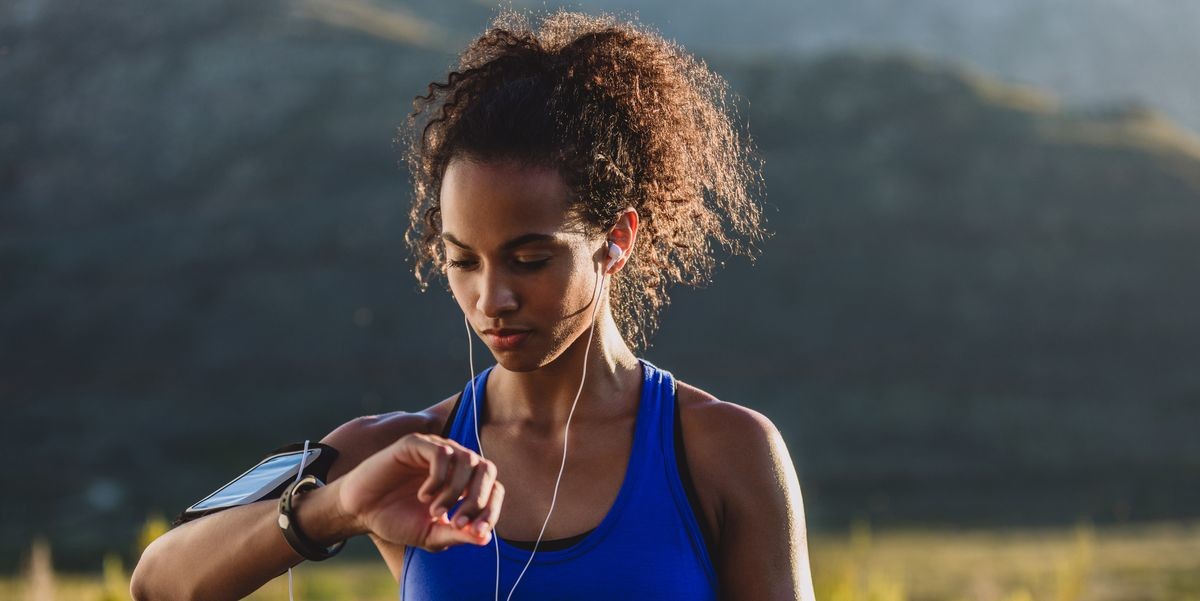
– Another theory holds that the increase in body temperature when we run may inhibit the growth of bacteria, thus reducing its foothold in the body.
– Some exercise scientists believe that regular running helps rid the lungs of airborne bacteria and viruses that cause URTI, while others say exercise causes the loss of carcinogens through increased sweat and urine loss.
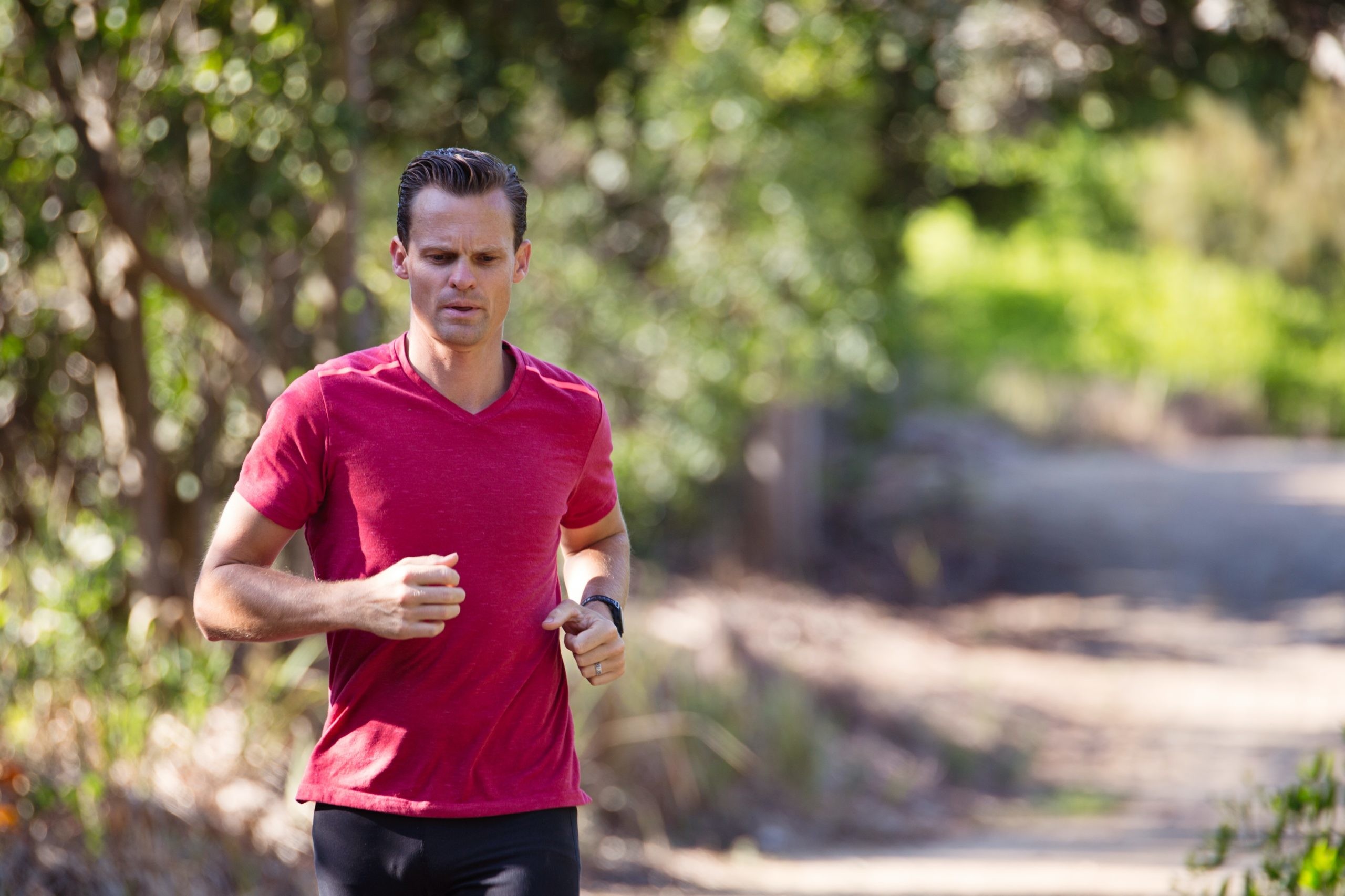
– Active people also experience lower rates of colon cancer and breast cancer. Researchers think moderate exercise boosts the body’s immune system, attacking malignancies that have viral origin.
Don’t overdo it
Overtraining can suppress normal immune function, so it’s important to get the right balance of frequency, intensity and duration of running or general fitness workouts. Overtrained runners at all levels have been shown to experience impaired immune systems, to the extent that they suffer from a higher number of upper respiratory tract infections (URTI) than untrained people.
URTI is also elevated following competitive endurance races such as marathons. And it appears that the longer the endurance event, the harder the athlete’s immune system is hit. According to research, there’s an “open window” of altered immunity, lasting from three to 72 hours after you run hard and for longer than 90 minutes. In this time, infectious microbes, viruses and bacteria may overcome your body’s natural defences, depending on your natural state of immunity at the time.
Tips for a strong immune system:
– Use carbohydrate drinks before, during and after running events or during very heavy exercise sessions. The recommended dosage is 30 to 60 grams of carbohydrate during exercise. This will lower the impact of the stress hormones on your immune system.
– Eat a well-balanced diet to keep vitamin and mineral levels in the body at optimal levels. Important vitamins and minerals that have the greatest impact on immune function are: vitamins A, E, B6, B12, folate, essential fatty acids, the amino acids glutamine, arginine, and L-carnitine. No research has conclusively shown that ingesting these in supplement form reduces URTI, but taking them in safe amounts will not do any harm, either.
– Avoid large crowds of people for 1-2 weeks after you finish a marathon or ultramarathon. You’re more susceptible to URTI during this time.
– Wash your hands with warm soapy water and minimize hand-to-eye and hand-to-nose contact, especially during cold and flu season.
– Do not exercise in a group setting if you have URTI, to avoid spreading it to others.
– Get adequate sleep on a regular schedule. Sleep disruption has been linked to lowered immunity.
– Keep your life stressors to a minimum, as high stress levels have been linked to URTI.
(04/22/2021) ⚡AMPby Canadian Running
No World Athletics Relays 2021 for Jamaica
Jamaica will not participate in the fifth staging of the World Athletics Relays, which is scheduled for Charzow, Poland, between May 1 and 2.
The development was confirmed by the Jamaica Athletics Administrative Association (JAAA), which pointed out through a press release that they had to pull the plug on their involvement in the relay carnival due to travel restrictions.
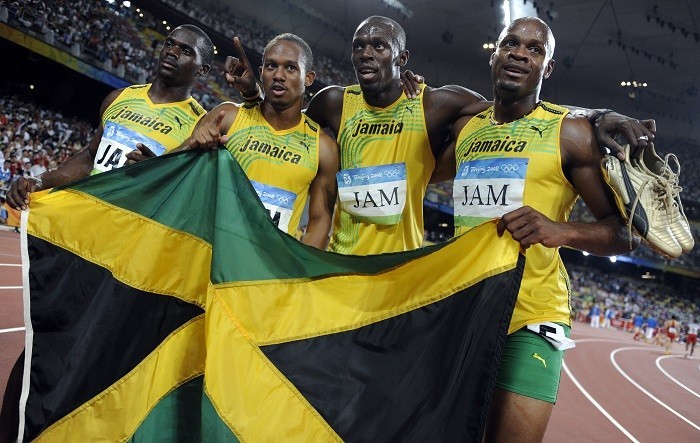
The JAAA had named a 39-member team a few days ago, which included sprinting star Elaine Thompson Herah and former 100m world record holder, Asafa Powell.
“Based on existing travel restrictions, routing and possibilities since then, caused by the SARS COVID-19 pandemic, it has become extremely challenging for the Jamaica team and officials to participate,” read the JAAA release.
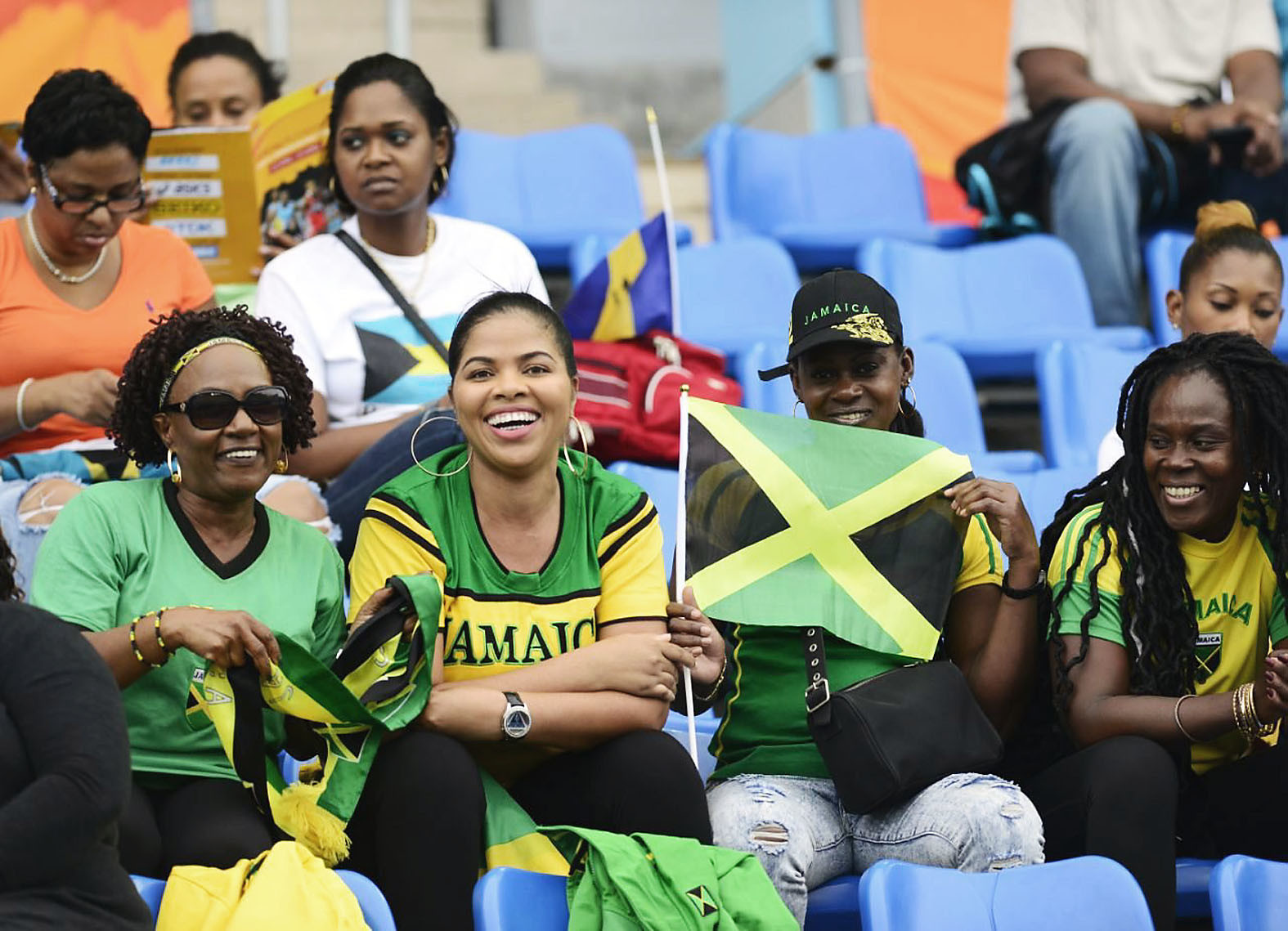
“In the interest of our athletes and stakeholders, we have decided to withdraw from the event.”
With several of the country’s top athletes not making themselves available for selection, the JAAA had named a weakened team, which caused some concern among local track and field fans. There was particular concern with the men’s 4x100m relay team, which is yet to qualify for the Olympics.
OTHER COUNTRIES DECLINED TO PARTICIPATE
With the daily rise of COVID-19 cases in Poland, other top nations like the United States (US) and Australia had earlier indicated that they would not be attending the meet.
Between April 5 and 18, 7,091 people died from the disease in Poland, while there were 249,483 cases over the period.
Jamaica and the US are the two most successful countries at the World Relays. The US has amassed 31 medals - 22 gold, 7 silver and 2 bronze, while Jamaica has won 19 medals, 5 gold, 8 silver and 6 bronze.
(04/22/2021) ⚡AMPby Raymond Graham
Irish former track and field athlete Sonia O’Sullivan will take Nike coaching role based in Portland, Oregon
Sonia O’Sullivan has agreed to take up a new assistant coaching role with a Nike training group based in Portland, Oregon beginning this week, initially in the run up to and including the Tokyo Olympics.
It will see O’Sullivan move from her current home in Melbourne to the US on Thursday, her new role as assistant coach to Pete Julian affording her the chance to work with some of the best distance runners in the world.
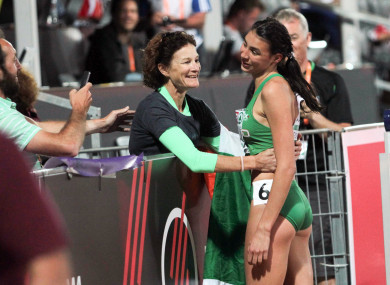
Describing the role as “exciting and challenging”, O’Sullivan is also looking forward to the chance to “have some purpose again in big time athletics”.
The move, only confirmed in recent weeks, will also bring O’Sullivan closer to her daughter Sophie, currently in her first year at the University of Washington on scholarship.
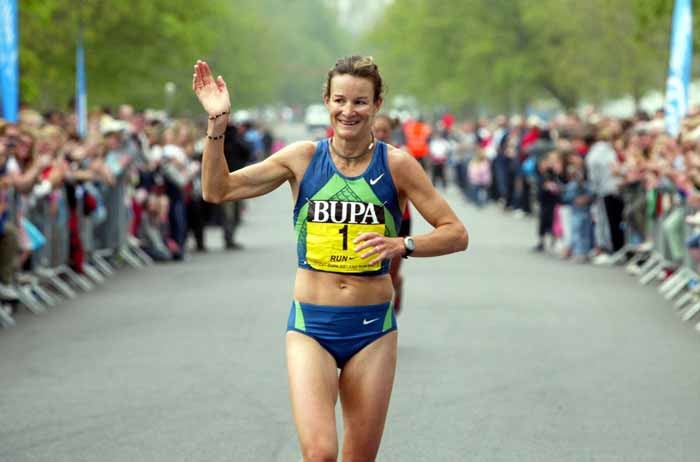
“It all evolved quite quickly, and once we started talking, it felt like an instinctual decision for me, something I felt I’d like to do,” says O’Sullivan. “I won’t know what it’s fully about until I’m out there, but to be a part of a fully professional set-up, with a good budget behind them, to get the best possible out of the athletes, is something I’m excited about.
“There are currently 10 athletes in the group, Pete Julian as head coach, they also have a strength and conditioning coach, and his athletes range from 800m up to the marathon, so there’s a lot of diversity there, they don’t all train together, on different days and in different places, so he can’t always be there. And this was the perfect opportunity to go and do something that I’ve not really had a chance to do, ever.
“It’s a way for me to travel again in an Olympic year, even though it’s very nice here in Melbourne with no Covid restrictions, it feels very far from the action. Every year I’ve had events in Ireland that I work with and the main athletics championships to look forward to, this past year has been so unpredictable my normal schedule has been put on hold.
“It also definitely helped that it’s pretty close to where Sophie is going to college, two and a half hours away, so that swayed things a bit too, because of the times we’re in, it’s so difficult to get back in or out of Australia, and it’s still unknown when she can next get back to Australia.”
Julian was previously an assistant coach with the Nike Oregon Project, run out of the Nike headquarters in Beaverton, Oregon but which was disbanded in 2019 in the immediate aftermath of a four-year ban handed down to then head coach Alberto Salazar for doping offences. With that Julian, in no way implicated in any of those offences, started up his own training group with some of the athletes already under his guidance, including top US 800m runner and Tokyo gold medal favourite Donavan Brazier.
For O’Sullivan, the 2000 Olympic silver medallist over 5,000 metres who won 13 major championships medals in all, the initial three-month agreement would see her through to the Tokyo Olympics. Also in the group are two international women athletes from Australia in Jessica Hull, and Germany’s Konstanze Klosterhalfen, Japanese Tokyo Olympic athlete Suguru Osaka, the remaining seven being American.
“The main target for the American athletes will be the US Olympic Trials, and then after that there is a small circuit of American meetings, so that they don’t have to travel to Europe. ”
O’Sullivan’s first chance to see some of the athletes in action will likely come this weekend at the USATF Grand Prix from Hayward Field in Eugene, the newly renovated venue for the 2022 World Athletics Championships, and the first stop on the 2021 World Athletics Continental Tour (which is also being broadcast on TG4).
(04/21/2021) ⚡AMPby Ian O'Riordan
Tokyo 2020 Olympic Games
Fifty-six years after having organized the Olympic Games, the Japanese capital will be hosting a Summer edition for the second time, originally scheduled from July 24 to August 9, 2020, the games were postponed due to coronavirus outbreak, the postponed Tokyo Olympics will be held from July 23 to August 8 in 2021, according to the International Olympic Committee decision. ...
more...Patriots Foundation is recruiting runners for 2021 Boston Marathon
For the 13th consecutive year, the New England Patriots Foundation will serve as an official charity of the Boston Marathon. As part of their selection, the foundation has received a limited number of marathon bibs from the Boston Athletic Association to field a team of charity runners that will run the 26.2 mile course on Monday, October 11 (Columbus Day).
In addition to the in-person race, the Boston Athletic Association is hosting a virtual Boston Marathon. Seventy thousand individuals can sign up for this opportunity to run the race from October 8 to October 10. Runners will have the opportunity to run in support of the Patriots Foundation.
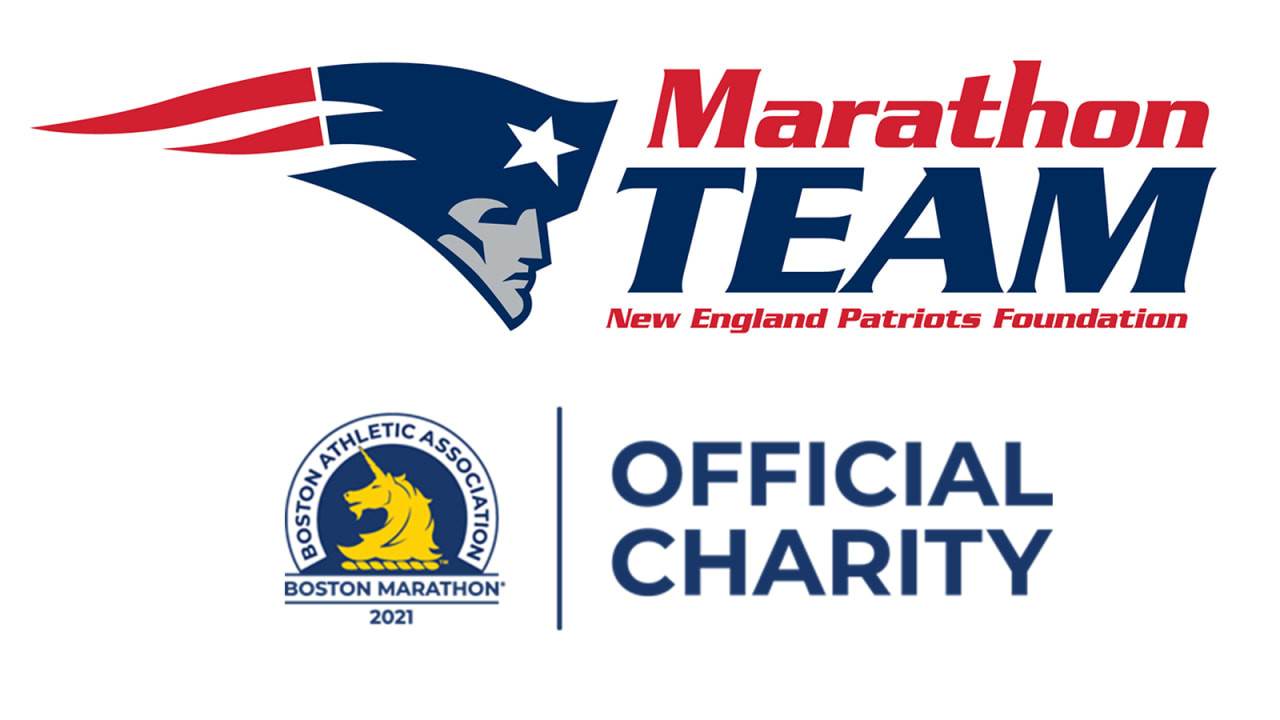
All proceeds raised by the Patriots Marathon team will be earmarked for the 2021 Myra Kraft Community MVP Awards program, which honors volunteers from across New England. Twenty-six volunteers will receive a donation for their respective nonprofit organizations. The Patriots Foundation is accepting nominations for the Myra Kraft Community MVP Awards program through April 30.
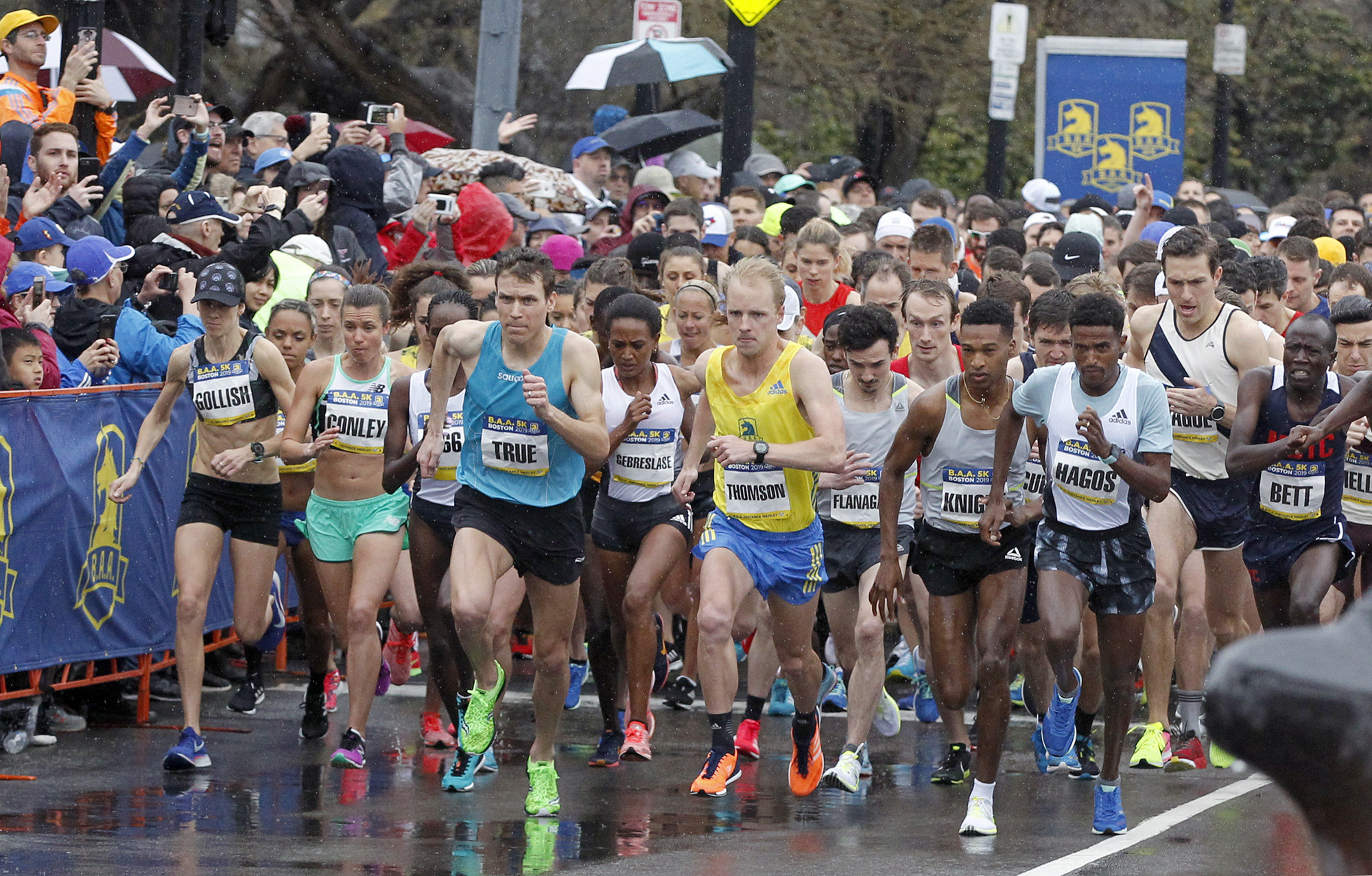
"I would like to thank the Boston Athletic Association for giving us an opportunity to participate in the 125th annual Boston Marathon," said Josh Kraft, President of Kraft Family Philanthropies and the Patriots Foundation. "For more than a decade we've had the privilege of working with hundreds of avid Patriots fans that have run this historic race in support of the Patriots Foundation. In addition to their tireless dedication to the race, our runners have raised more than $2 million for the Myra Kraft Community MVP Awards. We are truly amazed by their dedication and perseverance and are looking forward to meeting this year's group of runners."
Those who are selected to run the in-person or virtual race on behalf of the Patriots Foundation will receive an official Patriots Boston Marathon team uniform, access to a 20-week training program from a marathon coach, opportunities to attend events at Gillette Stadium, fundraising incentive prizes and more.
The New England Patriots Foundation is currently accepting and reviewing applications on a rolling basis. To submit an application for the New England Patriots Foundation's 2021 Boston Marathon team, visit www.patriots.com/community/marathon-team.
(04/21/2021) ⚡AMPby New England Patriots
Boston Marathon
Among the nation’s oldest athletic clubs, the B.A.A. was established in 1887, and, in 1896, more than half of the U.S. Olympic Team at the first modern games was composed of B.A.A. club members. The Olympic Games provided the inspiration for the first Boston Marathon, which culminated the B.A.A. Games on April 19, 1897. John J. McDermott emerged from a...
more...2021 Austin Half Marathon Marks the Return of in person racing
The Ascension Seton Austin Half Marathon presented by Under Armour is putting the final touches on Austin’s return to running. This year’s event was postponed from its original date of February 14th. Formal approval was issued by the City of Austin on March 23rd for the Austin Half Marathon and KXAN Simple Health 5K benefitting Paramount Theatre. Austin’s return to running will feature more than 5300 runners, overflowing goodie bags, live music, and a Mitigation Plan. The Austin Half Marathon, owned and produced by High Five Events, will take place on April 25, 2021.
“The return of the Ascension Seton Austin Half Marathon and 5K is extremely important to our city and a great start to bringing back large-scale sports events,” said Drew Hays, Director of the Austin Sports Commission. “The Austin Marathon was one of the last events held in 2020 and now one of the first to return in 2021 and we are excited to welcome athletes to Austin.”
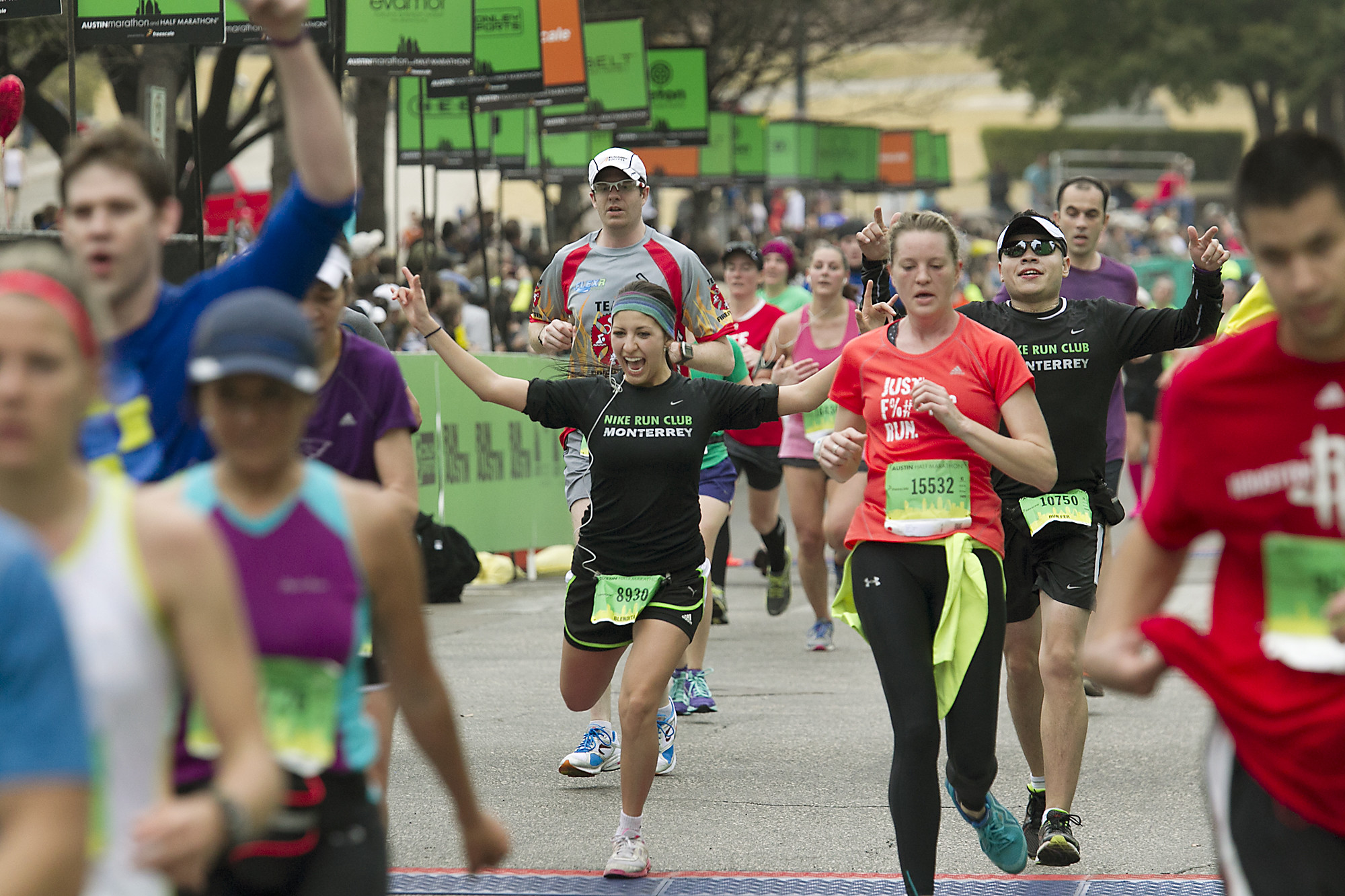
The Austin Half Marathon course will feature 12 local bands who will perform live music on the 13.1-mile course, giving participants a taste of The Live Music Capital of the World. In-person participant goodie bags will feature custom swag including an Under Armour shirt, pint glass, bandana, sunglasses, and more. In addition, each participant will be emailed a virtual goodie bag that will include exclusive deals from sponsors, partners, and local Austin businesses.
“The Austin Marathon has positively impacted Austin in so many different ways for many years,” said Jack Murray, co-owner of High Five Events. “We’ve worked tirelessly to bring this year’s event to life and we’re excited to produce the Austin Half Marathon and 5K alongside our many partners, sponsors, and the City of Austin.”
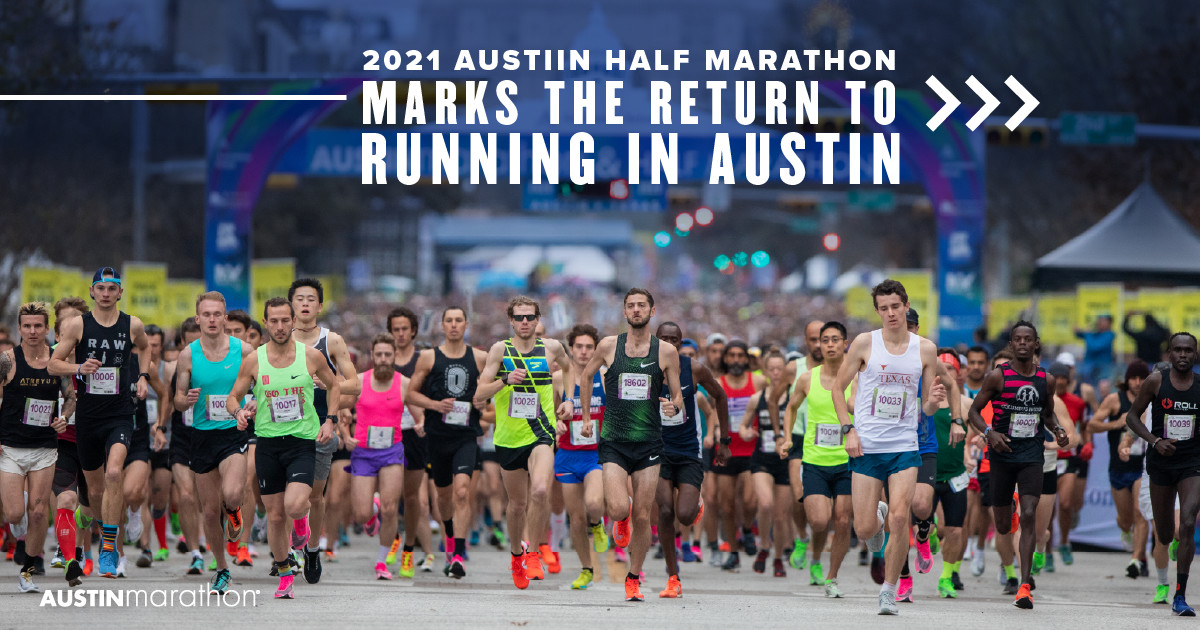
High Five Events and their sponsors and partners like Ascension Seton, Austin Public Health, and the City of Austin are all fully committed to the Mitigation Plan. The full COVID-19 Mitigation Plan is available to view and includes:
Participation capacity reduced by 53%
Density reduction by 88%
Assigned start times extended over a longer time frame
Enhanced sanitation
Adherence to COVID-19 safety protocols
Elimination of mass gathering activities
Discourage spectators from attending to reduce COVID transmission risk
Participants have been fundraising on behalf of one of the amazing 26 Central Texas nonprofits as part of the Austin Marathon Gives charity program which has a goal of raising more than $700,000. Austin Marathon Gives will receive a grant from presenting partner the Moody Foundation for the sixth year in a row. The grant will match donations raised, up to $10,000, for each participating organization. Since 2014, Austin Marathon Gives has raised $3.8 million for numerous worthy Central Texas nonprofits. Through their grants, the Moody Foundation has given $1.2 million to the program since 2016.
(04/21/2021) ⚡AMPAustin Marathon Weekend
The premier running event in the City of Austin annually attracts runners from all 50 states and 20+ countries around the world. With a downtown finish and within proximity of many downtown hotels and restaurants, the Austin Marathon is the perfect running weekend destination. Come run the roads of The Live Music Capital of the World where there's live music...
more...Grandma's Marathon announces changes to the 2021 race weekend
Rolling start, elimination of viewing areas among the alterations for half-capacity event.
Grandma’s Marathon officials announced Tuesday several changes to the 2021 race weekend, including discouraging large crowd gatherings and the cancellation of the post-race celebration.
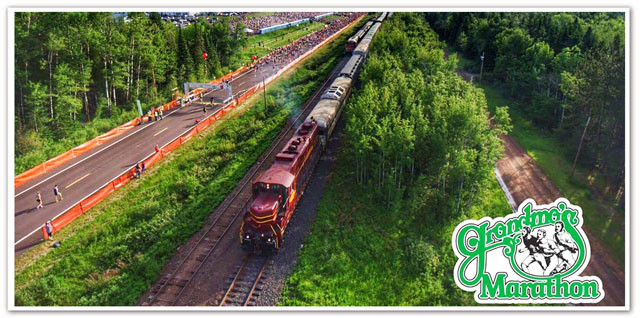
The 45th annual marathon, the Garry Bjorklund Half Marathon and the William A. Irvin 5K races already had been limited to 50% capacity in compliance with Minnesota Department of Health COVID-19 protocols.
Additional operational changes such as a rolling start, social distancing and health screenings are planned as are alterations in pre-race activities.
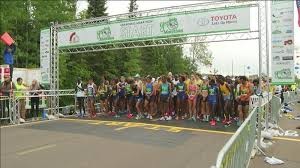
“We basically had to redesign every aspect of Grandma’s Marathon weekend,” Executive Director Shane Bauer said in a news release. “There’s lots of work still left to get this thing across the finish line, and we couldn’t be more thankful for our municipal and community partners. We know what it felt like to not have the race, and that wasn’t fun. The amount of time, effort, and cooperation that’s gone into planning this 2021 race is phenomenal. It will be a great achievement for the entire area if and when we pull it off.”
Race organizers are continuing discussions with state and local authorities but say final approval for the June 17-19 event still has not been given.
“We’re announcing this now not because we’ve been given the green light, but because we’re a little more than two months out and we believe our current registrants and the community deserve to know where we stand on some of the bigger planning items,” Marketing & Public Relations Director Zach Schneider said in the release.
Operating at half capacity of a traditional year, organizers plan to use a modified transportation schedule and rolling start process to help create adequate space between participants on the race course.
“The runner experience from start to finish is going to be a bit different this year,” Race Director Greg Haapala said in a statement. “Participants might board the bus at a different location or time, and there won’t be the usual mass start, but our crowd science models show those are the things that will reduce density throughout the day and promotes social distancing. So much of this depends on personal responsibility, and we’re confident everyone involved can and will act appropriately.”
Masks or face coverings will be required throughout the weekend event, except while actively participating in a race. That includes the weekend’s ancillary events such as the Fitness Expo and spaghetti dinner, which will be held in a modified fashion.
“We had to rethink the entire layout of those events, using more and different space on the DECC campus so we can accommodate everything,” Registration & Expo Director Laura Bergen said in the release. “From reduced capacities to one-way traffic patterns, every change we’ve made is in the interest of continuing to provide a great experience while keeping our participants and the community as safe as possible.”
Per current Department of Health guidelines, spectators are discouraged from any large gatherings on race weekend. Most traditional viewing spots in downtown Duluth and Canal Park will be unavailable this year, according to the release.
The traditional “Rock the Big Top” celebration in Canal Park also is cancelled.
“Those things hurt because the people are such a big piece of the atmosphere that makes Grandma’s Marathon special,” Schneider said in the release. “To ask supporters to stay home is not what we want, but it is what’s necessary so we can have the race and be good stewards of our community at the same time.”
(04/21/2021) ⚡AMPGrandmas Marathon
Grandma's Marathon began in 1977 when a group of local runners planned a scenic road race from Two Harbors to Duluth, Minnesota. There were just 150 participants that year, but organizers knew they had discovered something special. The marathon received its name from the Duluth-based group of famous Grandma's restaurants, its first major sponsor. The level of sponsorship with the...
more...14-year-old Sadie Engelhardt wins girls’ mile race with sub-5-minute run
For all the impressive elite performances over the weekend, another equally stellar result was produced, not by a collegiate runner or even a high school athlete, but by an eighth-grader. Sadie Engelhardt, 14, won the middle school girls’ 1,600m at the Chandler Rotary Classic in Arizona on Saturday in 4:47.90, clocking the third-fastest time recorded by a middle school athlete since the turn of the century.
Perhaps even more impressive, Engelhardt beat the second- and third-place runners by more than eight seconds, and her time would have won in the varsity (high school) field as well. Her competitors still ran impressive races, and both second and third place crossed the line in under five minutes (4:56.51 and 4:59.79, respectively).
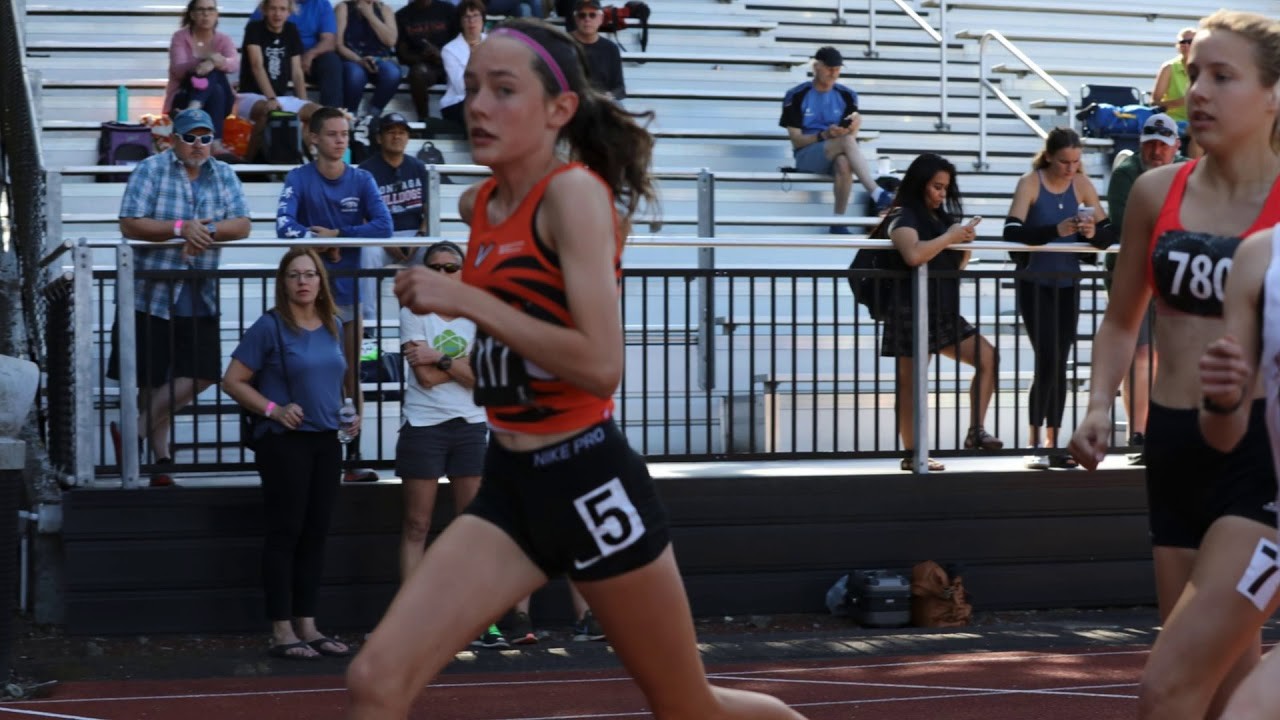
This race comes after an incredible few weeks for the young runner from Ventura, Calif., who has raced four times this year and has improved every time. She has now logged times of 4:54.08, 4:53.01, 4:48.73 and 4:47.90. In a post-race interview with MileSplit after running the indoor mile at the Adidas Indoor Nationals on February 28, where she ran 4:51 for the girl’s full mile, she said her improvements are telling her that she can work harder and train harder.
“I’m not even in high school yet so I’m really proud of where I’m at right now and I’m really excited to see where high school training takes me,” she said.
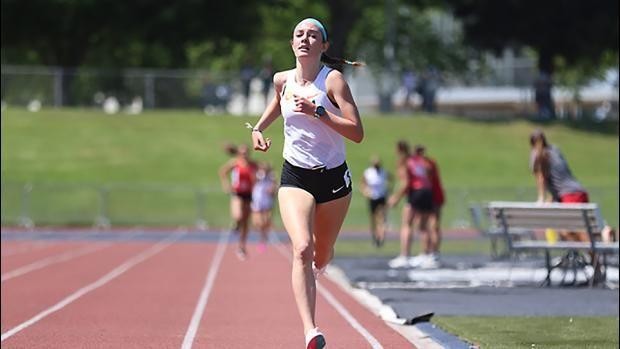
Engelhardt’s time puts her behind only two other athletes: Lexy Halliday, who ran 4:46.47 in 2016, and Taylor Roe, who ran a 4:47.6 hand time in 2015. Halliday went on to compete for the NCAA championship-winning cross country team Brigham Young University and Roe now competes for Oklahoma State, where she placed second overall at the NCAA Division I cross-country championships this year.
At only 14 years old, Engelhardt’s running career is just getting started, and with the results she has been posting, the running world will be watching to see what she does when she enters the high school circuit.
(04/20/2021) ⚡AMPby Brittany Hambleton
With no Boston Marathon on Patriots' Day 2021, there was a different feel
For the second year in a row, businesses in Boston had a much different experience on Patriots' Day without the Boston Marathon being run.
Last October, the Boston Athletic Association made the decision to postpone the 2021 Boston Marathon from April 19 to the fall. In January, the BAA announced the race would be scheduled for Oct. 11.
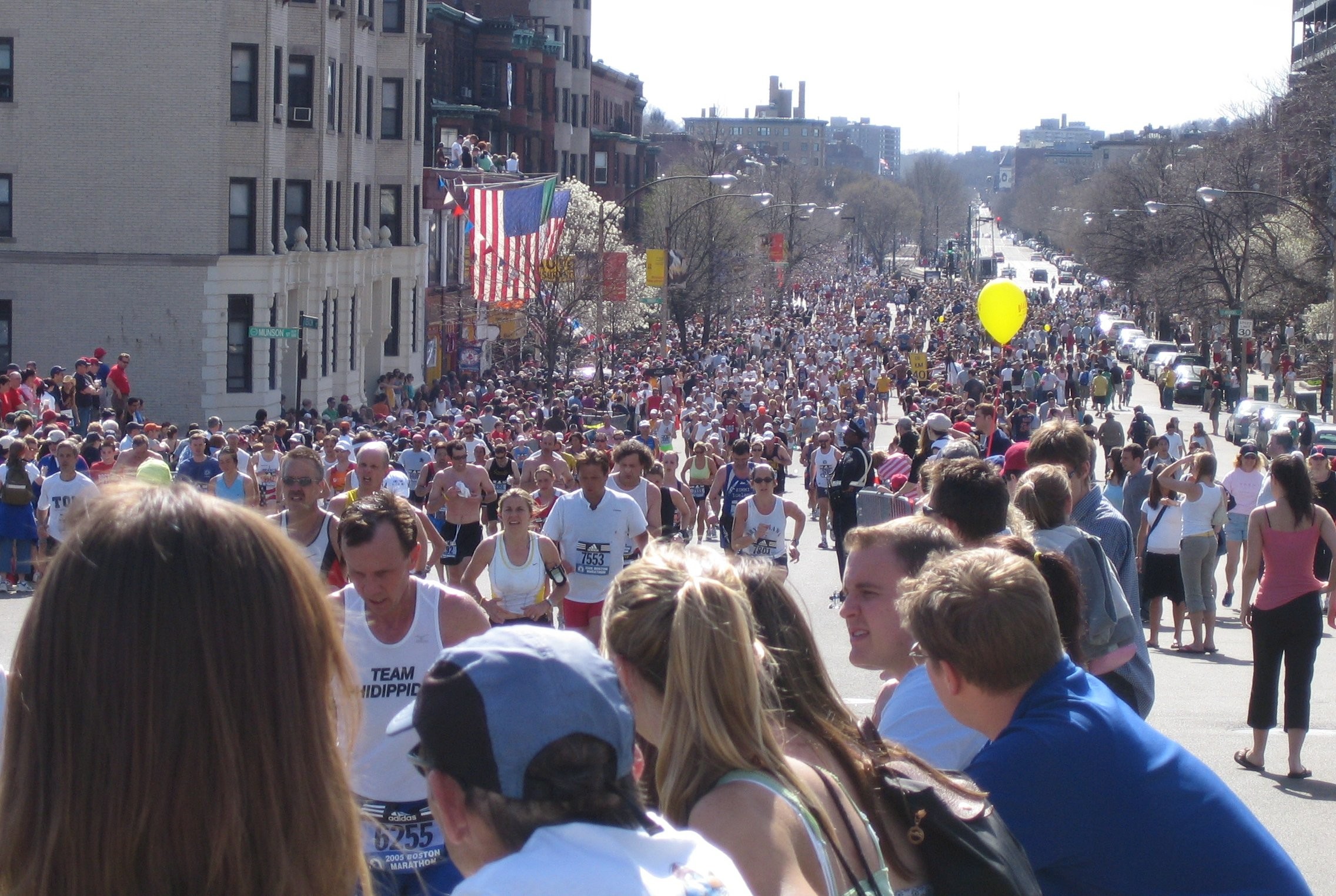
On a typical Marathon Monday, Marathon Sports marketing director Dan Darcy says the streets are packed with people and the company's Boylston Street store would have a line out the door.
"Marathon weekend around here is always the best weekend of the year," Darcy said.
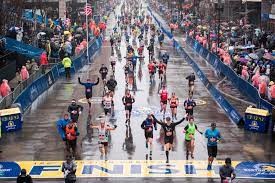
Restaurants like Rochambeau, which is just a block from the finish line on Boylston, would normally be swamped.
"You have lines, you turn people away, you have waiting lists and callbacks," said Chef Nick Calias, culinary director for the Lyons Group, which runs Rochambeau. "It was, obviously, an incredible time for an incredible time for our restaurants and for all restaurants in the industry itself."
Overall, the Boston Marathon pumps in about $200 million into the local economy, according to Martha Sheridan, president and chief executive officer of the Greater Boston Convention and Visitors Bureau.
"People fly into the airport. They use transportation to get into the city, whether that's taxi cabs or Ubers. They stay in hotels. They eat at restaurants. They shop," Sheridan said.
For many businesses in other communities along the race route, the economic boost from the marathon isn't necessarily as strong.
"You don't get a lot of customers coming in. You get window shoppers," said Demian Wendrow, head of the Wellesley Square Merchants Association and owner of two Wellesley businesses. "It's great to be here during that day to help support all the runners, which is wonderful, but business, generally, is nonexistent."
Business owners who spoke with NewsCenter 5 on Monday say they are optimistic that business is picking up in Boston and across the state, and that they are planning ahead for the scaled-down 2021 Boston Marathon in October.
(04/20/2021) ⚡AMPby Mary Saladna
Boston Marathon
Among the nation’s oldest athletic clubs, the B.A.A. was established in 1887, and, in 1896, more than half of the U.S. Olympic Team at the first modern games was composed of B.A.A. club members. The Olympic Games provided the inspiration for the first Boston Marathon, which culminated the B.A.A. Games on April 19, 1897. John J. McDermott emerged from a...
more...Kipchoge now focuses on Olympics after comeback win in Twente
World men's marathon record holder, Eliud Kipchoge has set his sights on a second Olympic gold medal at the Tokyo Olympics after a win at the NN Mission Marathon in Enschede in the Netherlands.
Kipchoge was competing for the first time after a disappointing eighth-place finish at the London Marathon in October last year.
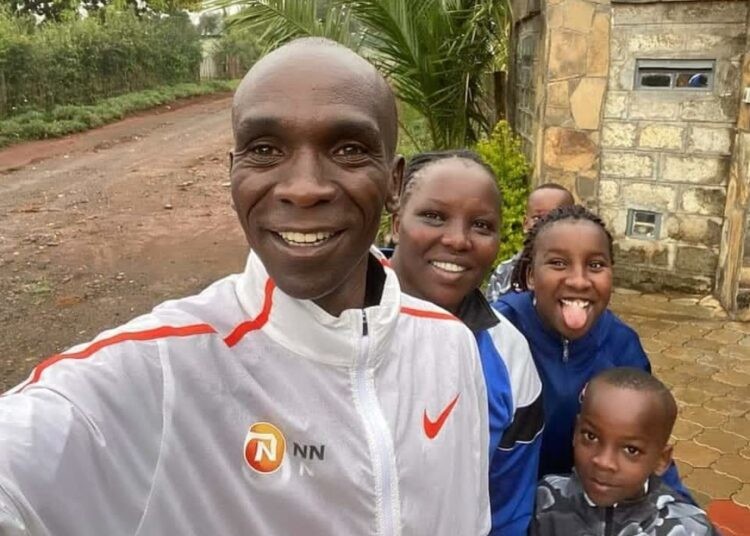
"This was a real test and quite the preparation ahead of Tokyo. The focus is now on the Olympics. I will consult with the coach and technical team to see what next in preparing for Tokyo," Kipchoge said.
The Olympics marathon champion clocked 2:04:30 to finish first ahead of training partner, Jonathan Korir, who timed second in 2:06:40 with Eritrean Goitom Kifle , third in 2:08:00.
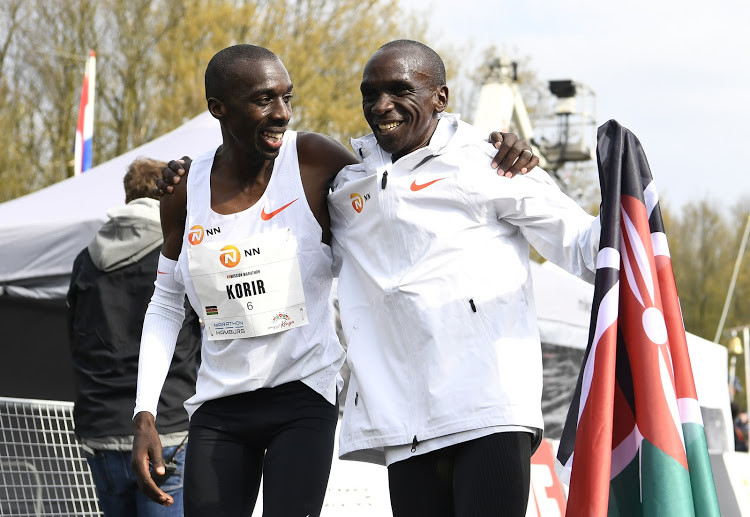
Kipchoge said he is feeling confident and relieved following the win after ear problems and a hamstring complication denied him a third London Marathon at last year's event in which Ethiopia Shura Kitata clinched first place.
"Yes indeed, it is mission accomplished. For the organisers to hold this event successfully under the current circumstances, it is a great achievement and I thank them for that. The conditions were good although it was a bit windy. However, there were other athletes who ran under the same condition and so I can't complain too much about that. I do not always want to complain," he said.
Kipchoge is part of the four-man team named by Athletics Kenya to lead the country's charge for a podium finish at the Olympics.
Other members of the team include Boston Marathon champion Lawrence Cherono, Vincent Kipchumba and world marathon bronze medalist Amos Kipruto.
(04/20/2021) ⚡AMPby Omondi Onyatta
Tokyo 2020 Olympic Games
Fifty-six years after having organized the Olympic Games, the Japanese capital will be hosting a Summer edition for the second time, originally scheduled from July 24 to August 9, 2020, the games were postponed due to coronavirus outbreak, the postponed Tokyo Olympics will be held from July 23 to August 8 in 2021, according to the International Olympic Committee decision. ...
more...Virtual Lewa Safari Marathon Is Back
Dubbed one of the top 10 marathons on the planet by Runner’s World, and supported by the likes of HRH The Duke of Cambridge, Deborah Meaden and Eliud Kipchoge, the Lewa Safari Marathon is one of Kenya’s major sporting events.
The annual race usually takes place in the Lewa Wildlife Conservancy, which means participants get the opportunity to run through one of Africa’s most spectacular protected areas, sharing the trails with several with some of Kenya’s most iconic and critically endangered wildlife: Grevy’s Zebra, Lions, Elephants and Giraffes. This year, however, it’s going virtual…
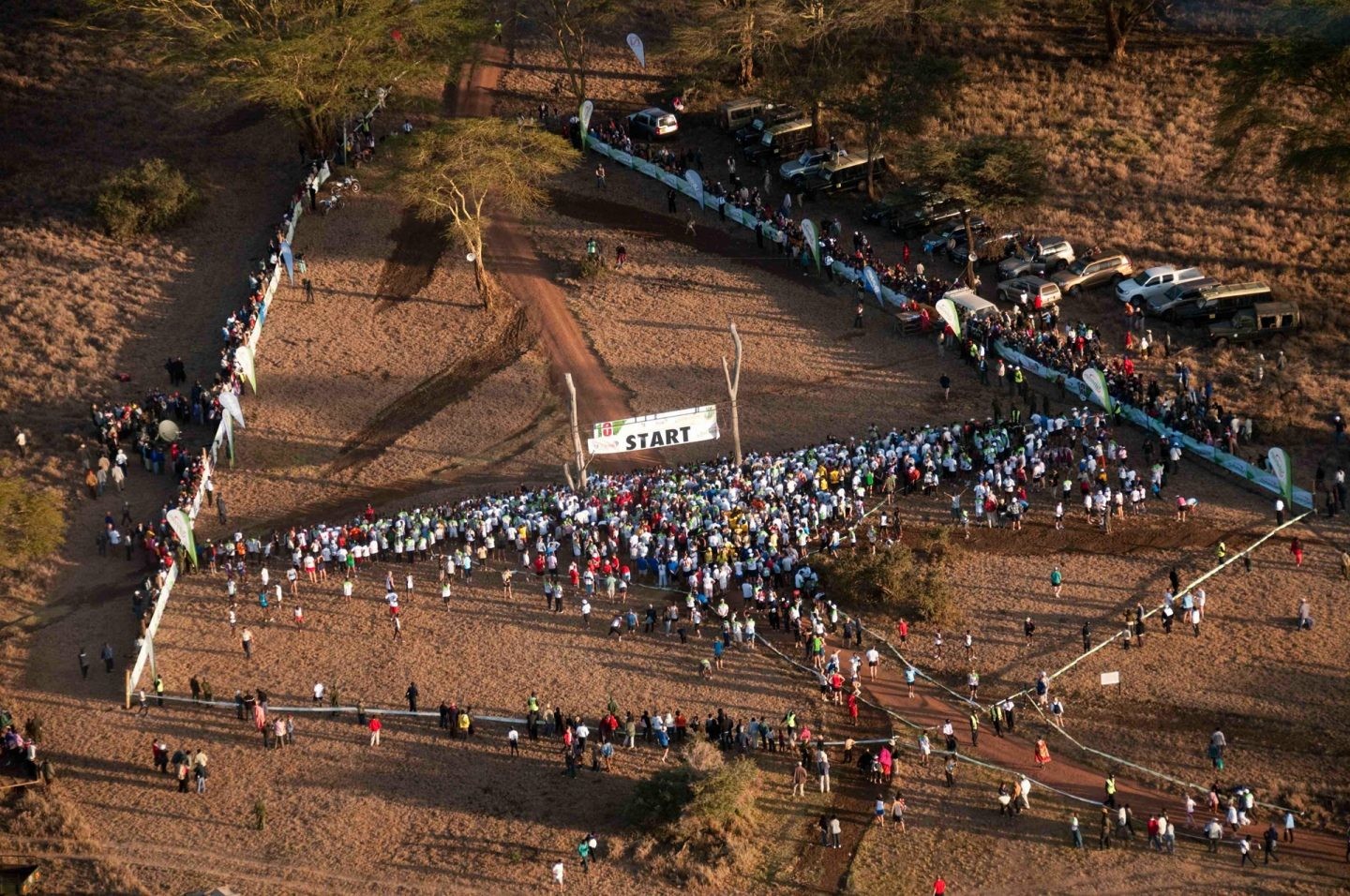
Held in partnership with Lewa Wildlife Conservancy and Wildlife Conservation charity, Tusk, the unique marathon has raised millions of dollars to fund wildlife conservation and community development in Kenya over the last 21 years.
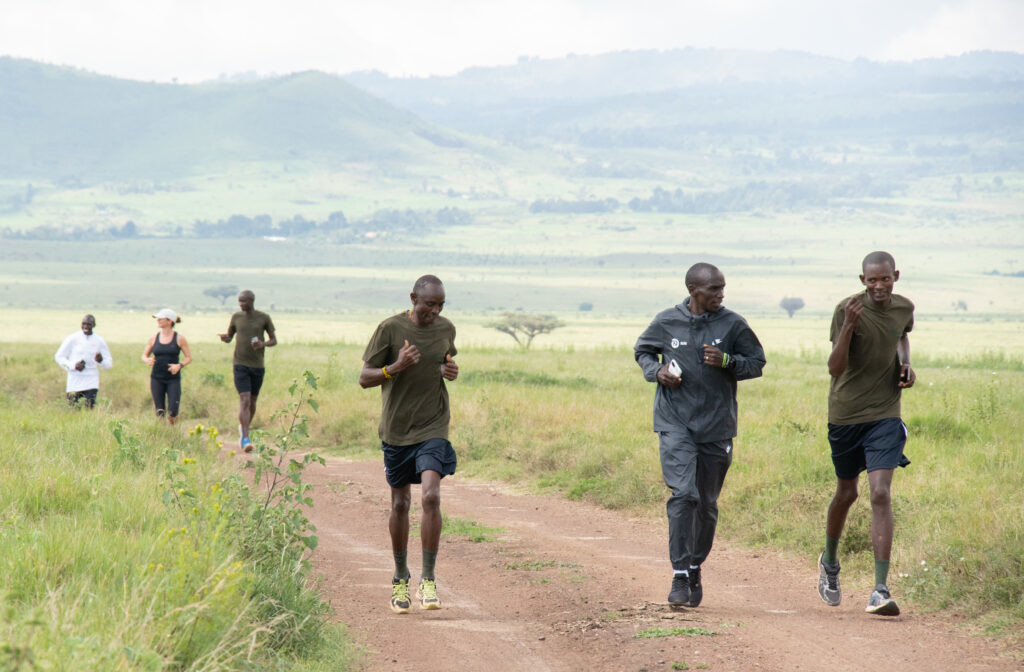
From recovering Kenya’s black rhino population from the brink of extinction, protecting the world’s critically endangered Grevy’s zebra, and providing healthcare, water and improved infrastructure for communities, to supporting Lewa education programmes, the funds this marathon raises are invaluable to thousands across the country.
However, these projects now face perhaps their greatest challenge to date: mounting a recovery plan in the face of a social and economic crises, which could last for many years to come.
So, in an attempt to help rebuild Kenya’s most vulnerable communities and wildlife, this year’s Lewa Safari Marathon is going virtual on the 26th of June. Lewa and their co-organisers are encouraging runners everywhere to lace up their shoes and join the challenge. Whether it’s 5km, 10km, 21km or even 42km, each stride is a step in the right direction. Entry is free, but all runners are encouraged to donate whatever they can.
“The Lewa Safari Marathon is no longer just an event in people’s dairy, it’s an event in their hearts. It has become part of our culture,” says John Kinoti, Lewa Wildlife Conservancy’s Community Development Manager. “Even though this year we are separated physically, we are still connected emotionally. The Virtual Lewa Safari Marathon is about continuing to transmit this culture of togetherness and inclusion, and help to transform lives.”
Last year, HRH Duke of Cambridge – Tusk’s Royal Patron – took on the virtual challenge. He said: “This is not a race. There is no stopwatch. This is our way of showing Africa’s conservation community that we’re all in this together.”
Marathon world record holder, Eliud Kipchoge EGH, is also a great advocate of the Lewa Safari Marathon and will once again be running this year: “To me, a running world is a happy world,” says Eliud. “Last year, you joined me in a global running movement to support the guardians of wildlife and our natural heritage. This year, we have another opportunity to rally around my Kenyan brothers and sisters as they continue to feel the negative effects of the pandemic. Please join me on the 26th of June, wherever you are in the world, to run The Virtual Lewa Safari Marathon.“
(04/20/2021) ⚡AMPby Andy Devaney
Safaricom Lewa Marathon
The first and most distinctive is that it is run on a wildlife conservancy, which is also a UNESCO world heritage site. The Lewa Wildlife Conservancy is home to a number of endangered and threatened species- and also a catalyst for community development for its neighboring communities. For the past 17 years, funds raised from the marathon have gone...
more...Des Linden will race the Boston Marathon on Oct. 11, becoming the first elite runner to sign up.
Des Linden will race Boston Marathon in October.
Linden, who in 2018 became the first U.S. female runner to win the world’s oldest annual marathon since 1985, made the announcement while in Boston on Patriots’ Day, which would normally be the date of the 26.2-mile race.
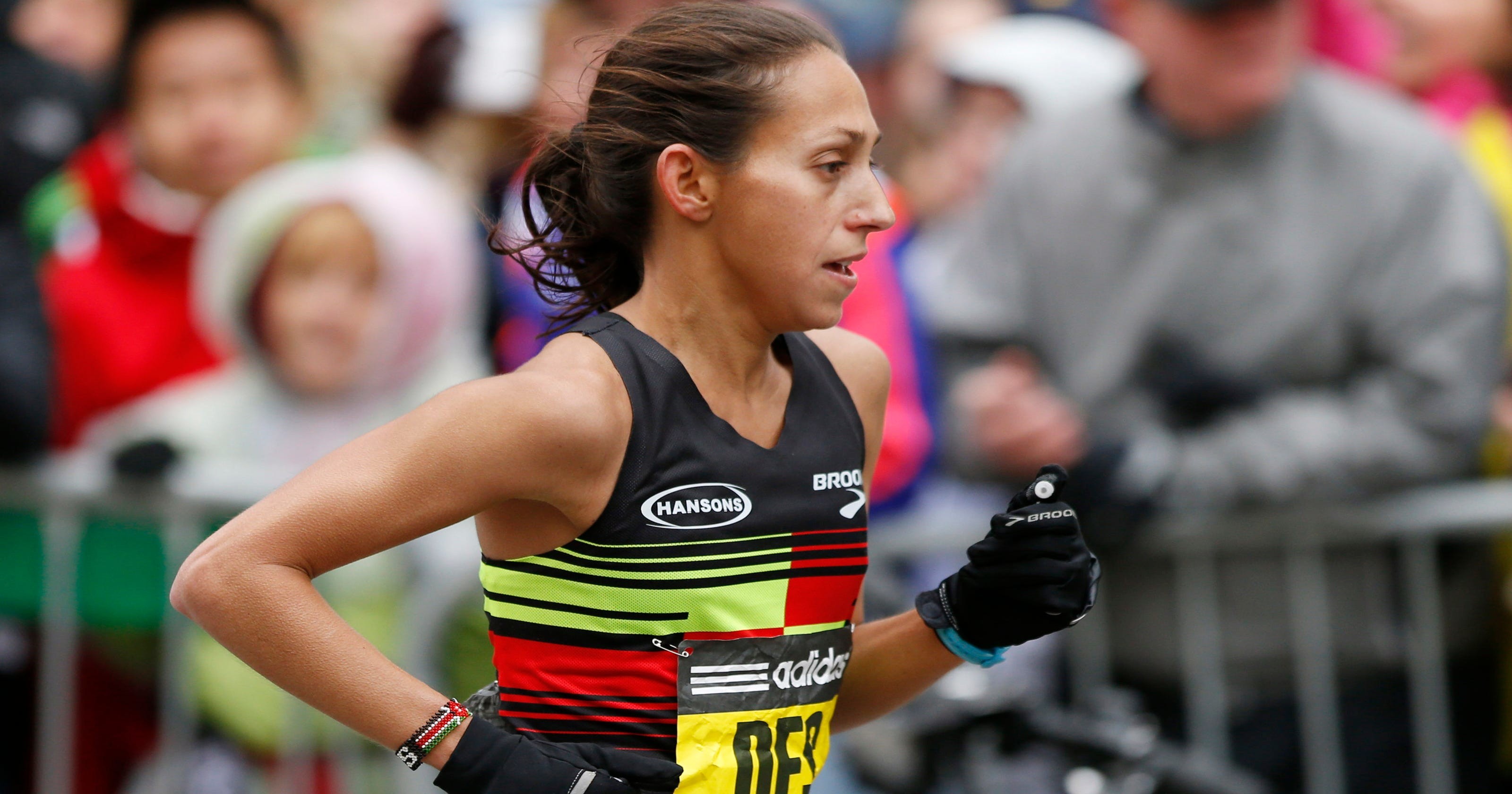
It was announced on Jan. 26 that the 125th Boston Marathon was pushed back to Oct. 11 this year due to the coronavirus pandemic.
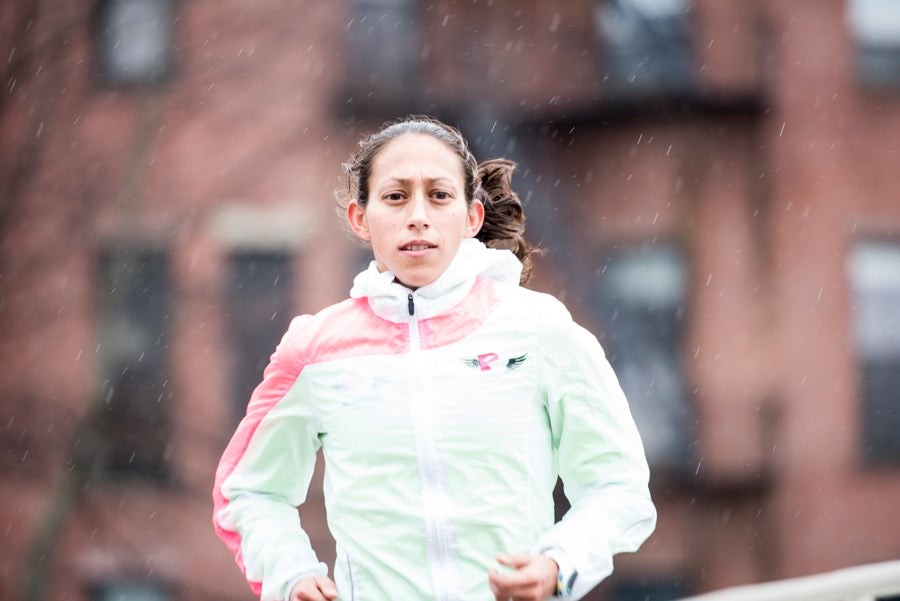
Linden, a 2012 and 2016 Olympian, was fourth at the 2020 U.S. Olympic Trials. The 37-year-old finished fifth in the last Boston Marathon in 2019. This will be her eighth Boston Marathon.
Last week, Linden became the first woman to break three hours for 50km, which is five miles longer than a marathon.
(04/19/2021) ⚡AMPby OlympicTalk
Boston Marathon
Among the nation’s oldest athletic clubs, the B.A.A. was established in 1887, and, in 1896, more than half of the U.S. Olympic Team at the first modern games was composed of B.A.A. club members. The Olympic Games provided the inspiration for the first Boston Marathon, which culminated the B.A.A. Games on April 19, 1897. John J. McDermott emerged from a...
more...Canada’s Natalia Hawthorn is now running as a Brooks-sponsored athlete as she attempts to qualify for the Tokyo Olympics
Canadian 1,500m and 5,000m runner Natalia Hawthorn has signed on to compete with Brooks Running as she works to qualify for this summer’s Tokyo Games. Hawthorn has a long history with Brooks, and it only made sense to join the company’s elite team as she continues to progress toward her Olympic dreams.
As a sixth-grader in her hometown of Bracebridge, Ont., Hawthorn began training with the Newmarket Huskies, a club more than an hour away. The Huskies happened to be affiliated with Brooks, giving Hawthorn her first encounter with the brand. Working with the Huskies, Hawthorn continued to improve as a runner, and she eventually moved to Vancouver, where she ran at UBC.
After graduating from UBC, Hawthorn stayed out west, and she found a job at Brooks in 2018. This job brought her back into the world of Brooks, although unlike her time wearing the brand with the Huskies, Hawthorn now saw the company’s inner workings.
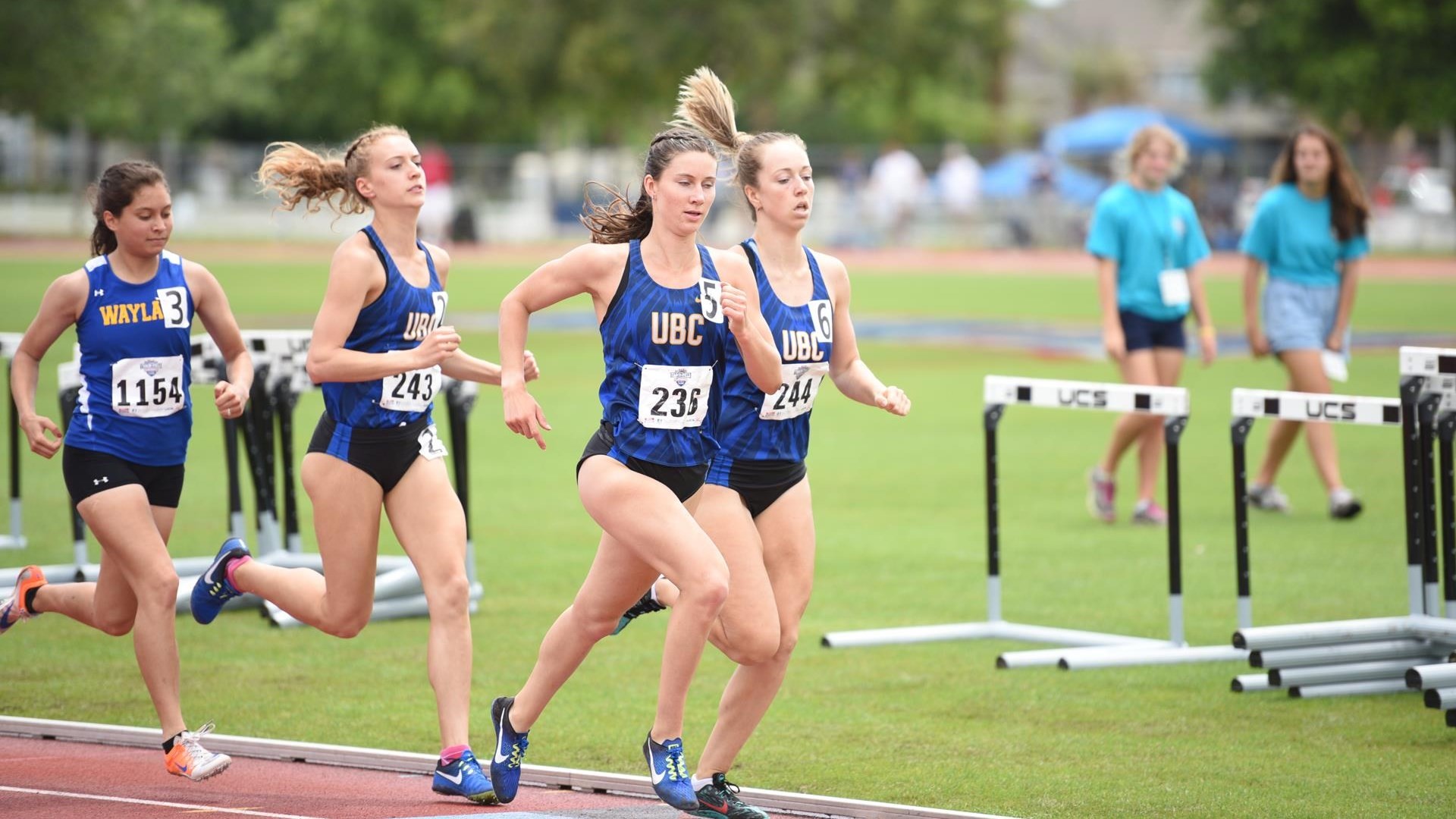
As Hawthorn said on Instagram, the job at Brooks gave her the opportunity to “learn more about their technology, inclusivity, initiatives to minimize their environmental impact, effort to create positive social impact, transparency and most of all their mutual goal to inspire everyone to run and be active.” In her time at Brooks, Hawthorn came to truly appreciate and respect the brand, which played a big role in her eventual decision to sign with the company as an elite athlete.
Hawthorn worked at Brooks for less than a year, but the job had a lasting impact on her. She left the job in 2019 after deciding that she wanted to focus more time on running and pursuing her dream of competing in the Olympics. “I loved my job, but I was spreading myself too thin trying to give it 100 per cent in both my work as a [Brooks employee] and as an athlete,” she says.
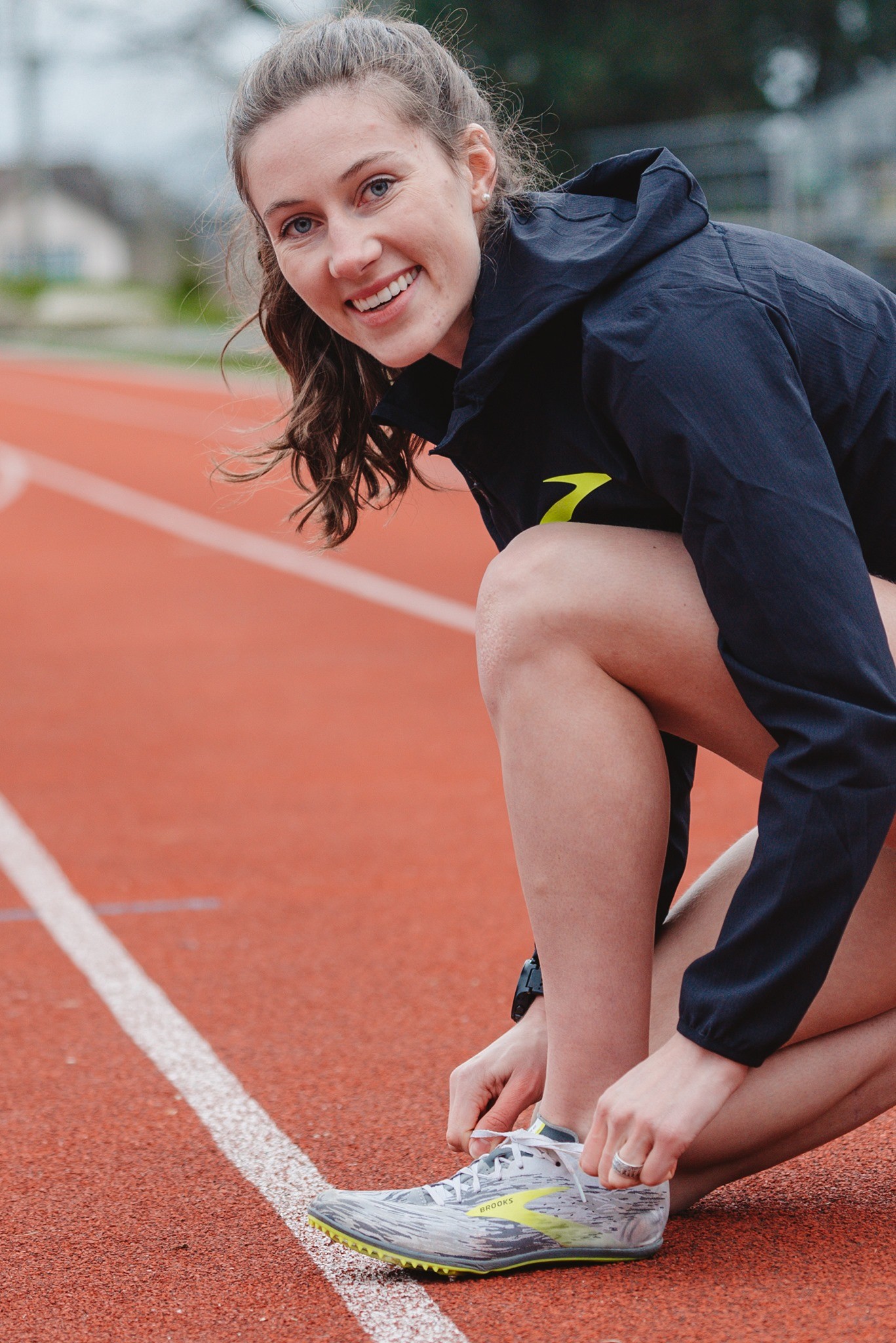
Since leaving the job, Hawthorn has run PBs in the 1,500m (4:07.28) and 5,000m (15:31.27), both of which she hopes to lower in the coming months to meet the Olympic standards of 4:04.20 and 15:10.00. Her new partnership with Brooks is added support in that Olympic standard chase, and she says she’s thrilled to be a part of the brand’s team.
“It felt surreal to have received a call about becoming an elite athlete for Brooks Running,” she says. “To have the brand I worked for in the past, who I genuinely love and believe in, come back in my life at this point to support me in my pursuit of running is a dream come true. I feel so fortunate and appreciative to have Brooks support me in my journey and to be part of their family once again.”
(04/19/2021) ⚡AMPby Ben Snider-McGrath
Tokyo 2020 Olympic Games
Fifty-six years after having organized the Olympic Games, the Japanese capital will be hosting a Summer edition for the second time, originally scheduled from July 24 to August 9, 2020, the games were postponed due to coronavirus outbreak, the postponed Tokyo Olympics will be held from July 23 to August 8 in 2021, according to the International Olympic Committee decision. ...
more...Athing Mu ran 1:57.73 to Crush NCAA 800m Record
Athing Mu’s incredible 2021 season got even better as the Texas A&M freshman ran 1:57.73 at the Michael Johnson Invitational at Baylor University to destroy the NCAA record and set a 2021 world outdoor leader. The previous NCAA outdoor record was 1:59.10 by Raevyn Rogers of Oregon from 2017, while Mu had run 1:58.40 indoors this year.
Not that Mu’s run needed an exclamation mark, but making it even more impressive is that she ran a negative split. She was unofficially 60.0 at 400 which means she split 57.7 the 2nd 400.
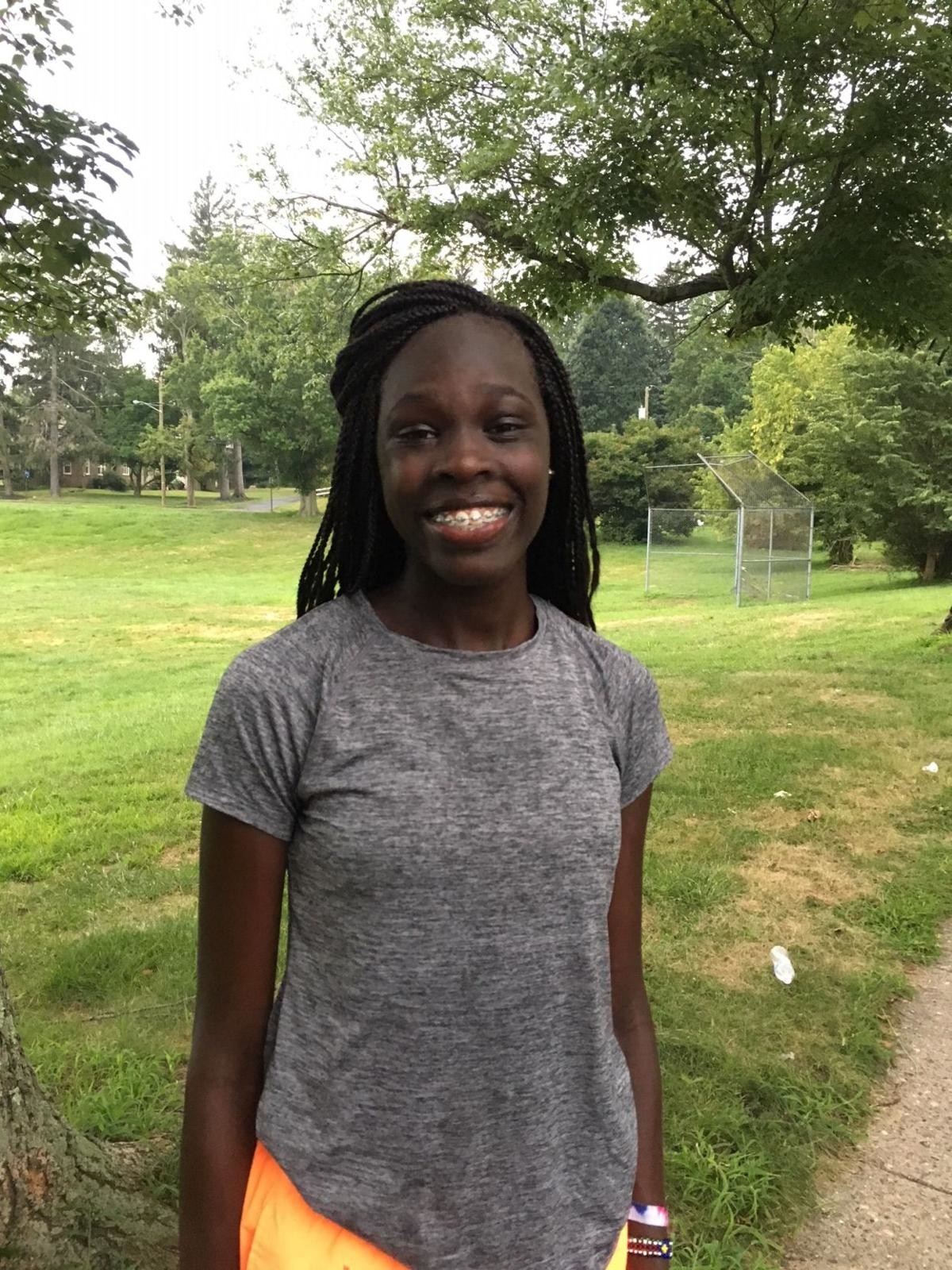
Mu has been tearing up the NCAA record books this year:
Indoor 600m - 1:25.80
Indoor 800m - 1:58.40
Indoor 4x400m - 3:26.27
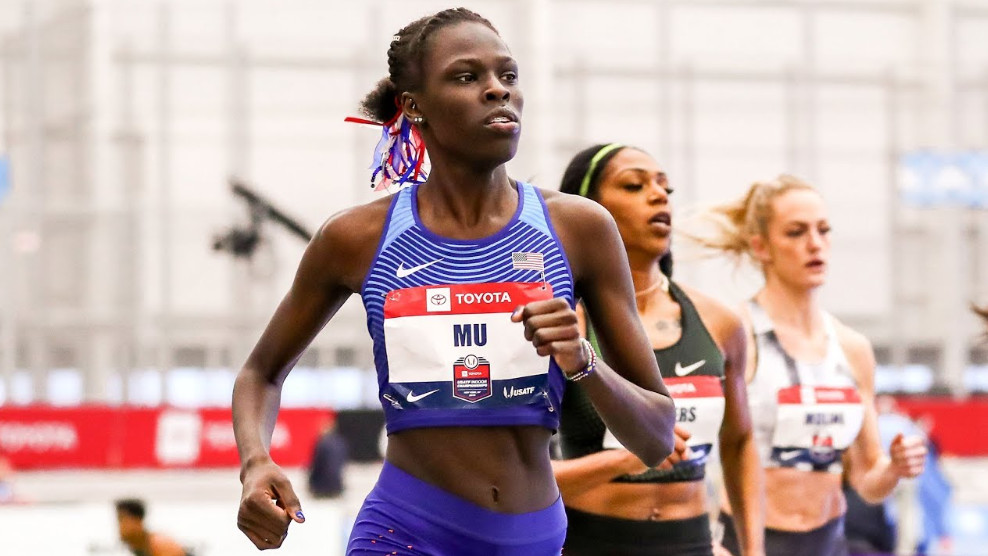
Outdoor 800m - 1:57.73
At the last World Championships, Raevyn Rogers and Ajee Wilson of the US got the silver and bronze. The women’s 800m at the Olympic Trials should be absolutely amazing in June.
And the woman who was a distance second to Mu today? That was Aaliyah Miller of Baylor who set the NCAA indoor meet record at 800 this year. Mu absolutely destroyed Miller today.
(04/19/2021) ⚡AMPby LetsRun
Adidas and Boston athletic asocciation extend official sponsorship through 2030
The Boston Athletic Association (B.A.A.) announced today that the organization has extended its longstanding official sponsorship with adidas through 2030. The Patriots’ Day announcement marks more than 40 years of partnership between the athletic organizations.
“adidas has been an official sponsor of the Boston Marathon for more than three decades, and we are delighted to extend our partnership, furthering our dedication to community initiatives as well as athletic performance,” said Tom Grilk, President and C.E.O of the B.A.A. “adidas has supported all aspects of our organization, from mass participatory events to the B.A.A.’s running club and High Performance team. Our collective missions align in the promotion of health and fitness, and this extension solidifies our combined commitment to the sport and running in the community.”
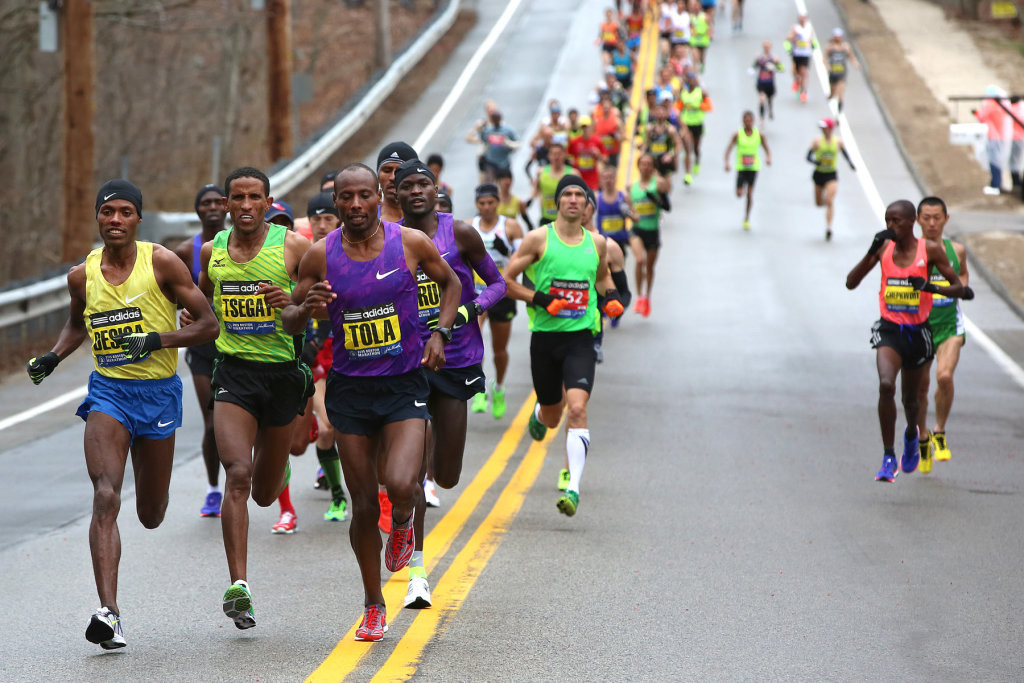
adidas has been a sponsor of the Boston Marathon since 1989, increased its support to include the B.A.A. Running Club in 1991, and since 1994 has sponsored all B.A.A. running events, clinics and youth programming, and initiatives including the B.A.A. 5K, the B.A.A. 10K, and the B.A.A. Half Marathon. Together, the B.A.A. and adidas have developed year-round programming designed to promote health and fitness among Boston-area youth, which has yielded participation from more than 35,000 students.
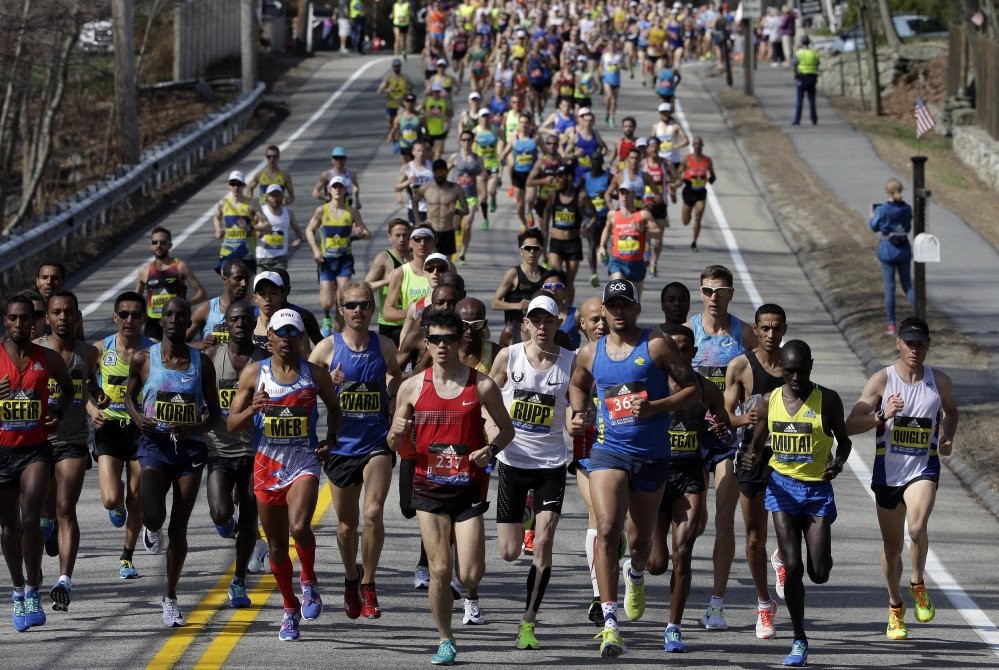
“Adi Dassler founded adidas inspired from the passion for running and for supporting and enhancing athletic performance. Our partnership with the B.A.A. allows us to bring to life our belief, that through sport we have the power to change lives,” said Alberto Uncini Manganelli, General Manager of adidas Running, Global.
In addition to being the official athletic footwear, apparel, and accessory sponsor of the Boston Marathon, adidas will continue to support all of the B.A.A.’s road races, the organization’s running club and High Performance Team, and many youth events. The B.A.A. and adidas are committed to developing new community initiatives, programs, and events that provide opportunities for athletes and runners of all abilities.
“The B.A.A. and Boston Marathon are synonymous with athletic excellence for the athletes, and a role model for touching people in their journey of physical and mental betterment, and driving a positive impact to communities. In this journey we are extremely proud to support the B.A.A. and athletes from across the globe with their pursuit of athletic achievement and we look forward to advancing our commitment to and celebration of the running community,” said Uncini Manganelli.
The B.A.A. and adidas announced the sponsorship extension on Patriots’ Day, the traditional date of the Boston Marathon and America’s most historic running day. In honor of Patriots’ Day, the B.A.A. and adidas have unveiled the 2021 adidas Boston Marathon Celebration Jacket, which is a badge of honor for runners worldwide. The smooth woven construction includes a breathable mesh lining and reflective details shine bright through low-light conditions. The product is made with Primeblue, a high-performance recycled material made in part with Parley Ocean Plastic. For the 125th anniversary, the jacket’s design focuses on the traditional Boston Marathon colors of blue and yellow. Special elements, including a special edition 125th Boston Marathon logo, are highlighted in a gold metallic embroidery to celebrate the anniversary year. The 125th Boston Marathon Celebration Jackets will be available for purchase beginning on Friday, May 7.
adidas is a global leader in the sporting goods industry. Headquartered in Herzogenaurach/Germany, the company employees more than 62,000 people across the globe and generated sales of €19.8 billion in 2020.
Registration for the 125th Boston Marathon opens Tuesday, April 20 at 10:00AM ET, through the B.A.A.’s online platform Athletes’ Village. Registration for qualified athletes will remain open through 5:00PM ET on April 23. The selection process will remain consistent with prior years: applications and qualifying times submitted between April 20 and April 23 will be verified and ranked by the B.A.A. based on the amount of time an athlete has run under their respective qualifying standard. Applicants will be notified of acceptance or non-acceptance once the B.A.A. has verified all applications in early May.
(04/19/2021) ⚡AMPBoston Marathon
Among the nation’s oldest athletic clubs, the B.A.A. was established in 1887, and, in 1896, more than half of the U.S. Olympic Team at the first modern games was composed of B.A.A. club members. The Olympic Games provided the inspiration for the first Boston Marathon, which culminated the B.A.A. Games on April 19, 1897. John J. McDermott emerged from a...
more...Training Guidelines After COVID-19 Vaccine Doses
Back in December, we reviewed the COVID-19 vaccines and considerations for athletes. The big conclusion: it's such an exciting time in the world with novel technology being harnessed to mobilize our immune systems with minimal risk.
Since that article, millions of people have been vaccinated, including many athletes we coach. Based on the clinical trials and lack of universal guidelines for every athlete, we advise athletes we coach to err on the side of caution with training-resting the day after each vaccine dose, even if they feel fine, before easing back into training (full guidelines at the bottom of the article and discussed in our podcast). Most importantly, listen to any directions from your doctor or personal coach.
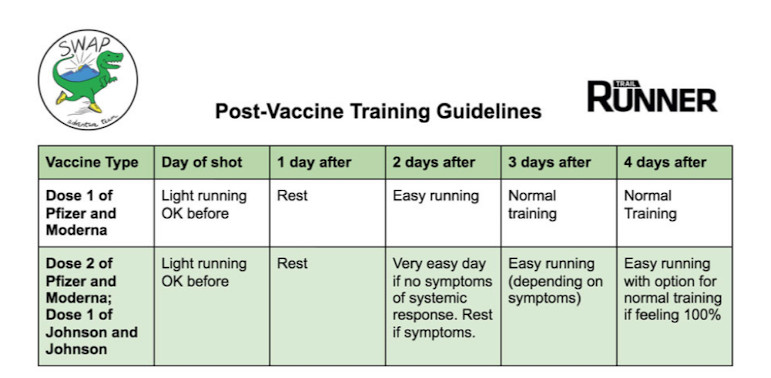
Systemic Responses
Let's start with the great news. In the clinical trials, side effects were minimal and fleeting. For example, the New England Journal of Medicine published Phase 2 and Phase 3 trial results for the Pfizer/BioNTech vaccine that demonstrated its ground-breaking effectiveness. Reactogenicity is a kick-ass Scrabble word used to describe normal physical responses to a vaccine injection. Systemic reactogenicity was reported more often by younger participants, likely related to enhanced immune-system responses, with increased reactions after the second dose.
In determining post-vaccine training guidelines, these systemic responses are the most important. If you feel like crap, don't run. Always listen to your body. But what if you don't feel bad? The answer to that question is the crux of this article.
For the Pfizer vaccine, just over 50% of younger participants reported fatigue and headache after the second dose of the vaccine, compared to 23% of those that received a placebo. Fever was reported by 16% of younger participants after the second dose (11% of older participants), with smaller percentages reporting fever after the first dose. In these participants, fever and chills were observed in the first two days after injection, then resolved shortly thereafter. Severe fatigue was reported in 4% of those that received the vaccine, which resolved on short time scales. Anecdotally, after the first Pfizer shot, co-author David needed a lollipop and a hug.
The clinical trial data for the Moderna vaccine published in The Lancet showed similar patterns. The single-dose Johnson and Johnson vaccine uses a different DNA-based approach to cause the immune response, but shows similar rates of systemic reactogenicity, as published in the New England Journal of Medicine in January. Lollipops and/or hugs optional, but encouraged.
In determining post-vaccine training guidelines, these systemic responses are the most important. If you feel like crap, don't run. Always listen to your body. But what if you don't feel bad? The answer to that question is the crux of this article.
Immune System Responses
A Nature article published in March reviewed the modes of immune system activation from the COVID vaccines. To summarize it greatly, the vaccines encode messages to help produce the spike protein on the surface of the COVID virus, creating an immune system "memory" to prevent viral entry into the cells. The process of going from vaccine injection to immune system protection involves the creation of neutralizing antibodies and virus-specific T-cell responses (tailoring the body's immune response to the specific pathogen). The key thing for athletes to remember is that for the immune system response to work as intended, it involves the activation of multiple inflammatory mediators (cytokines, Type I interferon). In other words, inflammation is connected to immunity.
Inflammation is normal and in cases like this can actually be a key component in health and adaptation to stress. But even short of systemic reactions like fevers and fatigue, cellular-level inflammation could impact training in individually-variable ways via performance, adaptation, and injury. A February article in The Lancet highlighted the uncertainty for athletes, indicating there shouldn't be any cause for concern but also that it may "be appropriate to consider a temporary reduction in training load in the first 48-72 h post vaccine injection, particularly after the second dose."
Inflammation is normal and in cases like this can actually be a key component in health and adaptation to stress. But even short of systemic reactions like fevers and fatigue, cellular-level inflammation could impact training in individually-variable ways via performance, adaptation, and injury.
Our big concern as coaches is that athletes are so used to training through some discomfort that they may not even notice vaccine-related signals to take a bit more downtime. As athletes, we have a lot of experience with sore muscles, but not as much experience with immune responses to novel vaccines. And given individual variability, we suggest being extra cautious in the few days after each injection. It's not a question of whether you can train hard (you probably can!), but a question of whether it's necessary to train hard for a day or two.
Anecdotally, we have seen almost no performance decreases after a few days of vaccine administration. For example, Katie Asmuth won the Bandera 100K less than a week after receiving her second dose of the Pfizer vaccine. However, we have also seen unexpected fatigue and a few soft tissue injuries at relatively low training volume within a week after vaccine doses. Is that random, unconnected noise? Probably. But it underscores the importance of thinking long-term with athletic growth, since a few relaxed days will likely only help performance.
Training Guidelines
No matter what, a little bit of bonus rest can go a long way toward supporting long-term growth, independent of vaccine status. With that in mind, here are the cautious guidelines we advise for our athletes after receiving the COVID vaccine.
We also try to avoid having athletes do very hard workouts or long runs just before receiving the vaccine. And assuming no severe reactogenicity, we still try to avoid very hard workouts or races in the three full days after the first dose, and four full days after the second dose. A couple more important notes:
However, none of these rules are set in stone, even for our athletes. Always listen to your doctor and your coach. If you have already received the vaccine and applied different rules, that is wonderful and it shouldn't be a worry.
For our team, we are treating each shot almost as its own workout. And like all workouts big or small, the vaccine is a major reason for celebration.
(04/19/2021) ⚡AMPby Trail Runner Magazine
How elephants changed one ultrarunner’s life
Rene Unser’s first race was a five-day stage race in Thailand in 2005. By the second day, she was already exhausted and had begun to think that this style of racing was not for her. Her husband encouraged her to continue, and on Stage 3, they had an incredible run-in with a couple of elephants while out on the course. She realized in that moment that had she given up the day before, she never would have had her “elephant moment,” and that memory continues to serve as a reminder that suffering is temporary, but giving up lasts forever.
Fast-forward to 2012, when Unser was on Stage 6 of the Transalpine Run in Italy. She “woke up at 4 a.m. with knees that felt like they had been hit with a baseball bat and were the size of softballs.” Thinking she wouldn’t be able to start the stage, she went down to breakfast in her guesthouse in her pyjamas. It took a five-minute pep talk from her husband Trent to convince her “to get my butt upstairs and at least start the stage. He reminded me of my ‘elephant moment’ and I promptly went back up to my room and frantically started counting gels, filling my hydration bladder.”
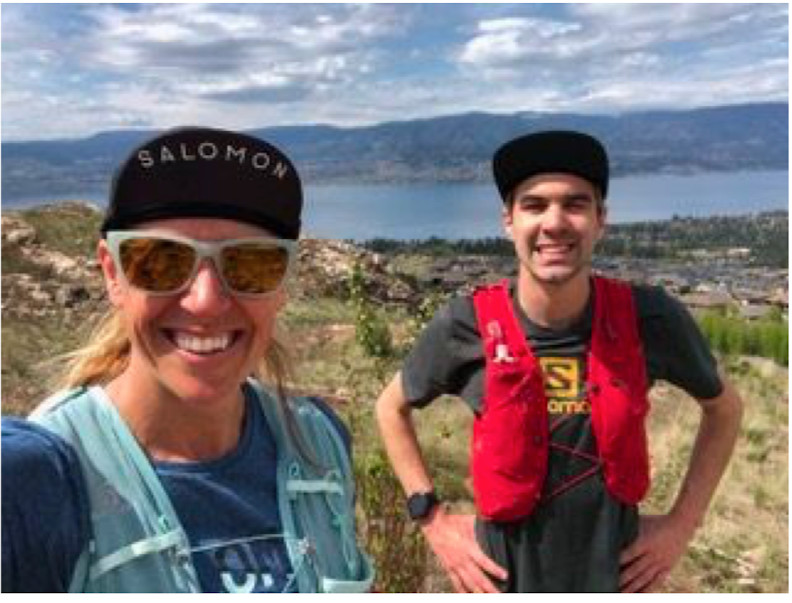
After a frenzied drive to the start line, a forgotten bib mishap and subsequent late start, the Kelowna, B.C., native was out on the course, knees wrapped in about 18 layers of KT Tape and 10 minutes behind the rest of the runners. Sweeps had already started clearing the course, so locals had to point her in the right direction. Despite the rough start, Unser managed to work her way up through the runners, passing the third-place female team (it was both a team and solo event) with only 5K left to go.
Unser is an athlete with a lot of drive and passion, but her athletic career started much the same as anyone else’s — she was an active kid who played lots of sports during her school years, and while she showed some talent in running, she preferred to remain a generalist rather than focus on one sport. She didn’t start to run more regularly until her mid-20s, and her first trail run was in 2003 when she went on her first date with the man who would later become her husband. She was immediately hooked, and with her job as a fitness instructor at the time, she wanted to figure out how to get others into trail running.
Since then, Unser has turned her passion into a career. In 2003, she got her coaching certification and 10 years later founded P.A.C.E., a coaching business that offers trail running clinics and running camps and organizes a trail running series. Since 2011, Unser has competed in the Transalpine race eight times, and in 2020 she raced to a second-place finish in the master’s women’s category. In her most recent race, the Scorched Sole Ultra in B.C., she placed third overall.
Between her race directing, community work and coaching, Unser caught the attention of Salomon and Hammer Nutrition, and both companies now sponsor her and provide her with different opportunities, such as being the media liaison for the Transalpine race. With so much going on, she has less time to enter races herself, and she now limits herself to just a couple of more challenging stage races per year.
When asked about how she’s dealt with the challenges of COVID-19, she points to her company name, which stands for “positive attitude changes everything.”
“It’s cheesy, but I believe in it,” Unser says. “COVID created an opportunity for me to be there for my community in a new way. I wasn’t sure what would happen for my race series, camps or clinic format, but my community continued to stand behind me. I am so grateful, and I learned more about myself and the kind of coach I wanted to be.”
Unser has become a pillar in her local trail-running community, has inspired and encouraged countless others to get out and enjoy the trails, and has enjoyed a long and successful trail-running career herself — all because she met a few elephants on a trail in Thailand.
(04/19/2021) ⚡AMP
by Running Magazine
Kipchoge clocks world-leading 2:04:30 in Enschede
Eliud Kipchoge waited until the final 30 minutes of the NN Mission Marathon to make his winning move as the Kenyan great kicked on to win the World Athletics Label road race in 2:04:30 at Twente Airport in Enschede on Sunday (18).
The Olympic champion had little to prove; his place on Kenya’s team for Tokyo had already been confirmed, as has his status as one of the all-time greats. But following a rare defeat at the London Marathon last year, the world record-holder was keen to produce a confidence-boosting performance ahead of the Olympic Games.
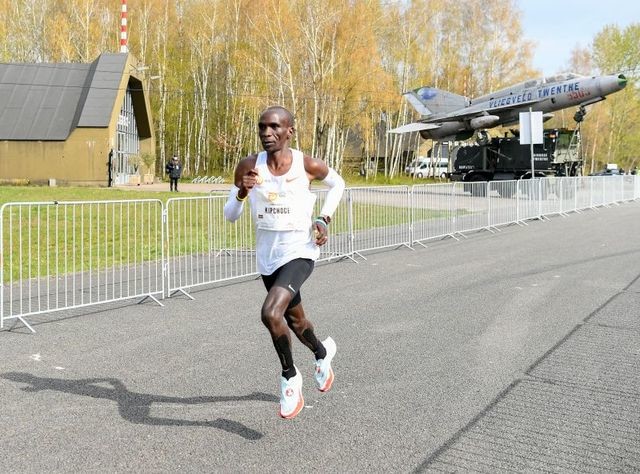
He did exactly that on Sunday, despite having to contend with some late changes to the race plans as the event had originally been set for 11 April in Hamburg.
Unlike many of Kipchoge’s previous marathon races, today’s event was never intended as an opportunity to chase record times. Nevertheless, the pace was swift as a lead group of four reached 15km in 43:46, just outside 2:03 pace.
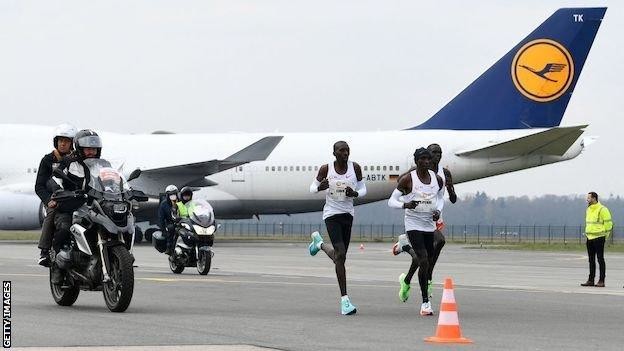
After going through half way in 1:01:43, with Kipchoge running alongside pacemakers Philemon Kacheran and Jonathan Korir, the pace settled in the second half with each five-kilometre segment being covered in just outside 14:50.
By the time Kipchoge and the pacing duo reached 30km in 1:28:10, the chase pack was more than two minutes adrift but still on course for Olympic qualifying times. Shortly after, with 1:35 on the clock, Kipchoge left his pacemakers behind.
His tempo didn’t actually increase in the closing stages, but he maintained his sub-three-minute kilometre pace, which brought him to the finish line in a world-leading 2:04:30.
Korir held on for second place in 2:06:40 with Eritrea’s Goitom Kifle coming through to take third in 2:08:07. A little further behind, Uganda’s 2012 Olympic champion Stephen Kiprotich placed fifth in 2:09:04.
“Mission accomplished,” said Kipchoge. “The conditions were really good, a bit windy, but I had no complaints. The race was perfect. This was the real test towards Tokyo. It’s good to have a marathon a few months before the Olympics to test my fitness.”
The leading contenders in the women’s race were paced by a small group of men, reaching 10km in 34:39 and half way in 1:12:58. Kenya’s Gladys Chesir, Sweden’s Hanna Lindholm and German duo Laura Hottenrott and Katharina Steinruck were all still in contention at this point, but Lindholm started to fade as they embarked on the second half.
Chesir was next to drop back, doing so after about 90 minutes of running, leaving Steinruck and Hottenrott as the lead duo. Steinruck (nee Heinig) began to edge ahead of her domestic rival in the final seven kilometres and the race was finally decided.
Steinruck reached the finish line in 2:25:59, elevating her to sixth on the German all-time list, just three places and 84 seconds adrift of her mother, Katrin Dorre-Heinig, the 1988 Olympic bronze medallist.
Portugal’s Sara Moreira finished strongly to take second place in 2:26:42 with Germany’s Rabea Schoneborn placing third in 2:27:03.
(04/18/2021) ⚡AMPNN Mission Marathon
Eliud Kipchoge will bid to resume winning ways in his last race before the Tokyo games with around 70 runners looking to make the Olympic qualification standard on April 18th in Twente.After suffering a rare marathon defeat in London last October, reigning Olympic champion Eliud Kipchoge makes his return at the NN Mission Marathon in 2021. It is set to...
more...At 70, Tom Green Hits Fifth Decade of Life Completing a 100 Miler
As Tom Green, 70, crossed the Conquer the Wall Endurance Challenge finish line on March 12 in Williamson, West Virginia, he reached a rare milestone in ultrarunning that only a few people have: completing a 100 miler in a fifth decade of life.
This adds to Green’s storied career in ultrarunning that includes being the first person to run the Grand Slam of Ultrarunning (Old Dominion 100, Western States, Leadville, and Wasatch Front 100) in 1986 and being dubbed the “grandfather of ultrarunning.” Since then, he’s been to the top of the sport, and as he got older, faded to the back of the pack where he finds people are having the same, if not more, fun.
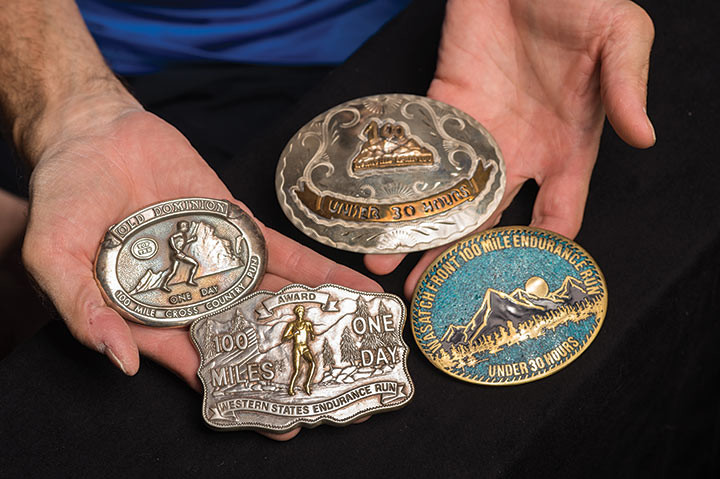
“One thing that hasn’t changed my whole running life is the fact that I can still do the best I can do,” Green told Runner’s World. “I’ve evolved. When I first did 100s, I did it more for competition against other runners. Now, as I’ve gotten older, it’s usually just me competing against my own limitations.”
Even with his evolution, Green has embraced the various reasons to keep going.
“I’ve noticed many runners, particularly the good runners when they are no longer able to compete at a competitive level, they just stop running,” Green told Runner’s World. “For me, I’ve always had different reasons to keep running and be part of this camaraderie, and that’s what keeps me going.”
→ Sign up for RW+ All Access for the latest running news, health tips, and gear reviews! ðŸƒâ™€ï¸ðŸƒâ™‚ï¸
It’s hard to bet against Green completing an ultra, but this latest milestone was almost taken away from him in April 2015.
While trimming a tree at his home in Maryland, a branch swung down and struck Green in the head, fracturing multiple parts of his skill and causing a stroke among other injuries. As a result, the part of his brain that controls his balance was no longer functional.
It took six weeks before he could take 10 unaided steps. It took many more months with a walker to recover, but his balance never returned. Green had the strength in his legs, but balance was the only thing keeping him from doing the one thing he wanted to do: finish one more 100 miler.
“Since the accident, have lost so much as a result of the brain injury and stroke, the one thing I wanted to try to hang onto was running,” Green said. “It just feels so good to be able to get out and do these runs with friends as opposed to sitting on the couch.”
To do this, Green had to find something to keep his balance for him while running so he wouldn’t be swerving. Surprisingly, a jogging stroller was the answer.
It took an adjustment period, but once he found his groove, Green was ready. He lined up for his first 100 since the accident in September 2017 (the Yeti 100)—one with a flat surface for his stroller.
Green thought that would be it for him, hanging up his buckle-chasing days and doing shorter ultras and races. Then a friend mentioned if he ran a 100 miler after turning 70, he’d have run a 100 in a fifth decade of his life.
“It got me motivated,” Green said.
He was planning to visit a friend on March 12 in West Virginia near the Conquer the Wall race. That friend convinced Green to sign up three weeks before. When race day came, Green was running with his stroller going after the milestone.
With 47 hours to complete the run, Green wasn’t terribly worried. These days, his brain doesn’t do well without rest after about 12 hours. With breaks and some walking, Green was able to hit the 100-mile mark around 45 hours.
“For me, it’s not so much the story of making five decades but being fortunate enough to come back after the accident to finish a 100 at all,” he said. “That’s what I feel the best about. The rest is just gravy.”
Green isn’t sure how much longer he can go, but he plans to run as long as he can. He’s signed up for the Pine Creek Challenge in Wellsboro, Pennsylvania, and the Yeti 100 in Abingdon, Virginia. Both are in September, and he’s after a lofty goal.
“My goal this fall is to try to run a get into the top 60 or 70 for the fastest times by a U.S. runner over the age of 70,” Green said. “I don’t know how many more all-night pushes I can do in order to go under 30 hours like I want to to reach this goal, but I think I’ve got one more left in me. But i’ll keep doing these runs as long as I can finish, I’ll continue to do them.”
(04/18/2021) ⚡AMPby Runner’s World
Biden backs Japan's bid to hold "safe and secure" Games at Tokyo 2020
United States President Joe Biden declared his support for Japan staging the postponed Tokyo 2020 Olympic and Paralympic Games during a meeting with Japanese counterpart Yoshihide Suga.
Suga, the first head of state to visit the White House under the Biden administration, said his country was doing its "upmost" to prepare for the Games amid speculation that the event might not go ahead because of a rise in COVID-19 cases across the world.
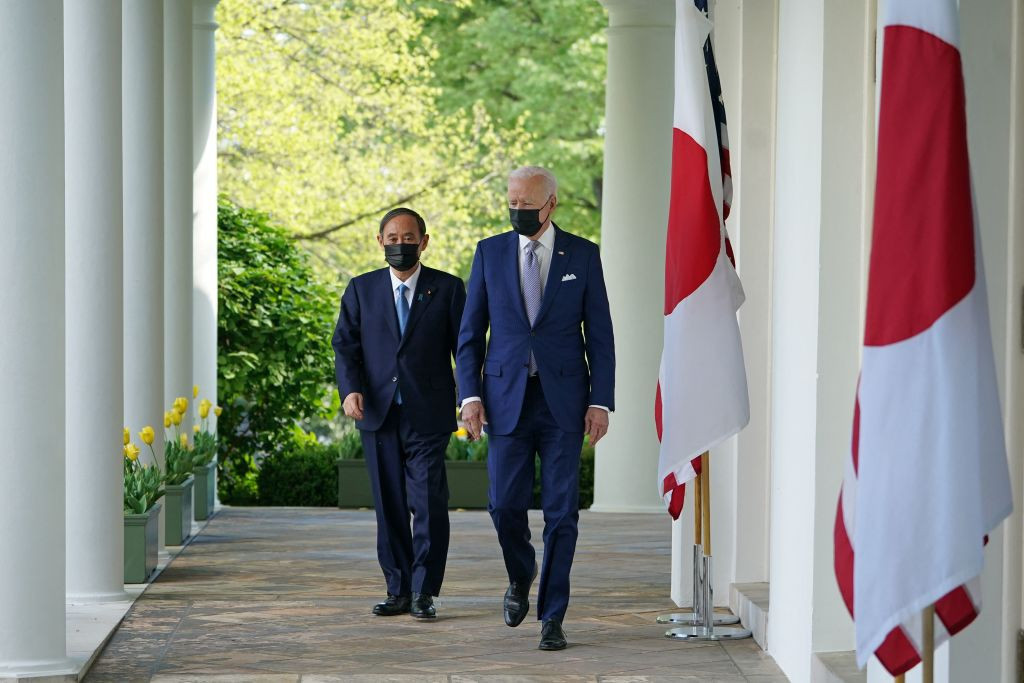
"They are doing everything possible to contain infection and to realise safe and secure Games from scientific and objective perspectives," Suga told a joint news conference.
"I expressed my determination to realise the Tokyo Olympic and Paralympic Games as a symbol of global unity this summer, and President Biden once again expressed his support."
Biden "supports Prime Minister Suga's efforts to hold a safe and secure Olympic and Paralympic Games this summer", a joint statement after the meeting read.
"Both leaders expressed their pride in the US and Japanese athletes who have trained for these Games and will be competing in the best traditions of the Olympic spirit," the statement added.
It remains unclear whether Biden himself will attend the Tokyo 2020 Olympics as the White House has refused to confirm the US President's plans for the Games.
International spectators have been banned while the number of guests is set to be severely limited as part of COVID-19 countermeasures set to be in place at the event.
Suga and Tokyo 2020 organisers were forced to reiterate their commitment to the Games taking place in their rearranged slot after a senior member of the Japanese Government admitted cancellation remains an option if the COVID-19 situation in the country worsens.
"If infections spread because of the Olympics, I don't know what the Olympics is for," Toshihiro Nikai, second-ranked member of Japan’s ruling Liberal Democratic Party said, before later attempting to backtrack on his comments.
Cases have been rising in Tokyo and across Japan following the lifting of the state of emergency.
Ten Japanese prefectures, including the Olympic and Paralympic host city, have been placed under stricter measures to curb the spike in infections.
The rise in cases also comes amid a slow rollout of COVID-19 vaccines in Japan to date, with latest estimates suggesting only one per cent of the population has received a jab.
The Tokyo 2020 Olympics are scheduled for July 23 to August 8, with the Paralympics due to follow between August 24 and September 5.
(04/18/2021) ⚡AMPBarkley Marathons book documents race’s 15 finishers
If you follow trail running or ultrarunning, odds are you know about the Barkley Marathons. You might not know much about the race, but you’ll at least know it’s incredibly difficult. So difficult, in fact, that only 15 runners have ever completed the roughly 100-mile run through Tennessee’s Frozen Head State Park in its 35-year history. A new book titled The Finishers has been published in French (with an English edition on its way), which tells the stories of those 15 Barkley Marathons finishers, as well as the tale of the event itself, through photography and runners’ stories from one of the world’s toughest races.
The race
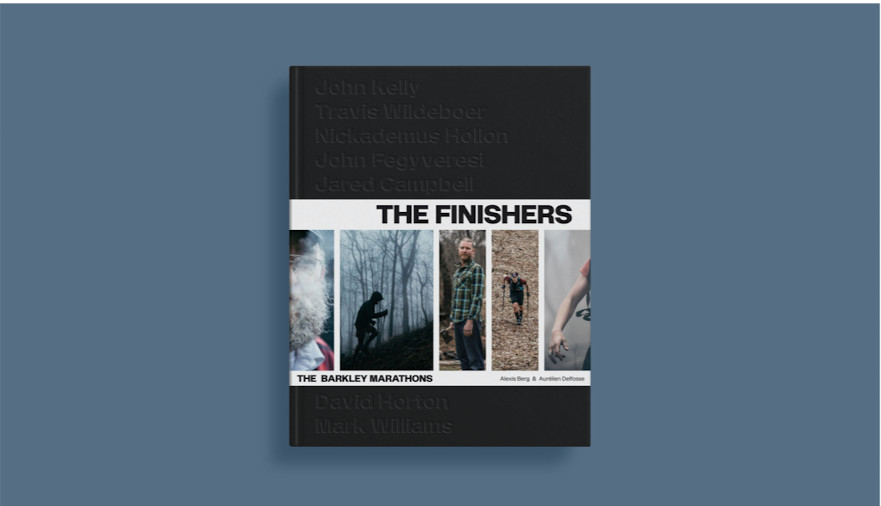
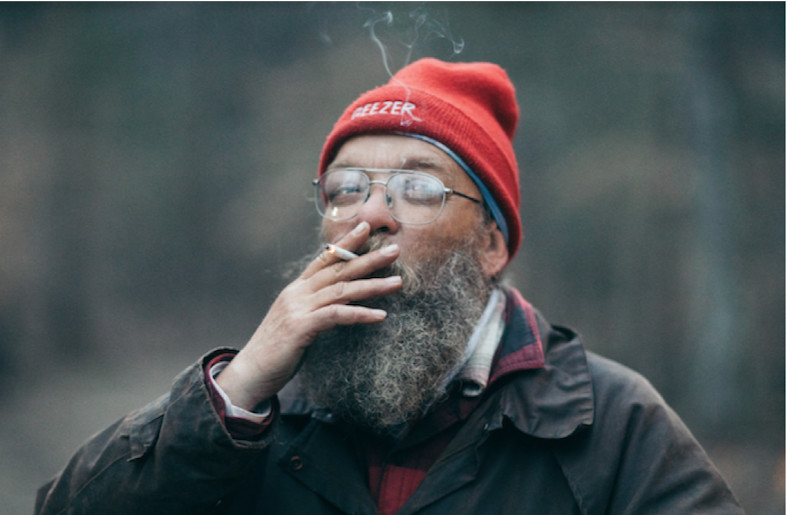
Laz Lake is well known in the world of ultrarunning. He has created several races, all of which are long, gruelling affairs, but his most famous event is the Barkley. The first running of the event was in 1986, and it didn’t see a finisher until nine years later, when Mark Williams completed the full route in 1995.
Since then, 14 more runners have joined Williams on the short list of finishers, and a couple of men have recorded multiple finishes (Brett Maune finished in 2011 and 2012 and Jared Campbell finished in 2012, 2014 and 2016). The most recent finish belongs to John Kelly, who was the only person to complete the race in 2017. (Gary Robbins of Chilliwack, B.C., has raced the Barkley three times, and came close to finishing in 2017.)
Around 40 runners get to race the Barkley Marathons every year, and the run through the woods and mountains of Tennessee starts when Lake lights a cigarette – one hour after the conch blows. Participants (and that’s what most will be — participants, not finishers) have 60 hours to navigate the five-loop course, which is not marked, and GPS devices are not allowed. In addition to running and navigating, runners must find books hidden around the course, tearing out the page corresponding to their bib number (which is different for each loop) – turning the ultramarathon into a brutal scavenger hunt.
If a runner can find each of the books (the number varies from year to year) and make it through all five laps, they will have covered about 100 miles and climbed around twice the height of Mount Everest in 60 hours or less. Finishing the first three loops in under 40 hours counts as a “Fun Run,” and is required to be allowed to attempt a fourth loop.
The Finishers
French photographer Alexis Berg and friend Aurélien Delfosse (a writer for the French sports newspaper L’Équipe) teamed up to put together The Finishers. As Berg says, he “had the crazy idea to make a very long trip through the U.S.,” and after pitching it to Delfosse, they set off on their journey, travelling around the country to talk to the 15 Barkley Marathons finishers.
Some of these athletes were easy enough to find and interview, while others had never spoken to the media, despite their monumental accomplishments in Frozen Head State Park. “If this book has any lasting meaning, it is in the depiction of these shadowy figures, seemingly ordinary yet extraordinary,” Berg says. “Each meeting at their home was, for Aurélien and me, a moment of grace, heart and intelligence. We will remember these moments all our lives.”
Berg and Delfosse endeavoured to share these meetings with the world through photography and text, and The Finishers is their final product. The book even includes a preface from Lake himself. Berg notes that this is far more than “just a sports book,” though, as it looks at the Barkley as a whole, from its inaugural running to its most recent, and uses the race to “explore our bodies, minds and the real or invented barriers that every day we decide to push back.”
The Finishers is available to purchase in French, and the English version is set to be released in March 2022 (although it can be pre-ordered now, and orders will be shipped by the end of 2021).
To learn more about The Finishers, click here, and to keep up to date on the 2021 edition of the Barkley Marathons (which we have reason to believe may be starting very soon), be sure to check in on the Canadian Running website and social channels.
(04/18/2021) ⚡AMPby Running Magazine
Eliud Kipchoge looks forward to ‘beautiful race’ at NN Mission Marathon
Twente Airport in the Netherlands on Sunday will see the Kenyan stretch his legs over 26.2 miles ahead of the defence of his Olympic title in Tokyo
Over the years the Twente Airport near the city of Enschede in the eastern Netherlands has been used by famous airplanes such as the Hawker Hunter and Gloster Meteor. But on Sunday (April 18) the world marathon record-holder Eliud Kipchoge will take to the runway in the NN Mission Marathon.
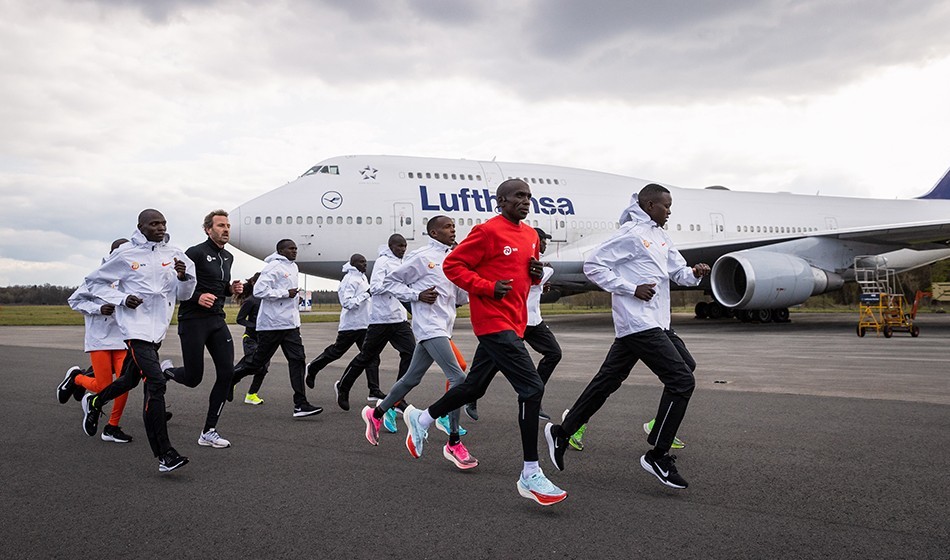
The airport course was chosen after the original venue of Hamburg was ruled out due to the pandemic. It will be Kipchoge’s first race since he finished a disappointing eighth in the London Marathon in October and he is looking forward to getting back to winning ways.
“Sunday, personally, I will be running a very beautiful race,” he said in a pre-race press conference. “I call it beautiful because we are in need and tough times during the pandemic.
“I want to run a beautiful race to show the world that actually we are on a huge, huge transition towards a great future.”

Kipchoge, 36, will tackle an eight-lap, spectator-free course and his rivals include 2012 Olympic marathon champion Stephen Kiprotich of Uganda, who has a PB of 2:06:33.
Laban Korir of Kenya is also in the field and has a best of 2:05:54, while Filex Chemonges holds the Ugandan record with 2:05:12.
In addition, Augustine Choge, the 2006 Commonwealth 5000m champion, is hoping to complete his first marathon after DNF’ing in Chicago in 2018.
In total around 50 athletes from 20 different countries will be attempting to gain the Olympic qualifying standards of 2:11:30 for men and 2:29:30 for women in an event organisers have dubbed ‘the fastest way to Tokyo’.
In the women’s race, former New York Marathon podium finisher Sara Moreira of Portugal takes on Kenyan Gladys Chesir. Moreira’s PB of 2:24:49 is slightly quicker than Chesir’s, although the fastest woman in the race is Mexican Madai Perez, who has a best of 2:22:59 but is now aged 41.
The race begins 8.30am (local time) and is due to be shown on the BBC website for fans in UK and Ireland.
So, can Kipchoge return to his best form? Was his defeat in London part of a decline or merely a blip? His sub-two-hour marathon in Vienna unfolded in autumn 2019 but in London five months ago he finished eighth in 2:06:49 in a race won by Shura Kitata. Later he blamed an ear blockage for his under-par run.
(04/17/2021) ⚡AMPby Jason Henderson (Athletics Weekly)
NN Mission Marathon
Eliud Kipchoge will bid to resume winning ways in his last race before the Tokyo games with around 70 runners looking to make the Olympic qualification standard on April 18th in Twente.After suffering a rare marathon defeat in London last October, reigning Olympic champion Eliud Kipchoge makes his return at the NN Mission Marathon in 2021. It is set to...
more...Aliphine Tuliamuk has signed with Gatorade
Ten-time USA Track and Field national champion and winner of the U.S. Olympic Marathon trials, Aliphine Tuliamuk, announced Friday that she has signed with Gatorade as she heads toward the Tokyo Olympics. She will join other notable athletes on the company’s endurance roster, including multiple American record holder Molly Huddle and Canadian triathlete Lionel Sanders.
Tuliamuk has had a whirlwind of a year, starting with her win at the U.S. Olympic Marathon trials on Feb. 29, 2020. Just under a year later, on January 13, 2021, she and her partner welcomed their first child. Now, the NAZ Elite runner is preparing to compete in the Olympic Marathon, a mere six months after giving birth.
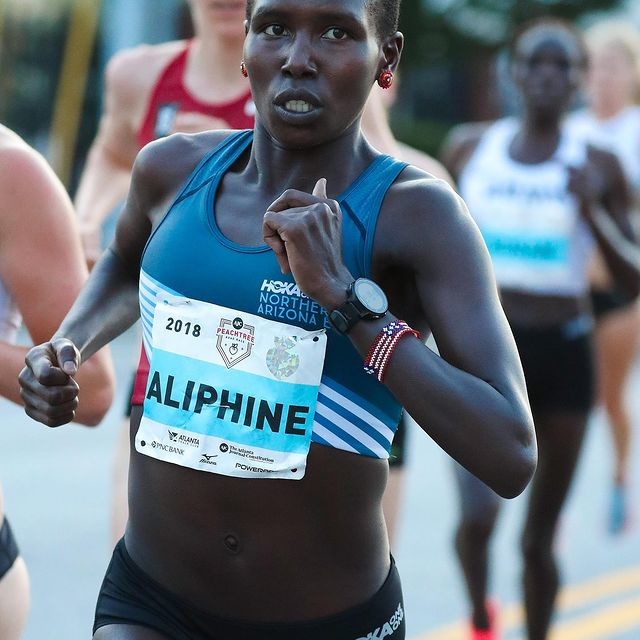
“I’m so excited to announce that I’m a new member of the Gatorade Endurance family!” says Tuliamuk. “Over the past 12 years Gatorade is a brand I’ve trusted to fuel my body, and when I started running long distance, I fell in love with the Gatorade Endurance products. I look forward to sharing how the gels and chews are helping me perform at my best by providing critical fluids and nutrients while training for the summer games.”
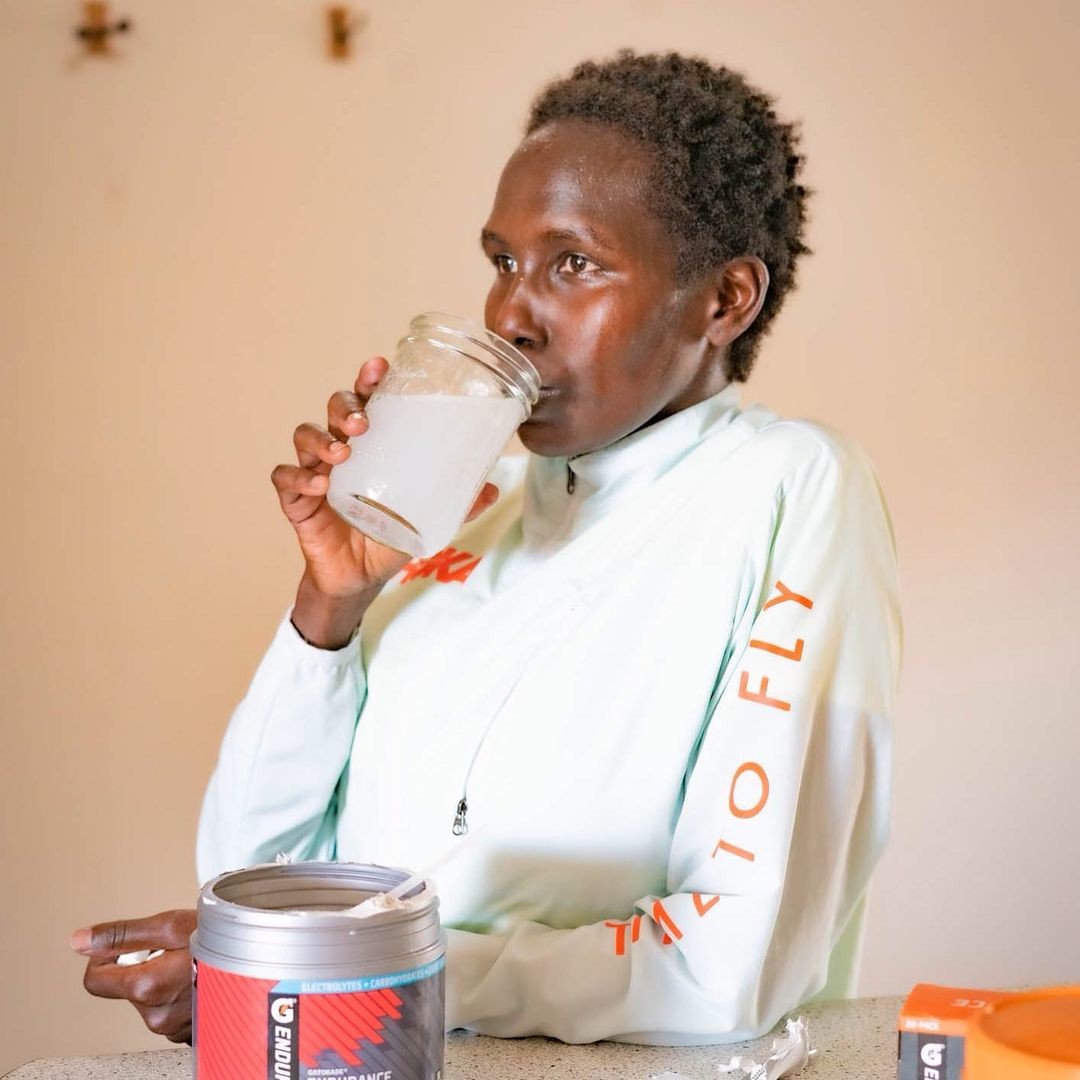
Jeff Kearny, the company’s head of global sports marketing, calls Tuliamuk a “perfect partner” as a national champion and a mother, and describes her as an inspiration, particularly for women. Since she has already been using Gatorade’s endurance products for years, she also has an authentic tie to the brand.
As the Olympics draw near, running fans everywhere will be eagerly awaiting to see how Tuliamuk fares on race day, and will no doubt be cheering her on.
(04/17/2021) ⚡AMPby Brittany Hambleton
Tokyo 2020 Olympic Games
Fifty-six years after having organized the Olympic Games, the Japanese capital will be hosting a Summer edition for the second time, originally scheduled from July 24 to August 9, 2020, the games were postponed due to coronavirus outbreak, the postponed Tokyo Olympics will be held from July 23 to August 8 in 2021, according to the International Olympic Committee decision. ...
more...2021 Mumbai Marathon is being rescheduled again due to the pandemic new date will be announced
The 17th edition of the Tata Mumbai Marathon will not be held on May 30 as it has been rescheduled owing to the COVID-19 pandemic.
“The new date will be announced in due course after consultations with the Government of Maharashtra and relevant athletic bodies,” a media release stated.
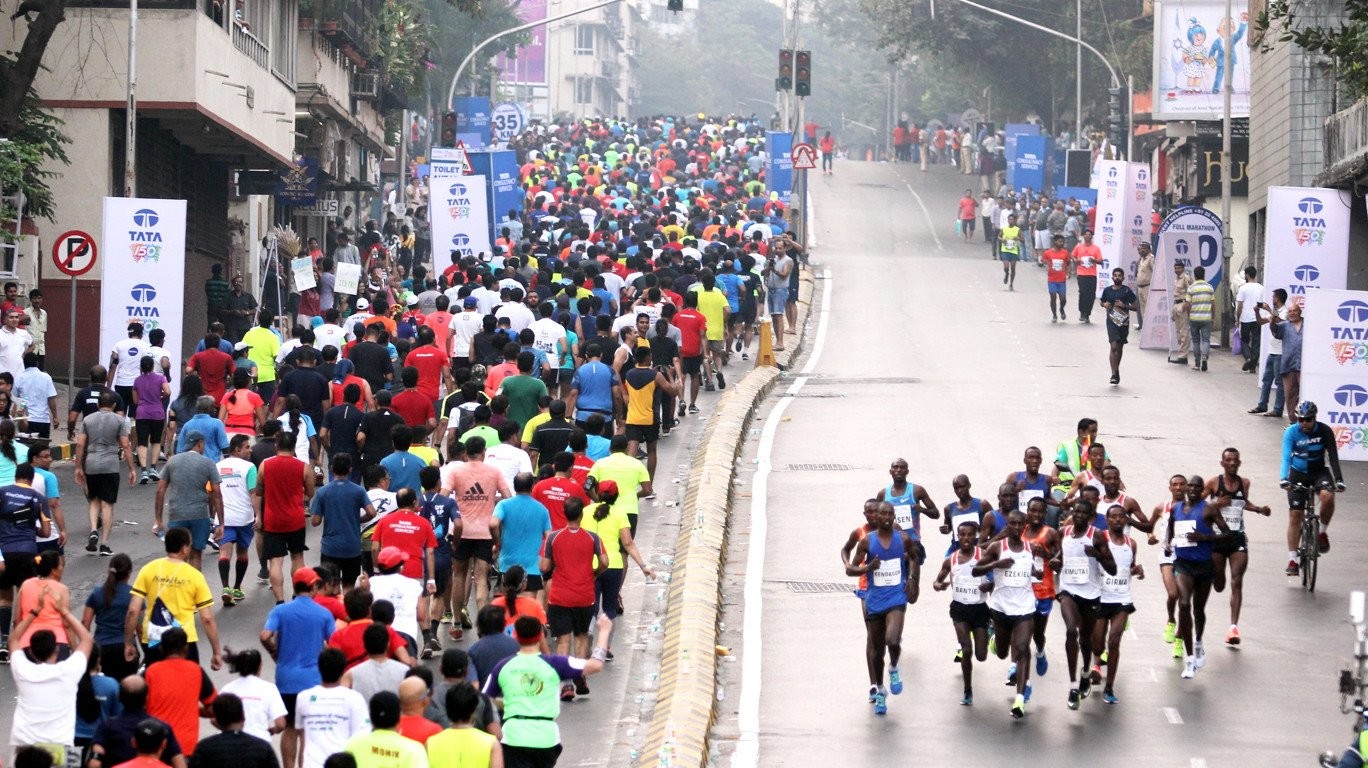
“As we navigate these challenging times, we want you to know that we are leaving no stone unturned to make the marathon possible this year. The Government of Maharashtra and our partners have been extremely supportive to ensure that we have the best possible option, keeping in mind the safety and security for all involved,” Procam International's Vivek Singh was quoted as saying in the release.
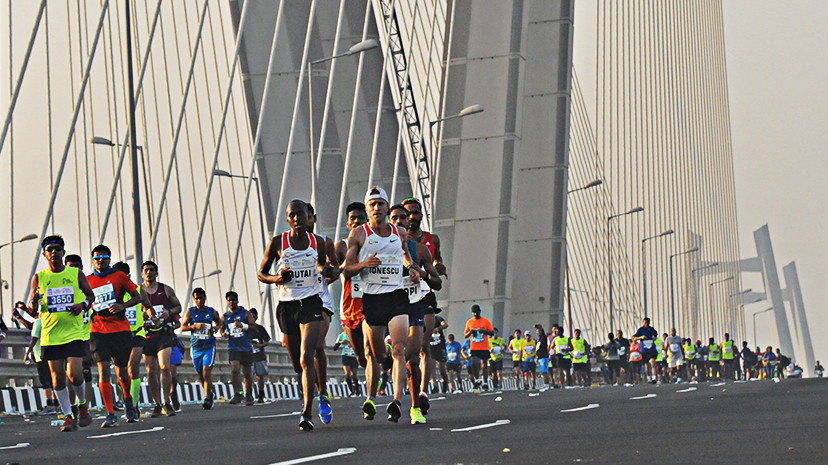
While the pandemic has not left any place untouched, Maharashtra is one of the worst affected States.
“By shifting our focus to a new date, we will continue to work closely with the State, national and international athletic bodies to identify a suitable date for the event, which is conducive to the safe conduct of the event for all stakeholders,” he added.
The marathon is always held in January but due to the pandemic it was shifted to May 30.
Mumbai has reported 8,839 new cases on Friday, pushing the total to 5.6 lakh, of which 85,226 are active cases, as per the BMC.
(04/17/2021) ⚡AMPTata Mumbai Marathon
Distance running epitomizes the power of one’s dreams and the awareness of one’s abilities to realize those dreams. Unlike other competitive sports, it is an intensely personal experience. The Tata Mumbai Marathon is One of the World's Leading Marathons. The event boasts of fundraising platform which is managed by United Way Mumbai, the official philanthropy partner of the event. Over...
more...New Hampshire track coach fired after penning anti-mask letter
Brad Keyes, a high school track and field coach in New Hampshire, has been fired after refusing to tell his athletes to wear a mask for outdoor races. The New Hampshire Interscholastic Athletic Association (NHIAA) recently released its guidelines for the spring track and field season, and officials recommended that all student-athletes wear masks during competition. Keyes, who was the head coach at Pembroke Academy for three years, sent an email to the school athletic director explaining that he disagreed with the NHIAA’s recommendation, adding that he would not enforce it. He received notice of his termination just a few days later.
In the subject line of his email, Keyes reportedly wrote “Fire me if you must,” before going into his reasons for refusing to support mask-wearing during races. While the NHIAA recommended this for its athletes, it was not mandatory, and officials left it up to individual school boards and athletic directors. To the chagrin of Keyes, Pembroke Academy athletic director Fred Vezina opted to take the NHIAA’s advice.
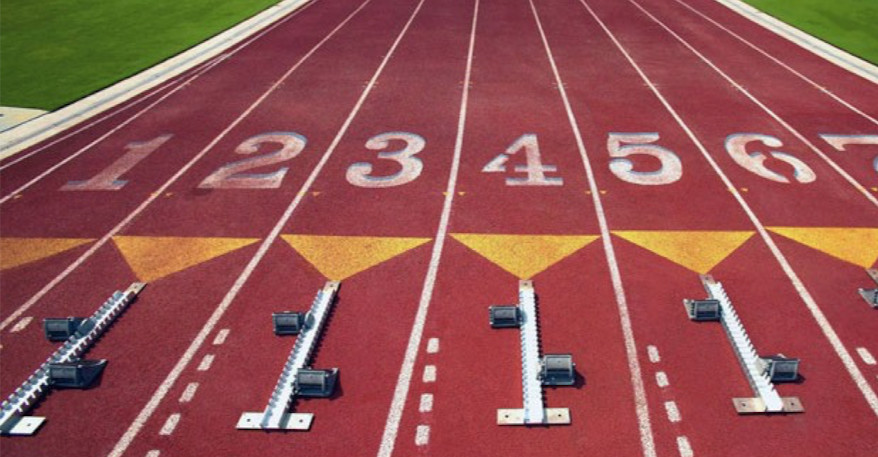
“I’ll come straight to the point,” Keyes wrote in his letter to Vezina. “I will not put kids on the track and tell them to run any races while wearing masks.” He continued, writing that he thought the decisions made by the NHIAA, Vezina and other boards that followed this recommendation were not backed up by science.
“This is not about protecting the athletes, or even their families, it’s all about covering bureaucratic asses,” he wrote. “I will not stand up in front of the kids and lie to them and tell them that these masks are doing anything worthwhile out in an open field with wind blowing and the sun shining.”
Keyes told the Concord Monitor, a local paper in New Hampshire, that he believes masks are necessary and that the pandemic is serious, but he added that he thinks forcing student-athletes to race in masks is “poorly thought out.”
The Concord spoke with Stan Lyford, another local track coach, who said he stands by Keyes in this matter. “Brad Keyes is not alone on the mask issue,” Lyford said. “Everyone I talk to thinks that wearing masks while running is a bad idea. It is not like soccer or other sports where you run a little and ease off. Track is full speed ahead at all times.” Despite disagreeing with the NHIAA, however, Lyford noted that he “will go along unhappily with the state’s rules.”
Since his termination, Keyes has made several appearances on various podcasts and TV shows to discuss the issue of wearing masks while racing.
(04/17/2021) ⚡AMPby Running Magazine
Indigenous community calls for Boston Marathon date change
Native Americans in Massachusetts are calling on the organizers of the Boston Marathon to move the already rescheduled date for the storied race because it now conflicts with a day meant to commemorate the contributions of Indigenous people.
The Boston Athletic Association announced in January that the 125th edition of the marathon would be pushed back from its traditional April running to Oct. 11, assuming road races are allowed to take place under Massachusetts’ COVID-19 restrictions by then.
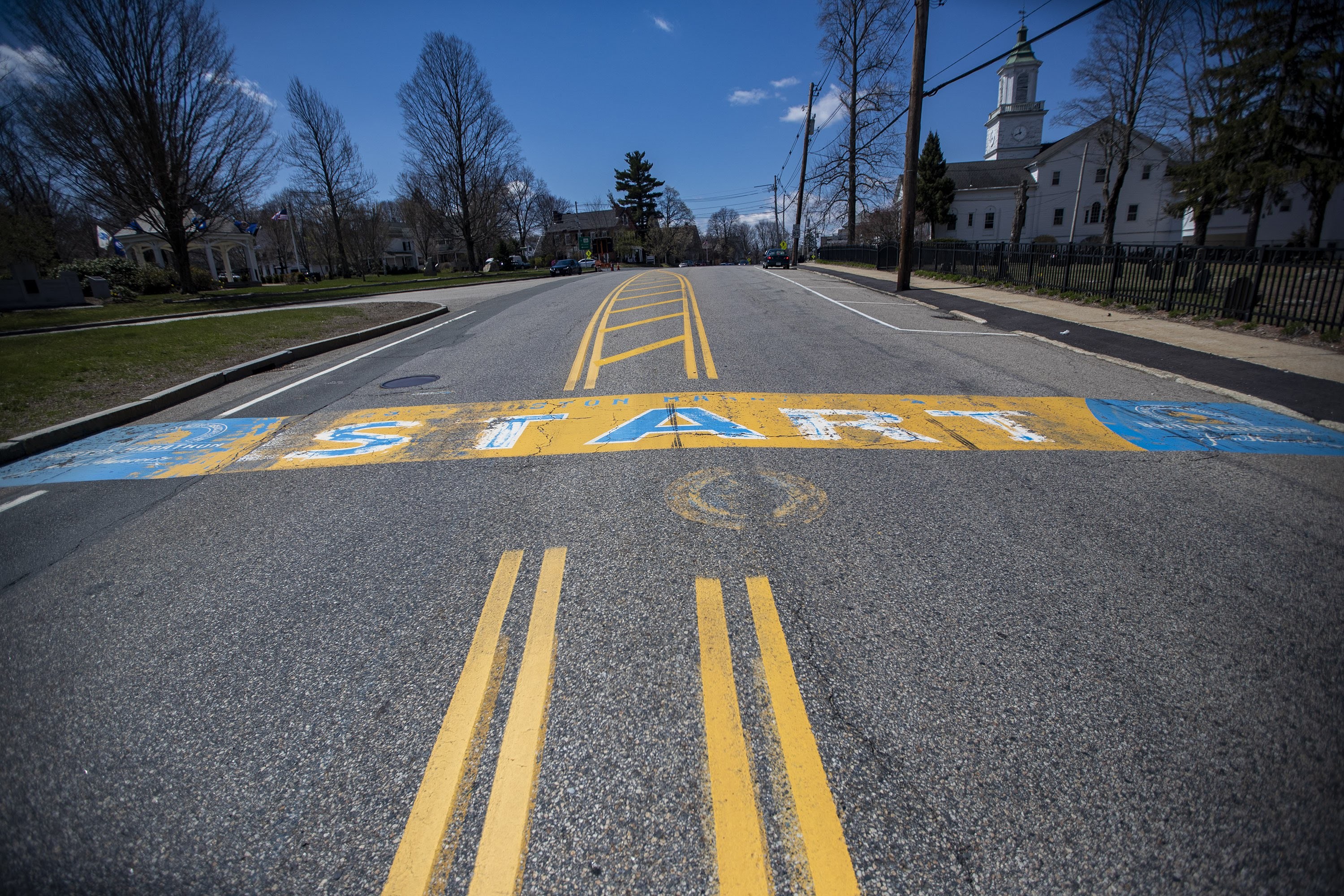
But the Indigenous Peoples Day Committee in the Boston suburb of Newton complained the new day undercuts a day reserved for recognizing the contributions of Native Americans, past and present. The group said its first planned celebration of the Oct. 11 holiday has to be canceled because of the marathon’s new date.
“Unfortunately, the Boston Athletic Association has decided that Indigenous Peoples Day is a ‘side’ holiday that can be usurped," the committee said in a recently launched online petition. "By doing this, they are perpetuating the myth that Indigenous peoples are part of the past and irrelevant.”
The BAA didn't directly address the complaints, but said Thursday that the new date was selected in close coordination with the eight cities and towns along the marathon route. Those communities include Newton as well as Hopkinton, Ashland, Framingham, Natick, Wellesley, Newton, Brookline and Boston.
“During the date selection process, the Boston Athletic Association regularly met with representatives from the eight cities and towns for feedback and guidance on potential dates and collaboratively selected Monday, October 11,” the organization said in a statement. "We will continue working with city and town officials, as well as with organizations planning events during the October 9–11 weekend.”
Newton Mayor Ruthanne Fuller and members of the city council didn’t respond to emails seeking comment Thursday.
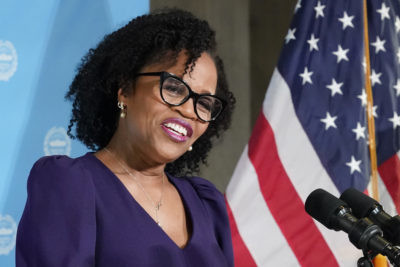
The Native American organization said marathon organizers should reschedule the race to give Indigenous communities the space they deserve.
“Indigenous Peoples Day is a time for everyone to learn more about the history of America as it relates to Indigenous Peoples — because we are all on Indigenous Land," the organization said in its petition. “The BAA has the chance to acknowledge the importance of keeping the spotlight on Indigenous Peoples Day rather than steal the spotlight for the Marathon.”
The BAA has said this year's race will have space for 20,000 entrants — a smaller field than prior years to allow for social distancing. There will also be a virtual race from Oct. 8-10 that will allow up to 70,000 more entrants.
First run in 1897, the Boston Marathon was canceled last year for the first time in its history. Instead, almost 16,000 people ran in a virtual race, completing the 26.2-mile distance on their own over a 10-day period.
(04/17/2021) ⚡AMPBoston Marathon
Among the nation’s oldest athletic clubs, the B.A.A. was established in 1887, and, in 1896, more than half of the U.S. Olympic Team at the first modern games was composed of B.A.A. club members. The Olympic Games provided the inspiration for the first Boston Marathon, which culminated the B.A.A. Games on April 19, 1897. John J. McDermott emerged from a...
more...What’s It Like to Run Ahead of Des Linden for 50K? Her Pacer Can Tell You
Charlie Lawrence had the task of keeping the marathoner hitting her splits for 31 miles.
Des Linden is a master of marathon pacing—that’s no secret at this point in her career.
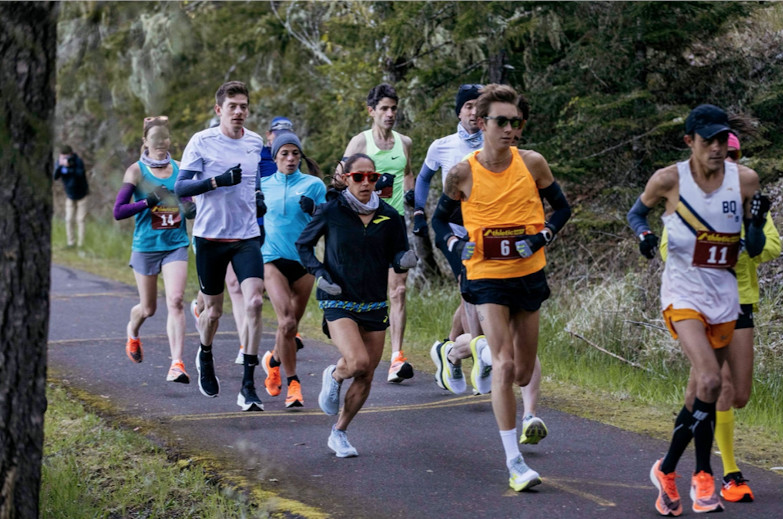
But for her first 50K—on a deserted bike path alongside Dorena Lake outside of Eugene, Oregon—the scene was different. She had no competitors, no screaming fans, and she was running almost 5 miles longer than the distance she usually races. Plus, she was making a world record attempt.
For that, she brought in a pacer.
Who was the guy? His name is Charlie Lawrence, he’s 26, and he lives in Boulder, Colorado. Lawrence, who ran at the University of Minnesota, made his marathon debut in 2018 at Cal International, where he ran 2:16:13 and qualified for the 2020 Olympic Marathon Trials. He got to know Linden when he was running for Hansons-Brooks Distance Project, Linden’s former team, in Michigan. 

In Boulder, Lawrence works part time for a Minneapolis-based app development consulting company and is training for the U.S. 50K road championships in June. (A win there would give him an automatic berth on the U.S. team for the world 50K championships in October in Chinese Taipei.) So when Josh Cox, Linden’s agent, called Lawrence in March and asked if he would be interested in pacing her, Lawrence was excited to be a part of it, and get a solid training run in at the same time.
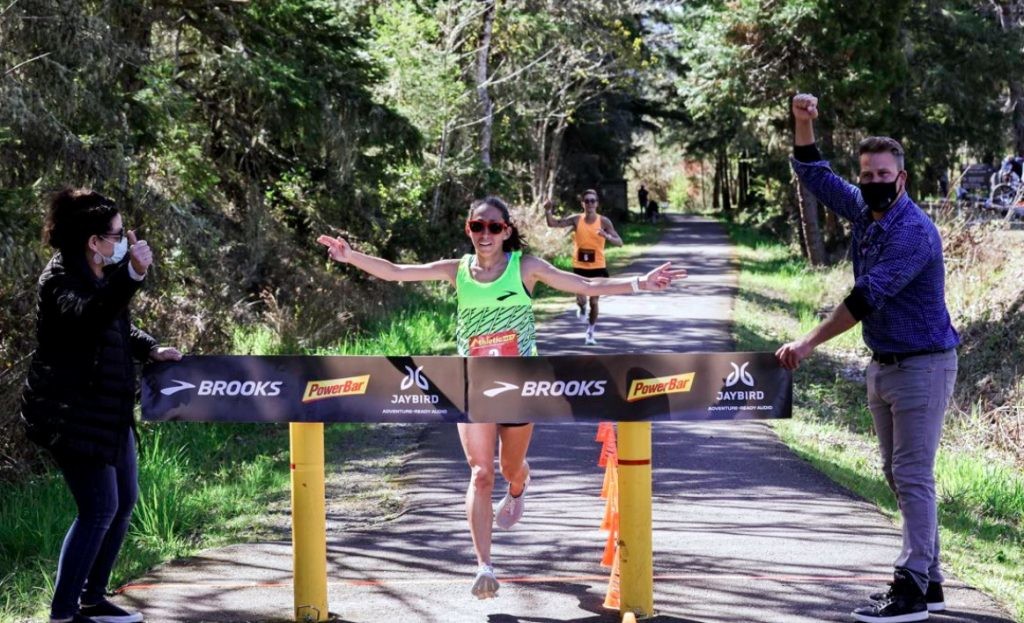
By now, the results are well known. Linden, 37, ran 2:59:54 and lowered the world best for 50K by more than 7 minutes. She also broke the three-hour barrier.
“Charlie is a such a great guy,” Linden told Runner’s World after the race. “I’m not a big fan of pacers but I knew he’d be great at the job and absorb a lot from the experience. Plus, I knew I could hang out with him for three hours and not get irritated.”
Linden added that they didn’t chat much but they worked well together. “Having him as a bit of a moving target late in the race was definitely what got me under 3.”
Lawrence answered a few questions from Runner’s World about what it was like to be there every step of the way.
Runner’s World: How did this come about?
Charlie Lawrence: It was January 2021. Des and I were just texting about what’s on the calendar this year, with so many things gone because of Covid. She said, off the record, “I think I want to go for the 50K world record.”
The biggest thing on my calendar was I wanted to try to make the U.S. team for the world 50K champs. I told Des that if I can help in any way, I’d love to help. She said, “Absolutely, we’ll follow up.”
About a month ago, I was down in Scottsdale, Arizona, for a race, and Des was there. We were talking about it and she said it was going to be mid-April. The next week Josh texted me and let me know that if I wanted to do it, I’ve got first dibs.
I went to Cory Leslie, my coach. He said it makes sense—it’s eight weeks out from the U.S. 50K road champs. I could get an awesome long run in, and learn from Des and practice bottles and fluids. It was a perfect storm to help a friend and mentor break a world record.
I have run with Des a handful of times in the past few years, but to be honest, we have probably had more coffee and beer together.
How did you work out where you would be running?
It was myself and Ryan [Linden, her husband] helping pace her. I was off her shoulder. It was very calm at the start. She said, “Run at the side, it feels easier and more natural.” That’s what we did the whole way out to the first turnaround. At 15 or 16 miles, the wind picked up a bit. It was swirling. There was a cross wind, so I went to either side of her, depending on which side the wind was coming from. When it was a headwind, I’d get in front of her.
I was getting the splits on my watch and I’d say, “5:45—right on the money,” just talking to her. There was a mile early on that was 5:38. I was like, “All right, we’ll dial it back. We just need to be running 5:45, 5:50.” She goes, “Yup, sounds good.”
Were you nervous at all heading in?
It was more like nervous excitement. Let’s do this thing. It was a cool opportunity for Des. My strong suit is I’ve been able to string together some awesome long runs, some 25-milers, sub-5:40 pace, at altitude. That’s the reason why I’m going for 50K. And this was a chance to get an awesome workout in and help Des achieve a goal of hers. I knew I could handle it. The pressure was just on me to do everything I possibly could to help Des break the record.
We had a pace goal going into the race, so the goal was to be as even as possible and just click off splits as close to that goal. Coach Drenth [Walt Drenth, Linden’s coach] gave Des splits he thought she could run. Josh talked us though some pacing as well. [Linden ended up averaging 5:47 pace.]
Did she hit any rough patches?
She was definitely feeling it a little bit the last 5K. I felt kind of bad, in the last two miles, I was out in front of her, and I got a few too many steps in front of her. Instead of 5 feet it was about 5 yards. So I said, “Let’s go, Des, finish this, finish this.” She kept it all together just like a pro. She hung together. When we were at about 2:59, she’s was like, “Awesome, let me take it.” I said, “ Finish it off, champ,” and I pulled off. You can see me in some of the photos in the background with my finger pointing, throwing up a one. To be able to play a small role in helping her, it’s one of the biggest highlights in my running career thus far.
Did Des pay you for this?
No, but they covered everything for the trip. After the race was over, we went to The Allison in wine country and stayed up there. They took awesome care of me. I tried paying for stuff and got harassed.
So it was an all-expenses-paid trip to Eugene and wine country and all you had to do was run 50K?
Exactly. Don’t screw up. Let’s get Des a world record.
How did you feel physically after?
The legs feel awesome. I woke up the next day, got an easy hour run in, got some core in. Legs feel like I’m coming off a hard long run in Boulder. My body responds well to it. It’s business as usual. I’m back to training.
Would you have any advice for middle-of-the-pack runners who are pressed into pacing duties?
My best advice to anyone who might pace friends is to absolutely do it. This sport is so great because of the people. What better way to spend time with someone than very high-quality miles, either pacing or just on everyday runs?
(04/17/2021) ⚡AMPby Runner’s World
This 90-Year-Old From Kansas Ran 90 Laps Around a Track to Celebrate His Birthday
Marvin Hachmeister arrived at Kansas State University’s Ahearn Field House at 6:30 a.m., when the track was still empty, on March 9. It was his 90th birthday, and he was setting out to run 90 laps of the indoor track.
If this sounds unusual to you, it’s not for Hachmeister; in fact, this is far from the first time that Hachmeister has spent several hours running on his birthday. In 1981, when he turned 50, a crew of track and cross-country kids at the school he taught at bet Hachmeister that he couldn’t run 50 laps around a 200-meter track. He did it that year and has continued running his age in laps on his birthday every year since.

“I just keeping adding a lap very year,” Hachmeister told Runner’s World. “That‘s what I’ve been up to these days.”
Hacheister started running in high school in 1946. He picked up longer distances starting in 1979; a blood test revealed his blood was low on oxygen, and exercise was suggested. Now, Hacheister runs six days a week, mostly with his Australian cattle dog. Also, he lives on a farm, and still does quite a bit of farm work on top of his running.
After years as a high-school shop and manual labor teacher, he took another job at to Kansas State University, where he became close with the track and cross-country team. The runners occasionally join him for laps on the track.
“I used to be able to talk more when running, but as I get a little older, I use every breath of oxygen up,” Hachmeister said. “I’ve got a few guys who run regularly with me, not this year, but used to. I used to tell them if they wore headphones, I couldn’t talk to them. Now, I don’t care because I need to breathe harder.”
For four decades now, Hachmeister has gathered friends to join him for his annual birthday run. The people he has met through running are the reason he keeps going, which is why his two most recent birthday runs have been difficult.
“I really like going to races and runners, as a whole, are jolly-good people,” Machmeister said. “I really like the social part because of things like I was by myself after my wife passed away in 2012. A person has to be careful. They can sit back and go into depression or something. The social aspect of running helped me a lot.”
In 2020, he was 48 laps into his run when staff cleared out the field house because the school was shutting down due to the pandemic, and he was forced to abandon his run.
This year, Hacmeister, who is fully vaccinated, tackled most of his run alone, though some of the Kansas State cross-country runners joined him for the first few laps as they began practice. Hachmeister ran three miles before stopping for a drink and to switch directions. He finished his 11.85-mile journey in about 2 hours and 15 minutes.
“I’m glad I got it done again this year,” he said. “I would like to make it being able to do a 5K at 95. I’ll just have to see. I’m in pretty good health and don’t have any health problems that I know of. I’m always gonna keep going if I can.”
(04/17/2021) ⚡AMPby Runner’s World
Internet has reacted to Team Canada’s Tokyo 2020 jackets
Eight months ago, the outfits our Canadian Olympic team will be wearing at the closing ceremonies were released. No one seemed to notice until a viral tweet about the jackets on Wednesday set off a social media storm.
Twitter users from Canada and around the world had a lot to say about the graffiti-denim look, which was designed by Hudson’s Bay and Levi’s, and reactions ranged from comical to completely horrified.
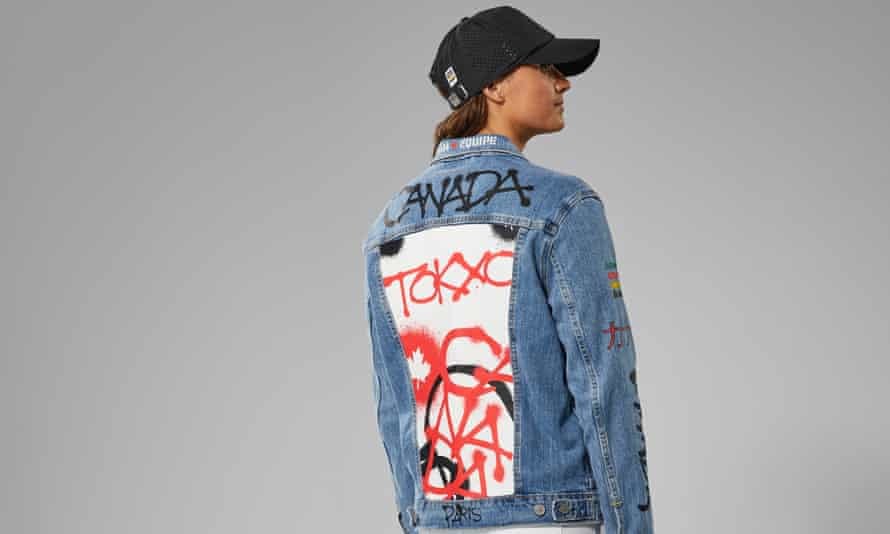
The original tweet that started it all came from Twitter user Downtown Brandi Frown (@ItsTheBrandi), who (jokingly) called for a cancellation of the Olympics upon seeing the outfits for the first time.

The user followed the initial tweet with several others, including one that poked fun at the “Canadian tuxedo,” otherwise known as wearing a denim shirt or jacket with blue jeans, saying “Sorry but if Canada isn’t gonna wear jeans with those jackets they should just forget the whole concept.” Other users began chiming in, including Canadian Olympic race walker Evan Dunfee.
Another Twitter user said, “They really are leaning into the Canadian tuxedo, huh?”, while another asked, “Did they forget they had to submit something and get these made at a mall kiosk?” One Twitter went so far as to say the jackets are completely inappropriate — unless, of course, they’re worn with jeans.
Others have compared the Canadian uniforms to the Ralph Lauren-designed outfits the American team will be sporting at the closing ceremony, saying “the U.S. vs Canada Olympic outfits look like the plot of a bad 80s camp film where the freaks/geeks have to overcome the preppies.”
Whether you like them or not, the jean jackets aren’t going anywhere, and one thing is certain — Canadians are certainly going to stand out at this year’s closing ceremonies.
(04/16/2021) ⚡AMPby Brittany Hambleton
Tokyo 2020 Olympic Games
Fifty-six years after having organized the Olympic Games, the Japanese capital will be hosting a Summer edition for the second time, originally scheduled from July 24 to August 9, 2020, the games were postponed due to coronavirus outbreak, the postponed Tokyo Olympics will be held from July 23 to August 8 in 2021, according to the International Olympic Committee decision. ...
more...Endurance athlete from Bristol is hoping to run 200 marathons in 100 days
In 2019, Nick Butter became the first person to complete a marathon in every country of the world.
The gruelling challenge took him from North Korea to El Salvador, across war zones and freezing temperatures. At one point he was bitten by a dog and mugged.
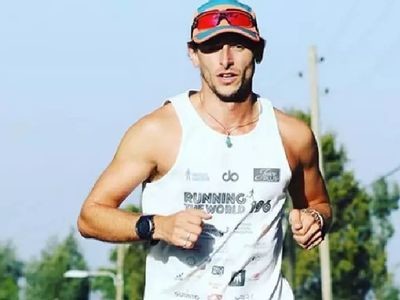
Nick's latest feat is unlikely to take him to such extremes, as he'll be running along the coast of Britain - but he will be attempting to complete two marathons a day.
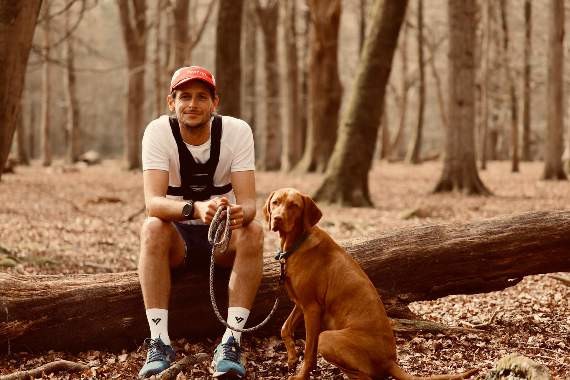
Starting at the Eden Project on Saturday April 17, Nick will run for 14 hours each day to cover 52.4 miles (a double marathon), every day for 100 days.
He will run 5,240 miles in total, ending up where he began at the Eden Arena on Monday July 26.
I honestly don't know if I can do it but we're going to give it a go. He says.
Nick will be supported by a team of five people across three camper vans.
The first will hold his support team, keeping him safe and fed, the second will be his media crew and the third will be his home on the road. It will be driven by Nick's girlfriend Nikki and their dog Poppy will also join them.
When Nick ran across the world, he did it in aid of Prostate Cancer UK after a fellow ultra runner, Kevin Webber, was diagnosed with the disease.
He has so far raised more than £140,000.
For his 2021 challenge, he has set up The 196 Foundation. Its title comes from the 196 countries across the world and reflects all the needs across the planet.
Each year it will support one cause, voted on by the foundation's donors. It could be anything from buying a wheelchair for a family to building a school.
The 30-year-old hopes to be joined by other runners along the route. "We'd love to have some company and people to come and keep me company for the 100 days," Nick said.
"When I'm running for 11 hours a day, getting through 9,000 calories, I need all the help I can get".
(04/16/2021) ⚡AMPGreat North Run is facing struggle over insurance guarantee
The Great North Run is facing a "struggle" because of issues getting insurance in case it has to be called off due to Covid-19, the founder says.
Sir Brendan Foster said "the key tool" in holding major events was missing and there had been "a huge market failure".
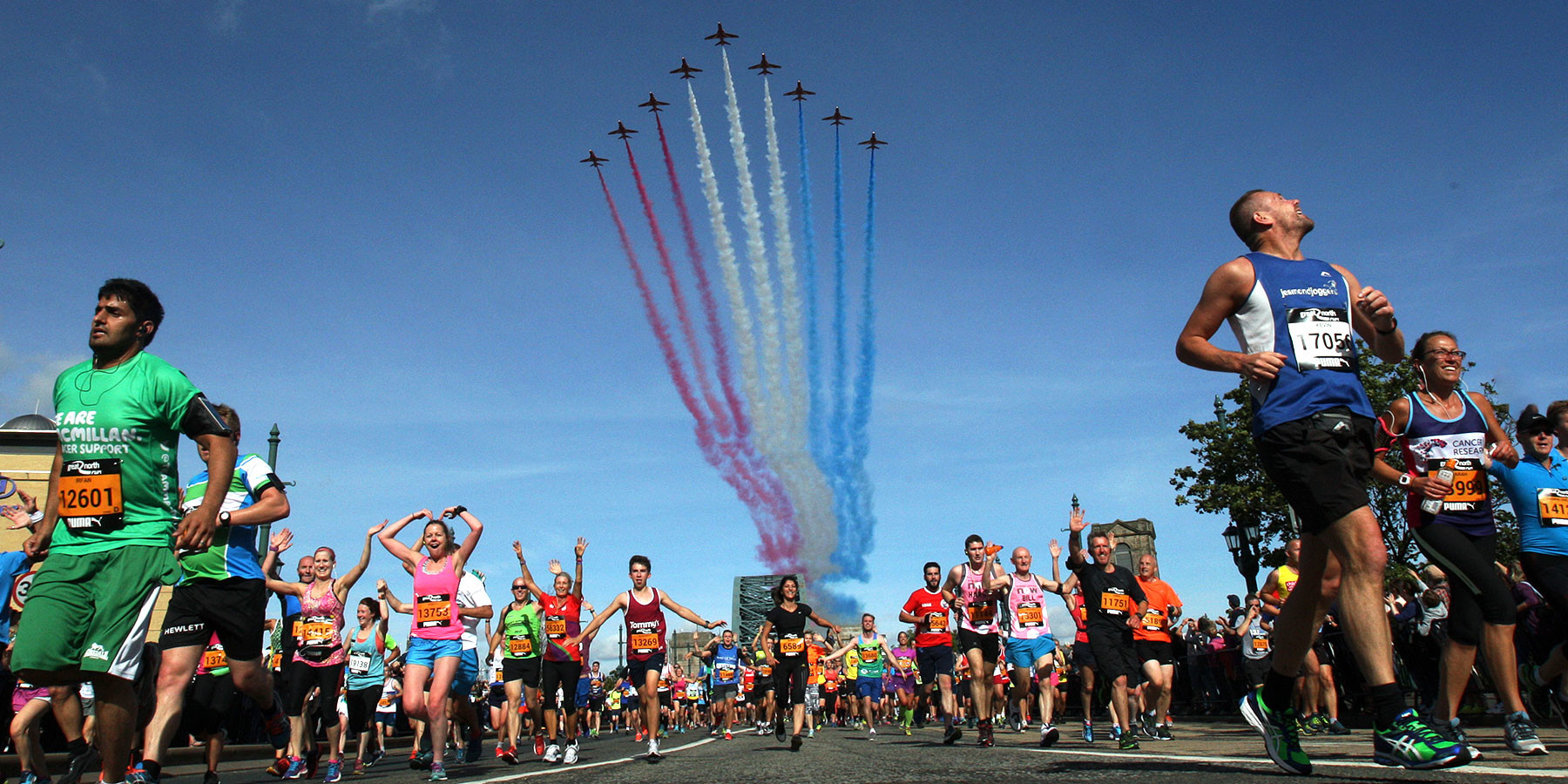
He said organizers faced being liable for costs and called on the government and insurance sector to meet.

The government said it was aware of the "wider concerns" around securing indemnity and was "exploring" support.
The Association of British Insurers (ABI), which represents the sector, said it was "happy to continue to engage with the government".
The Great North Run - the world's largest half marathon - was set to celebrate its 40th anniversary in 2020 but it had to be held virtually because of coronavirus.
This year's event is due to take place on September 12, with about 57,000 adults set to run between Newcastle and South Shields.
Sir Brendan said organizers were "cautiously optimistic" it would take place but they would look to hold an alternative if the event was unable to go ahead as planned.
"We will struggle, we will have to look forward to see how we can do it, we will have to see what shape we can do it," he said.
This is not about the Great North Run, this is about the government seeking to bring it back to normal and seeking to make sure that Britain gets back on its feet by the autumn.
"Unfortunately, to open up these large events and to ease the restriction on these large events, the key tool in doing that is missing at the moment because the insurance industry is not available to offer insurance."
The government said its events research programme would consider how effective various measures were at reducing transmission risk at large events, including using testing.
"The programme will start this weekend with pilot events carried out across a range of settings, venue and activity types," it said.
The ABI said it had made it clear to the government "the very limited risks" the commercial market was able to provide cover for.
"With the Covid-19 public health emergency continuing to present a significant risk of cancellation or disruption, commercial insurers remain unable to offer this type of cover, or only at a cost that is unaffordable for many," a spokesperson said.
"Insurers continue to provide support for a wide range of other risks, and event organizers should discuss their needs with their insurance advisers, who can fully explore all insurance options in the market."
(04/16/2021) ⚡AMPGreat North Run
Great North Run founder Brendan Foster believes Britain is ready to welcome the world with open arms after the launch of the event's most ambitious plan to date. The Great World Run campaign seeks to recruit one runner from every country in the United Nations – 193 in total – to take part in the iconic half marathon in...
more...World 100m champion Christian Coleman has two-year ban reduced by six months
Coleman has had his two-year ban for missing three drug tests reduced by six months following an appeal to the Court of Arbitration for Sport (Cas).
The 25-year-old American will still miss the Tokyo Olympics starting in July as the ban runs until 14 November.
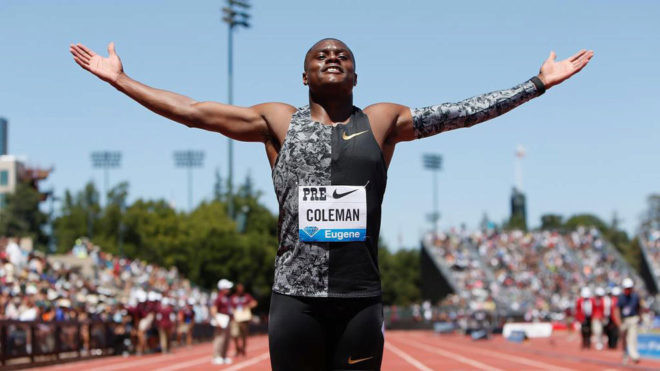
He can, however, defend his world indoor and outdoor titles next year.
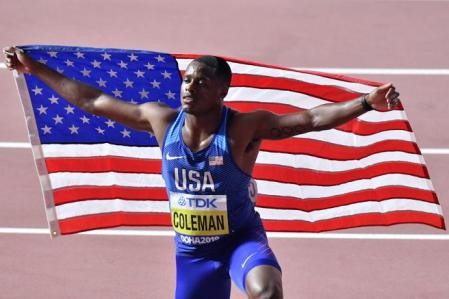
Cas "partially upheld" the Athletics Integrity Unit's (AIU) ruling but found his "degree of negligence to be lower".
Coleman, who won 100m gold at the World Championships in Doha in 2019, was first provisionally suspended in June 2020 after missing a third test in December 2019.
The indoor 60m world record holder did not contest his first missed test on 16 January 2019 but disputed his filing failure on 26 April 2019 and whereabouts failure on 9 December.
The AIU investigation into his rule violations said there was no suggestion he had ever taken a banned substance.
However, Coleman's attitude towards his anti-doping obligations was described as "entirely careless, perhaps even reckless" by the AIU in October.
According to the AIU's out-of-competition testing guidelines, athletes are accountable for missed tests if they are not at their specified location for the one-hour period they have stated. The tester must wait for the full 60 minutes before leaving.
Coleman said he was Christmas shopping "five minutes away" from home, and that the tester made no effort to contact him during his third whereabouts failure.
Cas said Coleman "should have been on 'high alert' on that day" considering his previous whereabouts failures, but decided "he would have been able to return" in time to do a test if contacted.
"Although a telephone call during the 60-minute window was not required by the rules, it was nevertheless reasonable for the athlete to expect such a call, as a matter of standard practice among other doping control officers," Cas said in a statement.
(04/16/2021) ⚡AMPby Athletics
Top Japanese official says that Tokyo Olympic Games could be still cancelled amid coronavirus fears
According to a report by Global News, a senior member of the ruling party in Japan has said that if the coronavirus situation becomes too dire, the 2021 Tokyo Olympic Games could still be canceled. This statement comes less than 100 days until the Games are set to begin and in the midst of a rising fourth wave of infections.
Currently, Japan is struggling with a rising number of coronavirus infections after the government ended a state of emergency. The number of infections in Tokyo is trending upward, and Osaka is experiencing a record number of cases. The government is still moving forward with plans for the Games, which includes several restrictions, social distancing measures and no international spectators, but Toshihiro Nikai, secretary-general of the Liberal Democratic Party, says that if they have to pull the plug, they will.

“If it seems impossible to do it anymore, then we have to stop, decisively,” he said. “If the Olympics were to spread infection, then what are the Olympics for?”

Another government official countered Nikai’s comments, saying they will hold the games “in a way that’s feasible.” This, he added, might mean having no spectators at all. Statements from both officials come in the midst of an anti-Olympics social media storm on Thursday, when more than 35,000 Twitter users tweeted about canceling the Games. Since the pandemic began, support for the Olympics has been low in Japan, with recent polls suggesting that at least 40 per cent of the country’s population think they should be cancelled.
No decision has been made yet, but Japanese lawmakers are under mounting pressure as the Games draw near. Olympic organizers, Japan’s National Olympic Committee and the Tokyo government have not yet addressed the comments.
(04/15/2021) ⚡AMPby Brittany Hambleton
Tokyo 2020 Olympic Games
Fifty-six years after having organized the Olympic Games, the Japanese capital will be hosting a Summer edition for the second time, originally scheduled from July 24 to August 9, 2020, the games were postponed due to coronavirus outbreak, the postponed Tokyo Olympics will be held from July 23 to August 8 in 2021, according to the International Olympic Committee decision. ...
more...The governments of Hokkaido, Sapporo to cancel 10 km race on Olympic marathon course
The governments of Hokkaido and its capital Sapporo have decided to cancel a 10-kilometer foot race scheduled for next month on the Olympic marathon course, a source with knowledge of the matter said Thursday.
The race on part of the official Tokyo Games marathon course had 2,500 entrants and was due to take place on May 5 as part of the Hokkaido-Sapporo Marathon Festival, which will feature a half-marathon run as an Olympic test event.
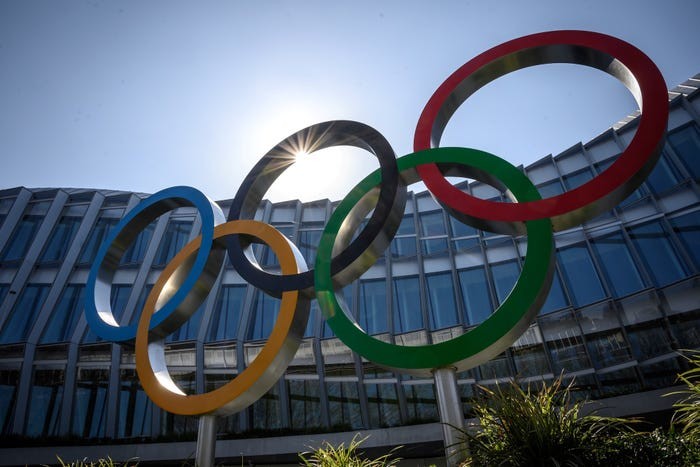
The half marathon will go ahead as planned, with approximately 160 elite runners including some qualified Olympic athletes making up the field.

The northern Japanese prefecture of Hokkaido and its capital Sapporo have become a hotbed for the spread of coronavirus after recording dozens of cases of people infected with COVID-19 variants.
Sapporo has requested residents refrain from non-essential, non-urgent outings in the city and to avoid cross-regional travel for three weeks until this Friday.
City and prefectural authorities plan to extend the request until May 14, leading to the decision to cancel the race.
(04/15/2021) ⚡AMPby The Mainichi
Tokyo 2020 Olympic Games
Fifty-six years after having organized the Olympic Games, the Japanese capital will be hosting a Summer edition for the second time, originally scheduled from July 24 to August 9, 2020, the games were postponed due to coronavirus outbreak, the postponed Tokyo Olympics will be held from July 23 to August 8 in 2021, according to the International Olympic Committee decision. ...
more...RunCzech introduces battle of the Teams marathon event
RunCzech has announced plans for an event named Battle of the Teams, a competition that will bring 32 of the world’s best runners together to race on teams in this year’s elite-only Prague Marathon. Four teams of eight runners (four men and four women) will line up in Prague to compete in this game-changing race, which will take the marathon from its usual wholly individual run and turn it into a team event. The Battle of the Teams is set for May 30, and its unique format will make it a must-see race.
As noted on the Battle of the Teams website, the crew at RunCzech asked the question “What if we could present [the marathon] as a team sport?” In this case, “the drama doesn’t end when the first runner crosses the finish line. In fact, it’s just getting started.” Like a cross-country race, this team format forces athletes to push until the very end, no matter how poorly they may be running, because every second counts for their team.
While there will be eight runners per team, only six will register scores. Two runners will race as backups, and if any of their teammates have to drop out, they will move into scoring position. Athletes earn points based on their finishing times, and the team with the highest cumulative score in the end takes the win. In addition to one’s general time earning points, if a runner drops a PB, he or she will earn a 10 per cent bonus in points for their team.
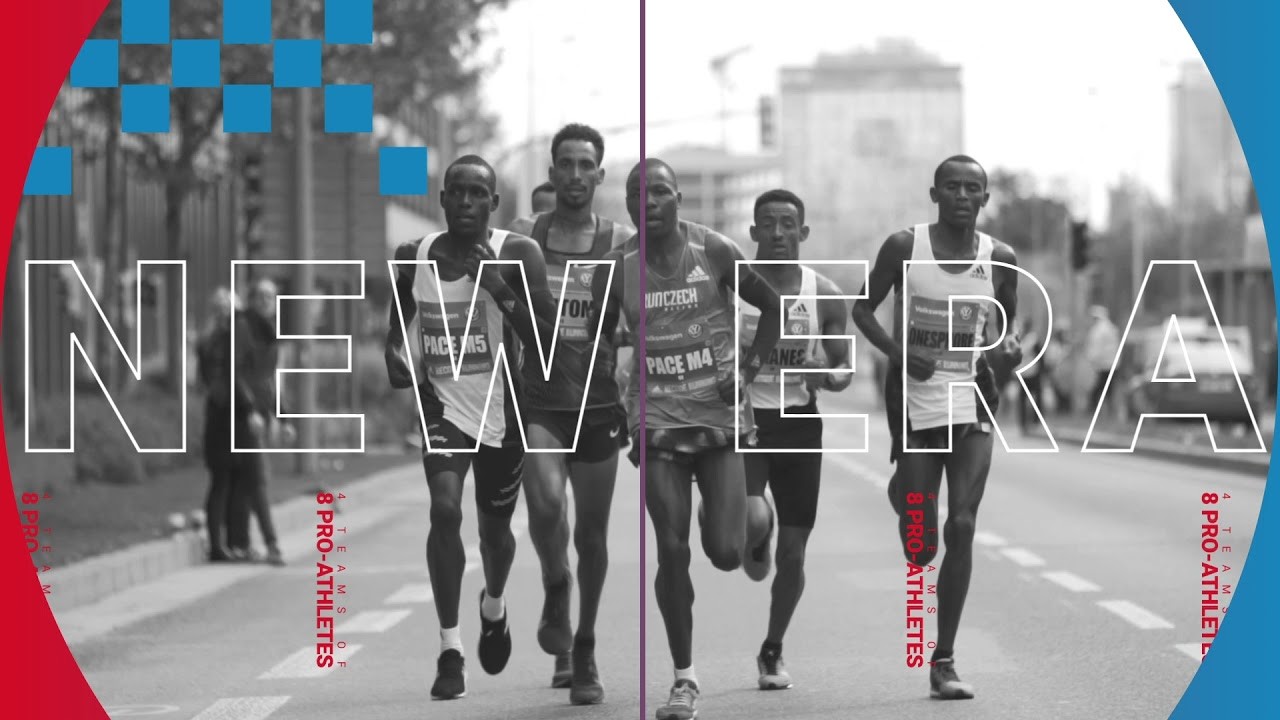
Since this is a RunCzech event, every team will feature an athlete from the Czech Republic. The rest of the runners will be international athletes. The makeup of each team will be determined in a “draft” in which each runner’s PB from the past four years is taken into account. They will then be divided into the four teams to make the field as evenly distributed as possible.
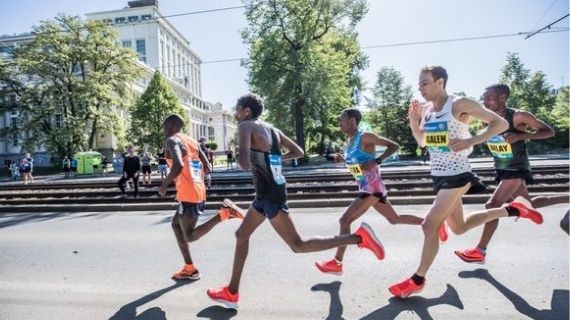
Pre-race hype
RunCzech has a few plans to get people excited for this race. Firstly, each team will be assigned a “captain,” although this person will not be running. Instead, these captains will be other Czech Republican athletes, such as soccer, tennis and hockey stars, each of whom will promote their teams and hopefully attract attention from the Czech public.
Captains will represent their teams at the draft, which will be televised, much like the NBA or NHL drafts are. This will be another chance for organizers to hype up the event before race day. Finally, each team will have a corporate sponsor, and runners will wear uniforms for the race.
Other races
Alongside the Battle of the Teams race, the Czech national marathon championships will be run. In this race, about 80 athletes will compete, many of whom will use the opportunity to try to run under Olympic standard and qualify for the Tokyo Games. Other than those extra 80 runners, though, race organizers won’t accept any additional entries.
For runners who want to be part of the RunCzech event, there will be a virtual race that will last most of May. The Volkswagen Prague Virtual Marathon will run from May 3 to 31, and 10 per cent of all registration fees will be donated to charities that the four Battle of the Teams squads will choose to support. In addition to this chunk of registration fees, the corporate sponsors involved in the Battle of the Teams will match this donation, doubling the total raised for charity.
The Battle of the Teams has the potential to be one of the most interesting races of 2021, and it will be a can’t-miss event.
(04/15/2021) ⚡AMPby Ben Snider-McGrath
The most common running injuries every new runner should know about and how to avoid them
As any runner can tell you, pounding the pavement is not all runner’s high—there are aches and pains that come along with it. Running injuries can run the gamut from annoying to sidelining, which is why it’s important to accurately identify what’s going on.
Running is a high-impact exercise, meaning your entire body takes a bit of a beating when you run for a prolonged period of time.
Runner’s knee
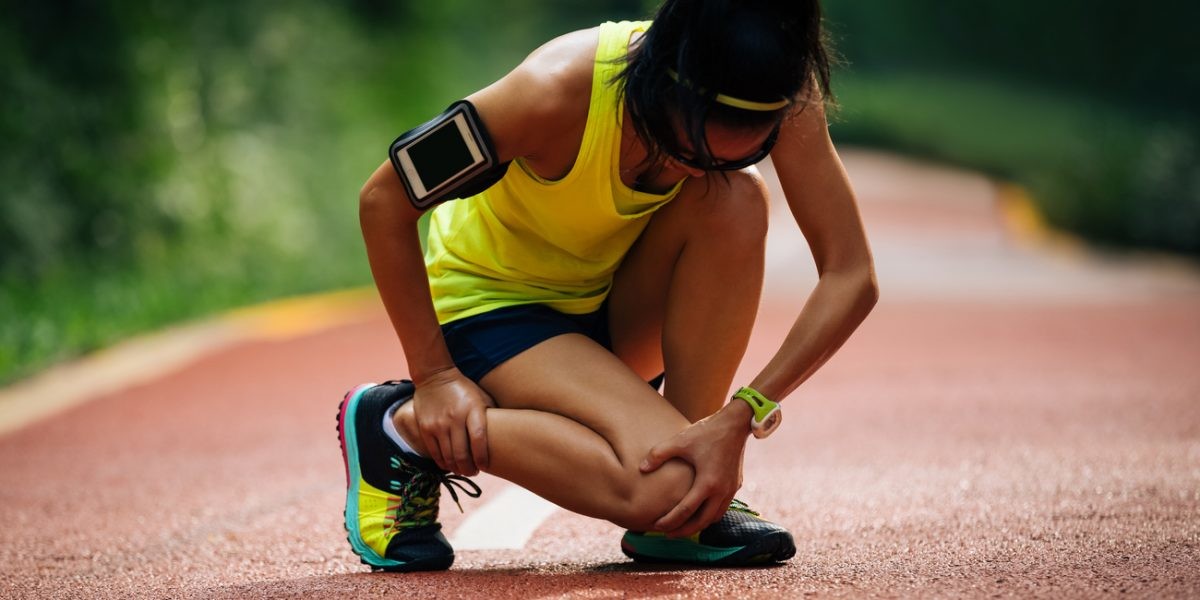
What it is: "Patellofemoral pain syndrome, more commonly referred to as runner’s knee, is a dull, achy pain that originates underneath your kneecap and is typically felt during running, especially uphill, walking down stairs, or when moving from a sitting position to a standing position," John Gallucci, Jr., M.S., D.P.T., president and CEO of JAG Physical Therapy, tells SELF.
This is the most common running injury, especially for new runners, Ferber says. He notes that for some people, the pain may start at the beginning of the run, subside throughout, and then pick up again as soon as you stop running.
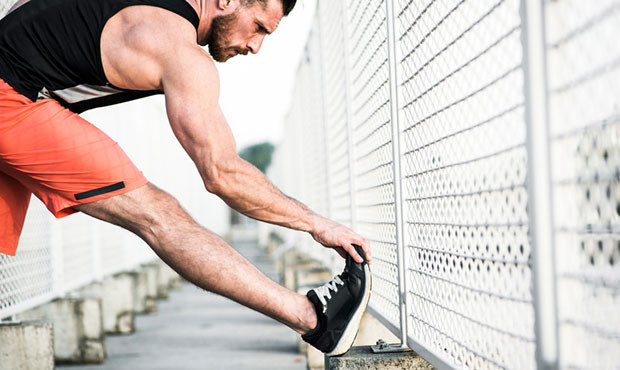
What causes it: "It's a grinding injury," Ferber says. There's cartilage under your kneecap and also along your thigh bone, and a layer of fluid in between the two works as cushioning, Ferber explains. He says to think of the kneecap as a train, and the thigh bone (femur) as the train track. When the hips are weak, the thigh bone loses its stability and moves underneath the kneecap. "The railroad track starts moving. Those pieces of cartilage start to rub together, and that’s what causes the pain," Ferber explains.
How to treat it: This is something most runners can deal with and will attempt to run through, Dr. Gallucci says. But (surprise!) that's not a good idea. "If not properly managed, patellofemoral syndrome can progress into a more severe injury that could require surgical intervention, such as a fissuring or fracturing of the patella," he says.
Initially, you should stop running and try to limit inflammation—taking anti-inflammatory medications such as ibuprofen can help.
How to prevent it: After you’re pain-free, work on strengthening your hips, says Ferber, who coauthored a study on the benefits of treating runner's knee with hip and core exercises. In the study, people with knee pain who completed six weeks of core and hip strength training reported an earlier resolution of pain and gained more strength than those who performed knee-focused rehab.
Plantar fasciitis
What it is: Plantar fasciitis causes a stabbing pain on the bottom of the foot near the heel. "It's usually a little bit stiff at the beginning of a run, and then the pain goes away. Then it's a little stiff when you finish," says Ferber. "But it hurts first thing in the morning. That first step out of bed is excruciating at the heel. It can take 15 to 30 steps to get it warmed up and to go away, and then you kind of forget about it."
What causes it: The plantar fascia is a thick band of connective tissue that runs along the sole of the foot from the toes to the heel. Its job is to support your arch, Ferber says. "It gets stretched every time the foot comes down, and runs back out as the foot pronates," he explains. It's designed to be thick enough to withstand these forces, but too much repeated tension on the fascia can cause irritation and inflammation.
Since the fascia is connected to so many parts of your foot and leg, there are many things that can contribute to plantar fasciitis. Poor running mechanics, flat feet, weakness of the hips, weakness of the core, poor control of pelvic positioning, and nerve irritation in the lower back can all contribute to this inflammation and pain, Dr. Licameli says. Tight calf muscles or even inflexible toes can strain this connective tissue, too, adds Ferber.
How to treat it: "We say to stretch and do heel raises to make sure the muscles crossing underneath the foot are good and strong. That takes the load off the plantar fascia," Ferber says. "Plus, a good arch support (just an over-the-counter orthotic) will take some stress off." Dr. Licameli also suggests strengthening your hips and core.
How to prevent it: Strengthening exercises are helpful for prevention, too. "And always warm up properly," Dr. Licameli says.
Achilles tendinitis
What it is: This type of tendon injury causes inflammation and pain in your Achilles tendon (along the back of your heel), especially when walking, running, raising up on your toes, and stretching your calf muscles, Dr. Licameli says. It's an aching, dull pain, usually right where the muscle transitions to tendon, Ferber says.
The pain can also be deeper in the thickest part of your tendon, which is more common as you age. “You lose blood supply in the mid part of the Achilles tendon and it becomes brittle. It starts happening in about your 40s," Ferber explains.
What causes it: Any weakness or tightness in the calves, glutes, or hamstrings can affect the Achilles tendon. We use our calf muscles and glutes to propel us forward, and if they're not their jobs, smaller things like tendons have to take over, which can end up causing a lot of strain. Dr. Licameli adds that having weak hips or core or flat feet can all impact how much strain is on the Achilles tendon.
It also tends to be more common when people increase their activity suddenly, whether it’s running more miles or increasing speed.
How to treat it: You may need to rest from high-impact activity until the pain resolves. Icing the affected area can also help you feel better. But again, strengthening and stretching the muscles at play is key here. Often it's the hips or calves that need to be strengthened, but issues with the feet are core are common too.
How to prevent it: Continue stretching and strengthening those muscles. Since there can be so many different causes, you need to figure out the main one in order to properly treat it—that's why it's so important to see a professional to help you get to the bottom of it, Ferber says.
While many people new to running might think the dreaded stress fracture is an injury reserved for more experienced—and higher mileage—runners, it can actually hit beginners too, says Dr. Vasudevan. Stress fractures are more likely to occur when there is a change to a running routine, such as more miles, a different terrain, or a higher intensity, he says. That means a beginner who is just getting started, and ramps up too soon, can be at risk.
Strengthening can help improve your biomechanics when running, says Dr. Vasudevan. You’ll also want to make sure you’re not increasing mileage too rapidly or suddenly changing your running terrain. Fueling your activity properly is important too.
(04/15/2021) ⚡AMPby Amy Marturana Winderl, C.P.T.
South African Caster Semenya won 5,000m race, falls short of Tokyo qualifying time
Double Olympic 800 meters champion Caster Semenya moved closer to qualifying for the 2020 Tokyo Games in a new event after defending her South African championships 5,000m title in Pretoria Thursday.
Semenya trimmed nearly 15 seconds off her personal best by crossing the line in 15 minutes 52.28 sec - 42.28 sec outside the Tokyo qualifying time of 15:10.
The race was staged at an altitude of 1,339 m (4,393 feet) and Semenya is considering running the same distance at sea level, where the air is less thin and times generally faster.
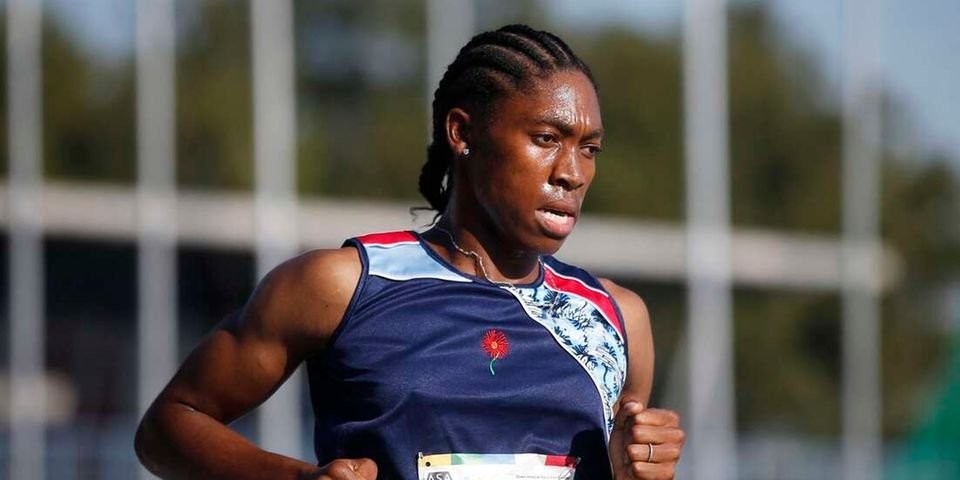
"If the guys in Durban (sea-level city) do something in May, I might run," Semenya said after her victory.
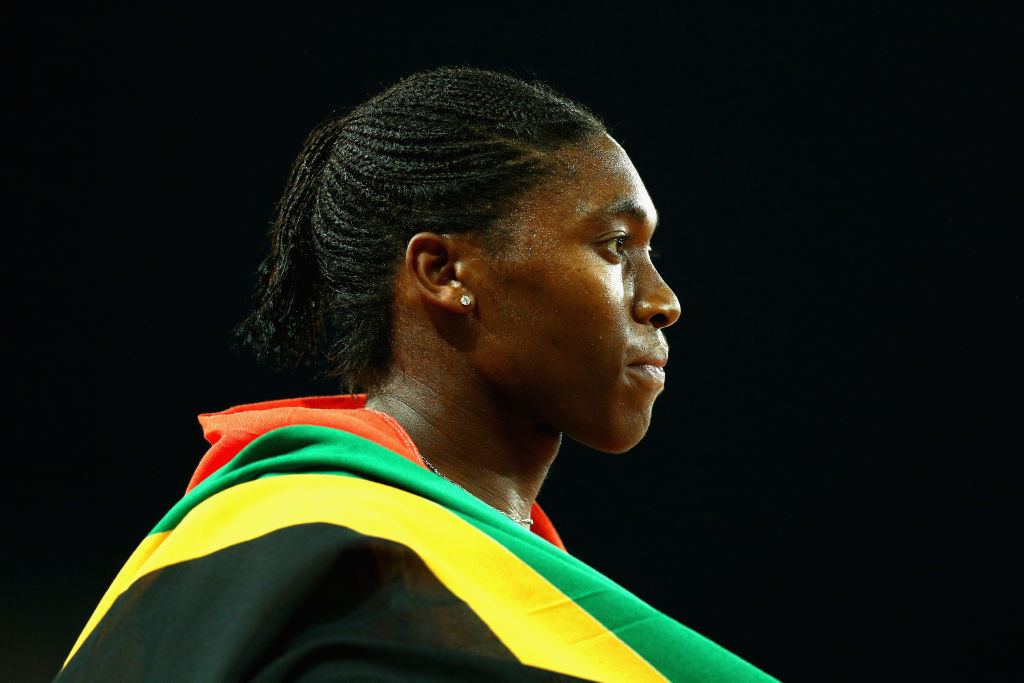
The qualifying deadline for Tokyo is June 29 with the Games scheduled from July 23 to August 8.
Semenya cannot defend the 800m title in Japan as she refuses to abide by World Athletics' testosterone-reducing regulations covering distances from 400m to the mile.
The South African is among a minority of female athletes who have an unusually high level of testosterone, which gives them added strength.
Two legal bids by the South African to overturn the ban have failed and she has taken her fight to the European Court of Human Rights, who have not indicated when the case will be heard.
"I am pretty happy with how I ran (today) - it is all about having fun. I can't really focus on Tokyo if I'm still building up myself at the moment."
The 30-year-old winner of the London and Rio 800m Olympic gold medals turned the tables on her training partner Glenrose Xaba, who clocked 15:55.25 and had beaten Semenya comfortably in a regional meet two weeks ago.
Last year, Semenya announced she would pursue Olympics 200m qualification.
But the three-time 800m world champion has changed her mind, believing distance races will lengthen her career.
"I am 30 years old and if I were to do sprints it would be a risk to my muscles. In distance (running), there is more time to find consistency," said the three-time world 800m champion.
(04/15/2021) ⚡AMPWorld marathon record holder Eliud Kipchoge travels to Netherlands for NN Marathon
World marathon record holder Eliud Kipchoge will compete in the NN Mission Marathon in Dutch city of Enschede on Sunday.
“NN Mission Marathon will go ahead as planned on April 18 and will be moved from Hamburg to Enschede, The Netherlands, on the specially designed course on Twente Airport which will be closed for general audience,” race organisers said yesterday in a statement.
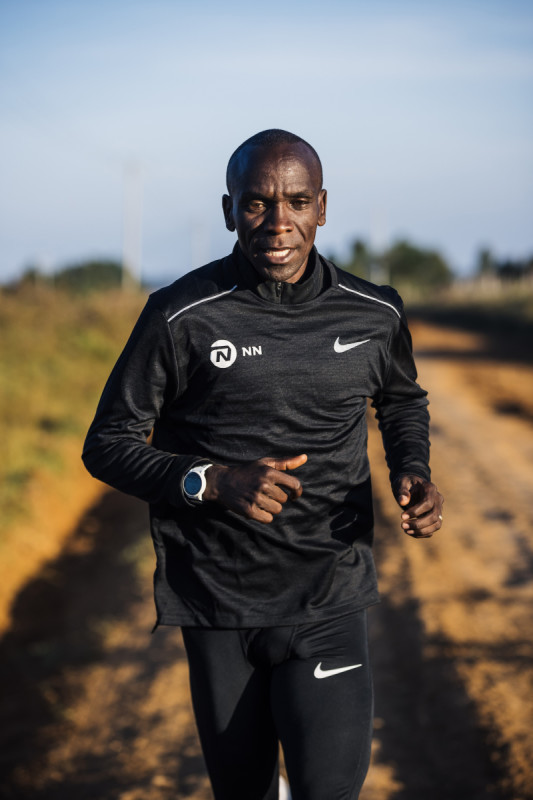
The race which was initially planned for April 11, was pushed forward by a week due to Covid-19 restrictions in Hamburg.
And on Tuesday, Kenyan competitors started their journey to Nairobi from Eldoret, Uasin Gishu County via road due to Covid-19 restrictions which have forced suspension of local flights. In Nairobi, the athletes boarded the KLM Airlines flight and were expected in Enschede at 7.00am.
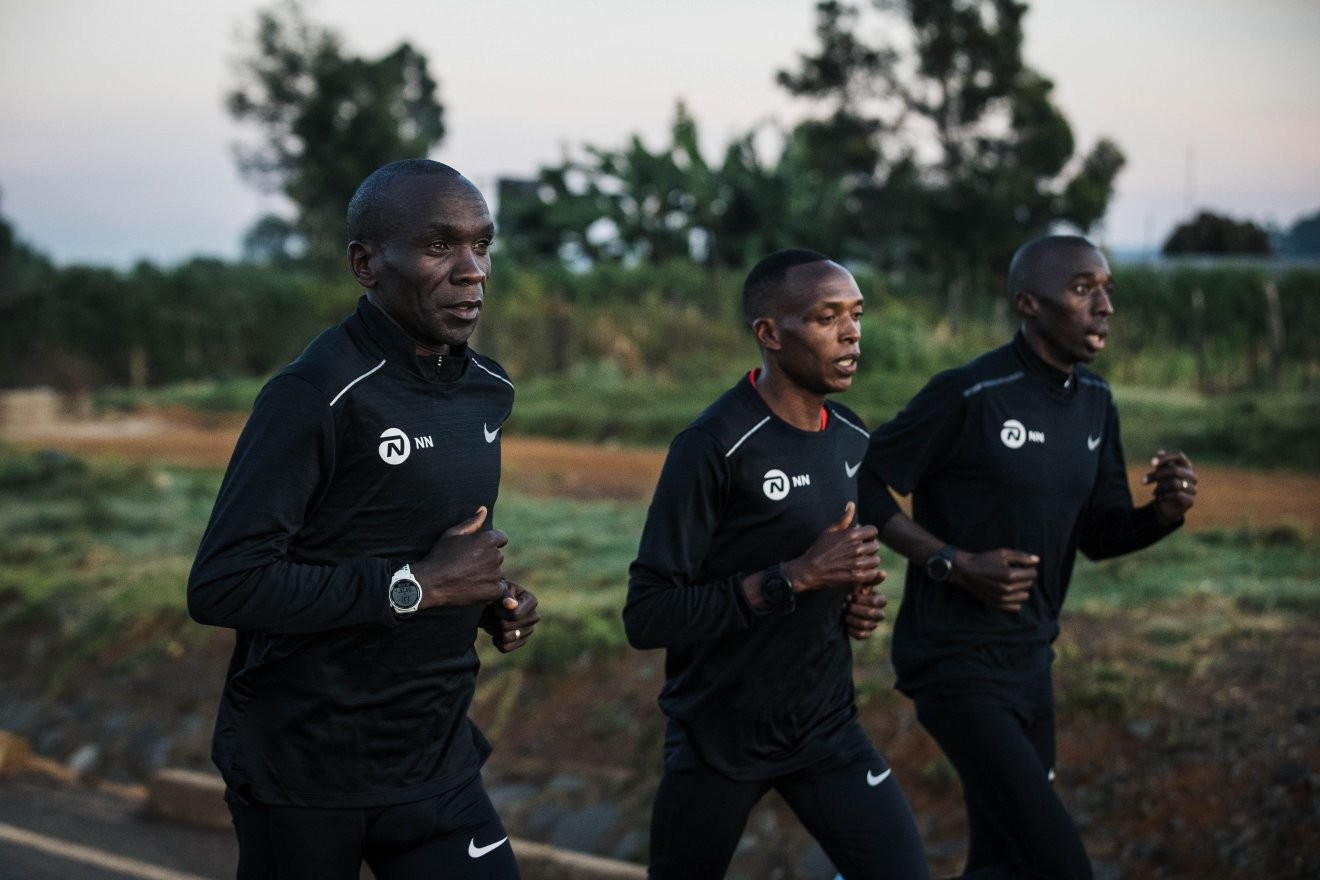
Another group of pacemakers will leave Kenya on Thursday for Enschede.
Kipchoge will be joined by up to 70 elite athletes who are seeking to qualify for the 2020 Olympics Games. The notable athletes include 2012 Olympics Games marathon champion Stephen Kiprotich from Uganda, his training mates Laban Korir and Jonathan Korir, Uganda’s Filex Chemonges, and Ethiopia’s Tadese Abraham.
Kiprotich, who used to train with Kipchoge at the Global Sports Communication camp in Kaptagat but has since changed his training to Kapchorua in Uganda, said his focus is to qualify for the Tokyo Olympic Games.
“The virus has really demoralised many athletes because even if they train, where are they going to compete? I have trained well and my focus now is to qualify for the Olympics Games and join my compatriot Fred Musoba who has already qualified,” revealed Kiprotich.
(04/14/2021) ⚡AMPby Bernard Rotich
NN Mission Marathon
Eliud Kipchoge will bid to resume winning ways in his last race before the Tokyo games with around 70 runners looking to make the Olympic qualification standard on April 18th in Twente.After suffering a rare marathon defeat in London last October, reigning Olympic champion Eliud Kipchoge makes his return at the NN Mission Marathon in 2021. It is set to...
more...

